Author: admin
-
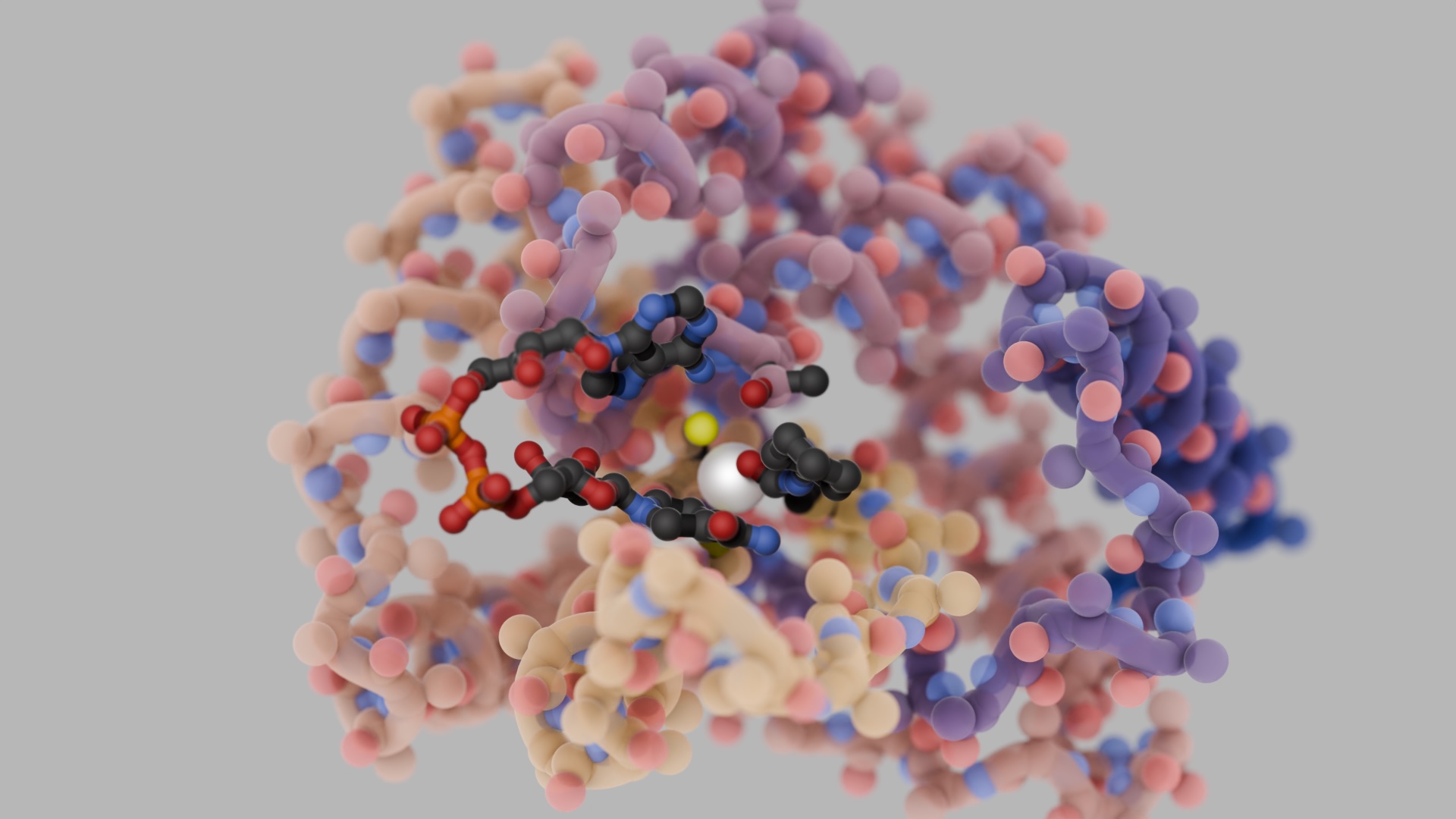
Introducing RFdiffusion2
A new deep-learning model developed by scientists at the IPD and MIT is redefining what’s possible in enzyme design.
-
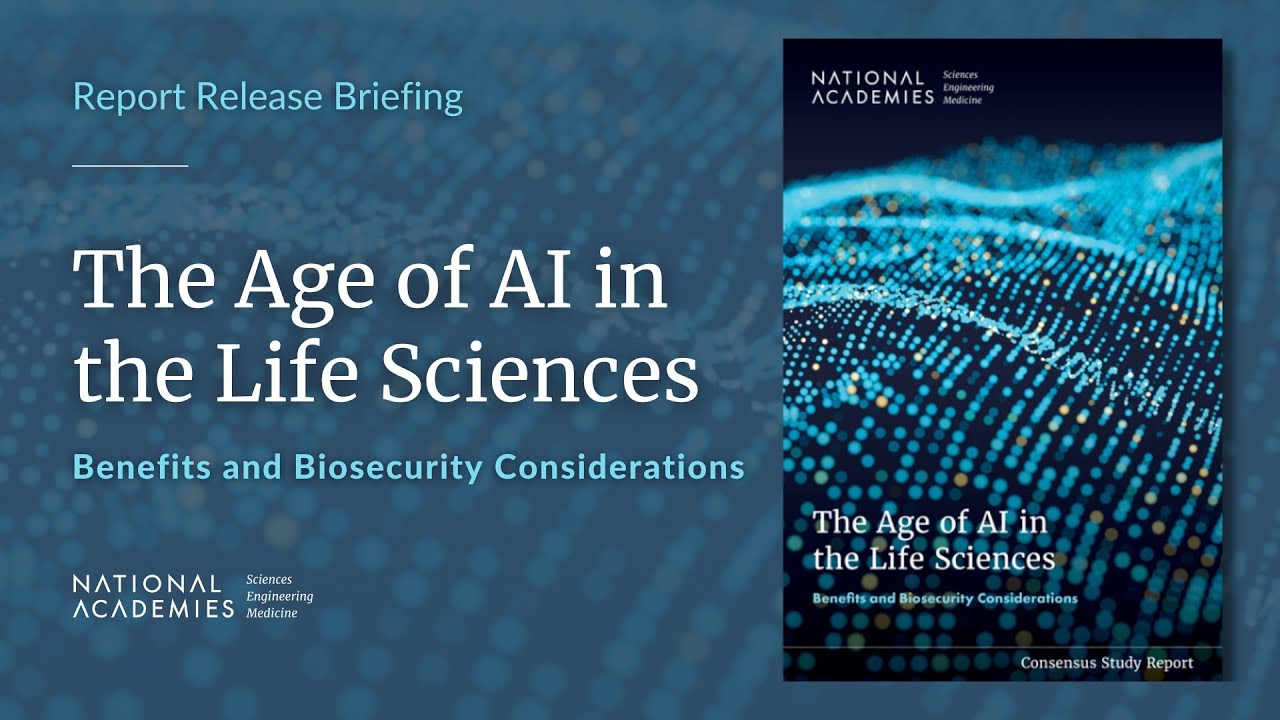
NASEM Releases Consensus Report on Biosecurity and AI
By understanding the opportunities and risks of AI advances, we can collectively advance science in ways that improve the health of all people.
-
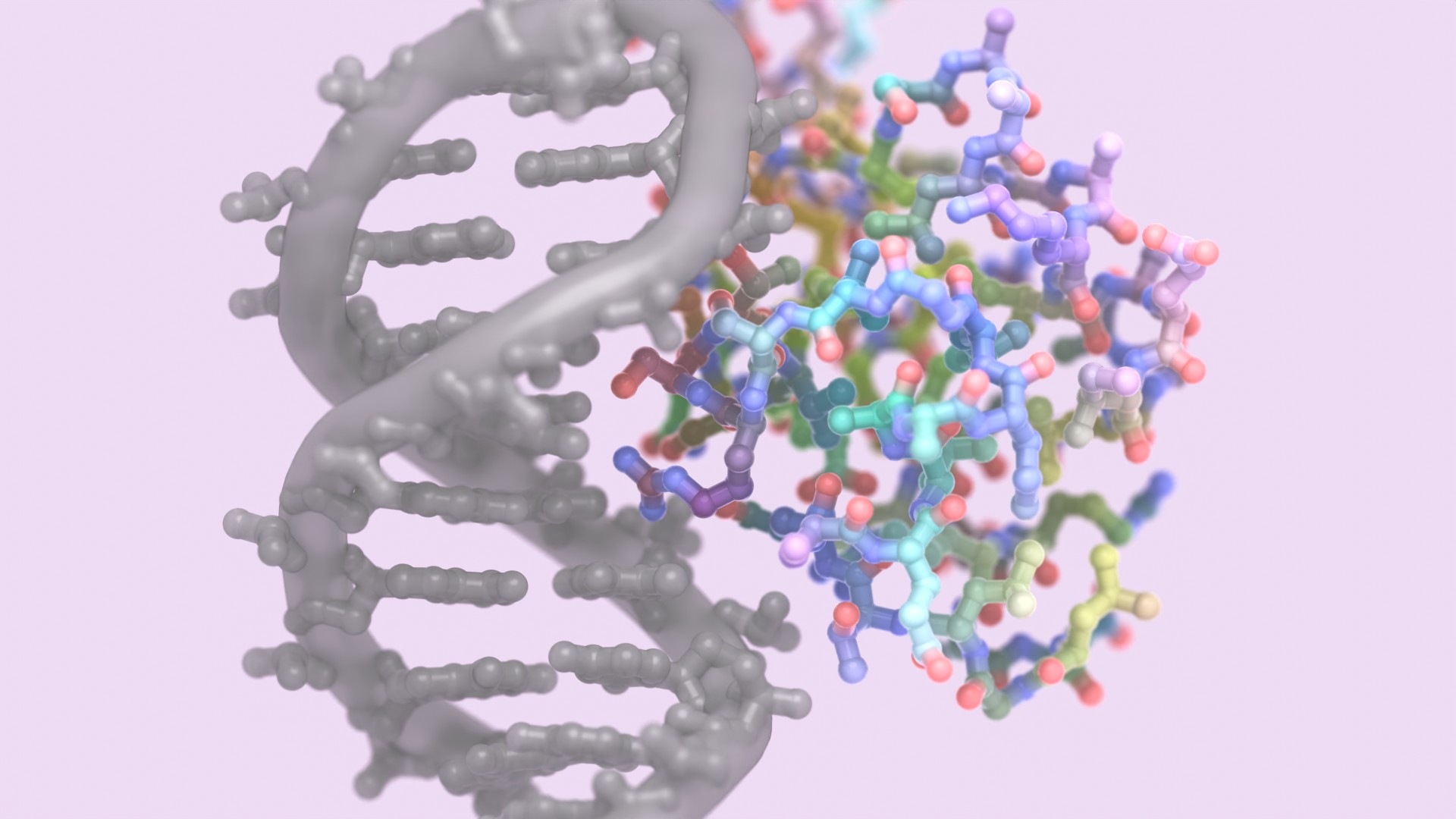
Introducing LigandMPNN
ProteinMPNN revolutionized protein sequence design. LigandMPNN opens the door to programming protein–ligand interfaces of all kinds.
-
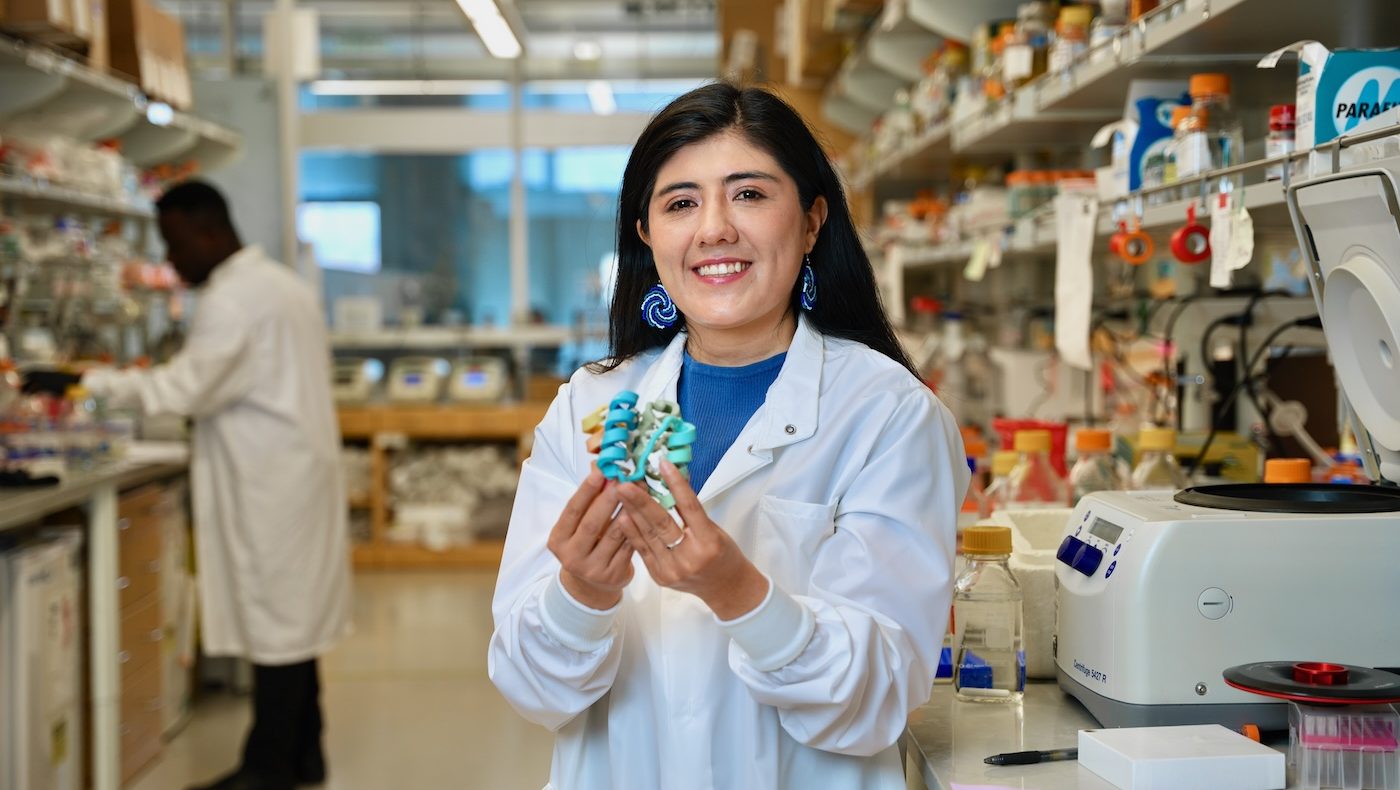
Neutralizing deadly snake toxins
New AI-generated proteins that protect animals in the lab promise safer, more accessible antivenoms.
-
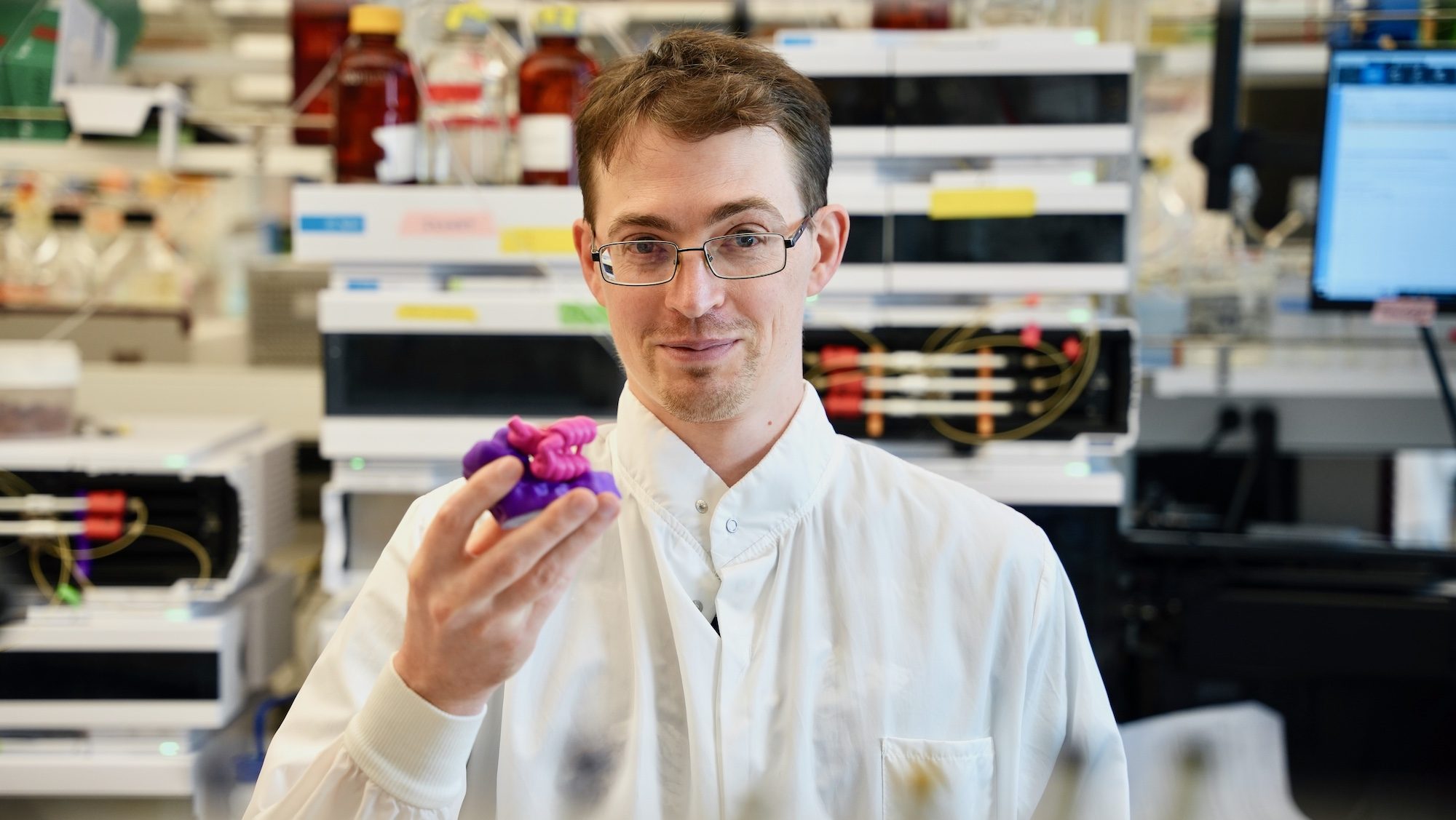
Derrick Hicks wins additional WRF translational funding
Funding will enable further development of Hicks’ minibinder conjugates as an improved option for radiotherapy cancer treatments.
-
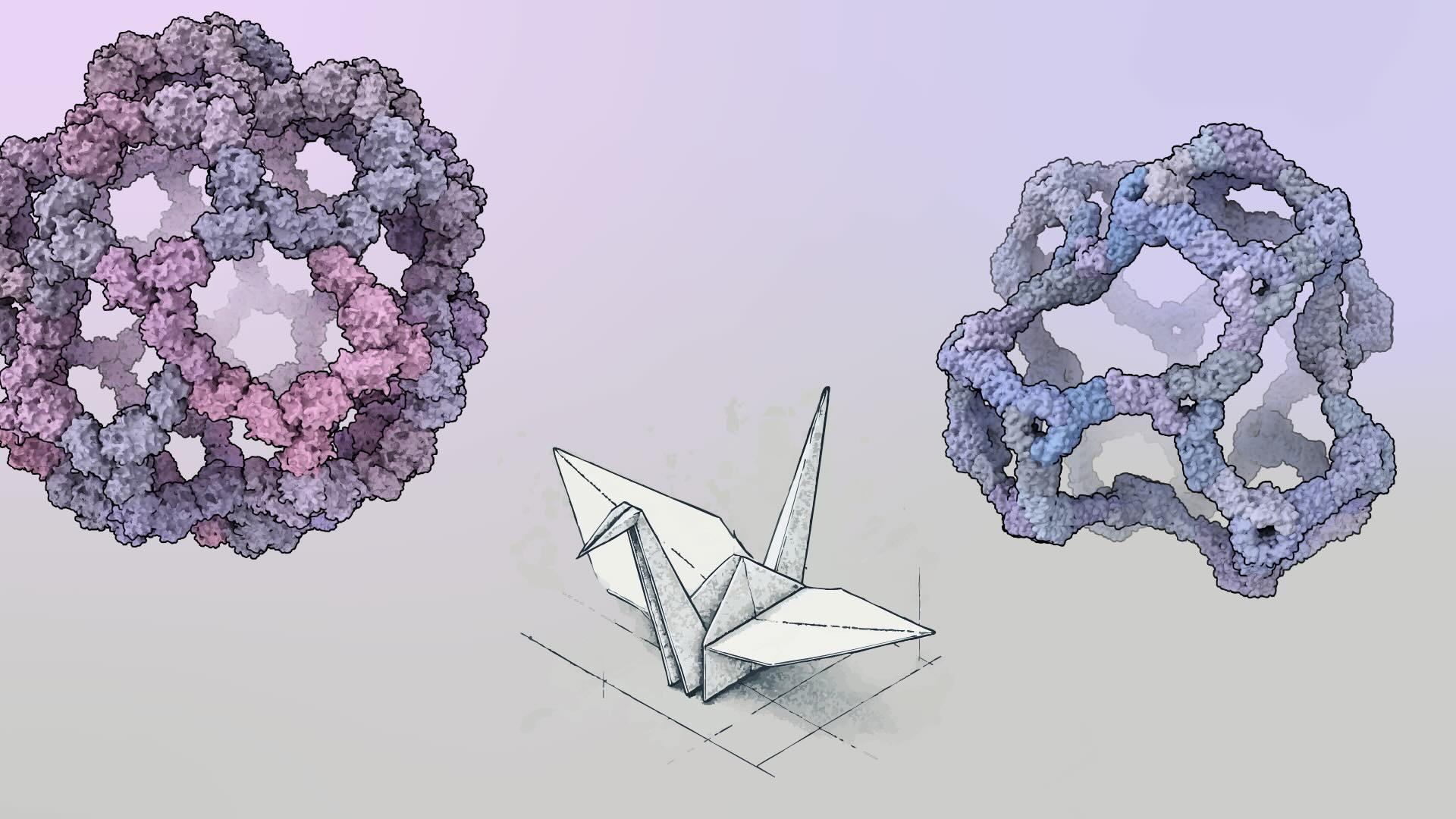
Building bigger nanocages with less symmetry
New protein assemblies with hundreds of subunits dwarf common viral capsids.
-
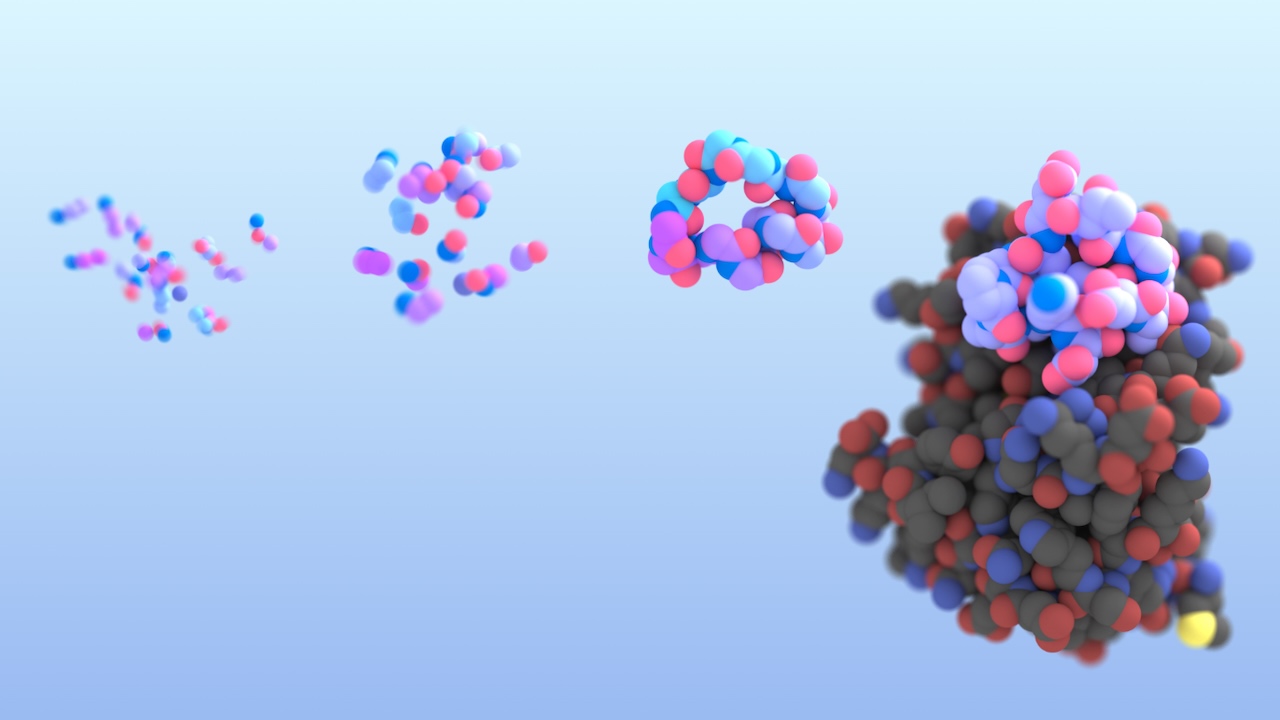
Introducing RFpeptides
Generative AI based on RFdiffusion designs cyclic peptides with atomic accuracy.
-

Webinar: Protein Design Then & Now (1988-2024)
Computational protein design, once considered impossible, has blossomed into a transformative research field with implications for medicine, sustainability, and beyond. In a recent webinar hosted by David Baker, three pioneers in the field—Bill DeGrado, Steve Mayo, and Brian Kuhlman—shared their insights on the origins, evolution, and future of protein design.
-

David Baker wins Nobel Prize for protein design
“Baker has learned how to master life’s building blocks and create entirely new proteins.”
-
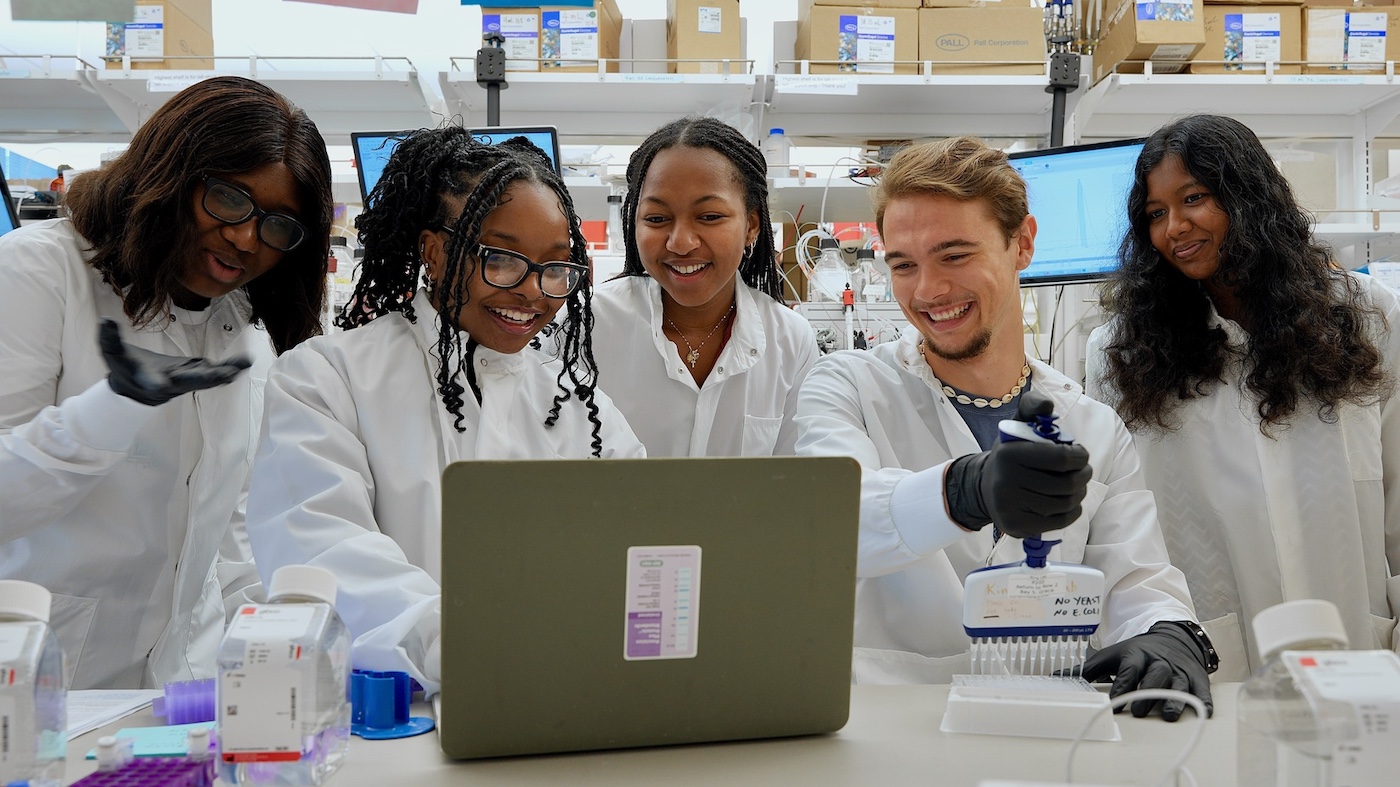
Summer undergraduate researchers design proteins at the IPD
“This is a place where a coffee chat can teach you more than a dozen papers.”
-
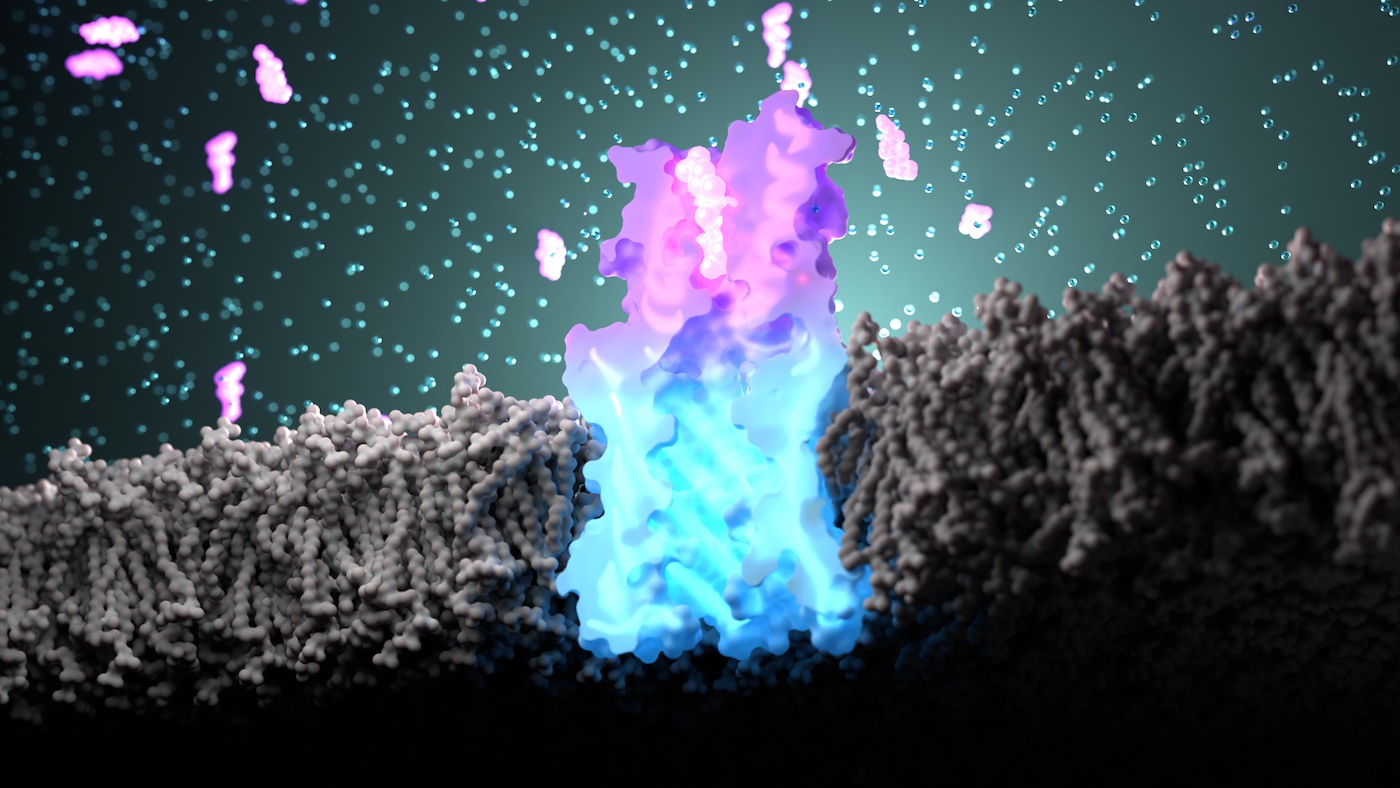
Designing synthetic smell receptors
“When we started with this idea a few years ago, many people thought it was impossible.”
-
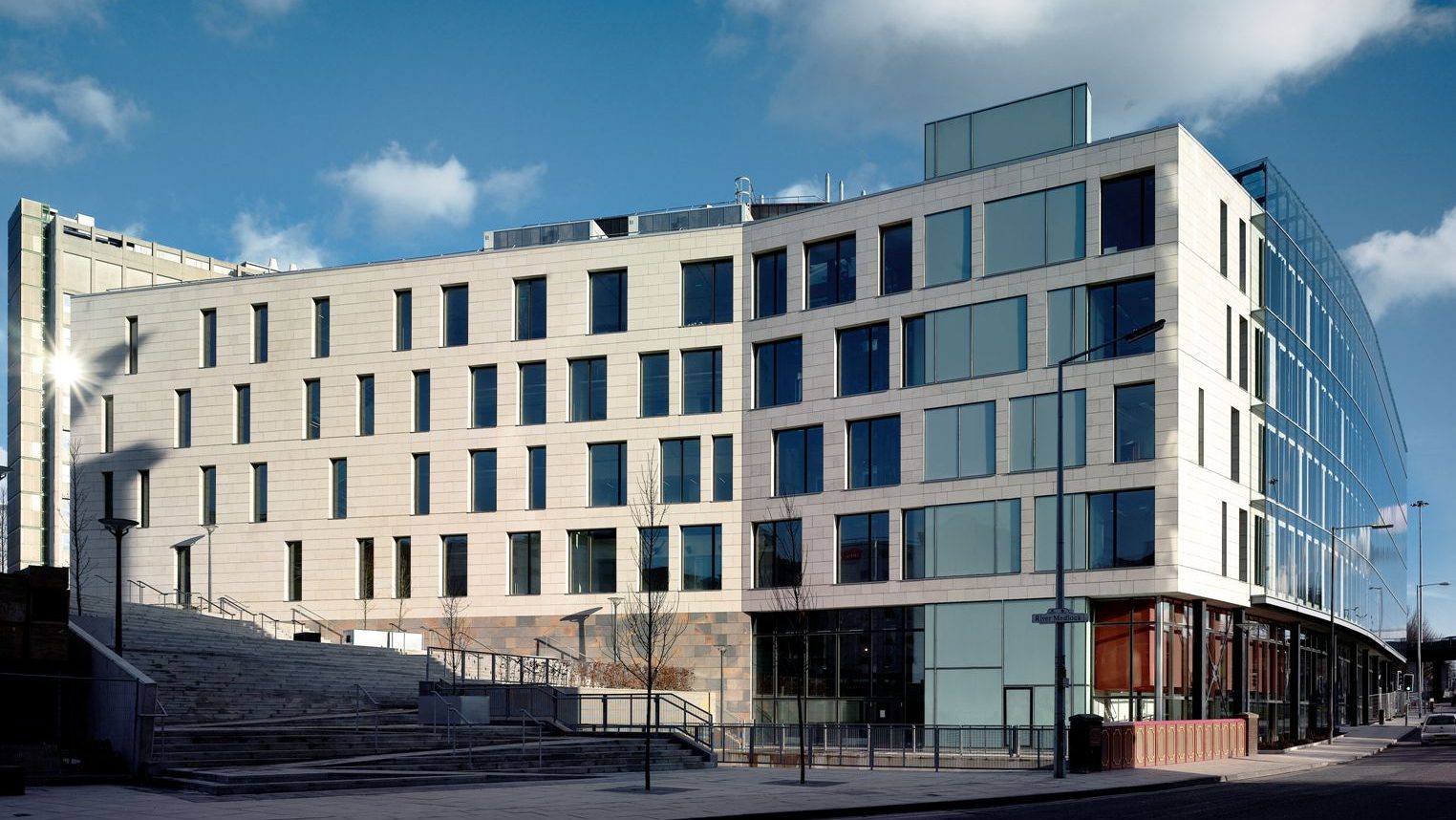
Introducing the International Center for Enzyme Design
We’ve partnered with the Manchester Institute of Biotechnology to transform the landscape of enzyme design.
-

IPD scientists will pilot new National AI Research Resource
NAIRR aims to democratize advanced AI research by providing academics with large-scale computing resources.
-

TIME names David Baker among 100 Most Influential People in health
The list recognizes the people pioneering the world’s most impactful health innovations. TIME writes about Baker’s AI breakthroughs and scientific leadership.
-

Undergrads Abby Burtner and Sneha Subramanian are in the Husky 100
Two of our undergraduate researchers — Abby and Sneha — have been recognized by the University of Washington as leaders and innovators. The Husky 100 includes undergraduate, graduate, and professional students who have founded startups, created artwork, served as mentors, conducted research, and advocated for social justice. In honor of their many contributions, each is eligible…
-

Lynda Stuart on open science and biotech hubs
“The Pacific Northwest has the compute, it has the biotech, but it also has a kind of culture of collaboration and sharing that is not present in certain other parts of the country.”
-
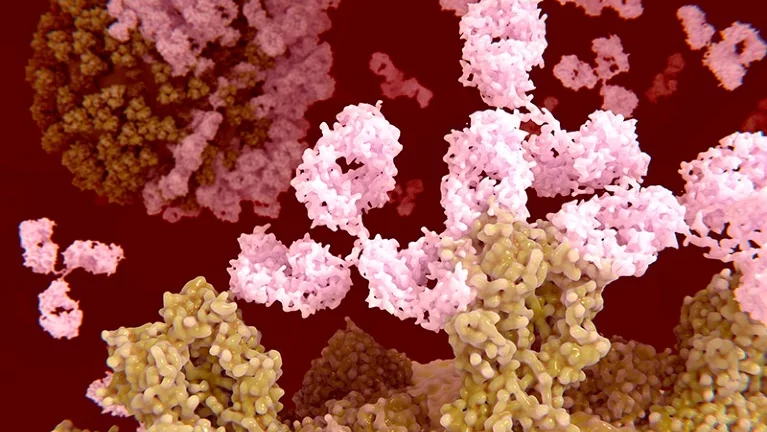
Nature: “‘A landmark moment’: scientists use AI to design antibodies from scratch”
In a proof-of-concept study, we show that RFdiffusion can be tuned to generate antibodies that bind influenza and other targets.
-
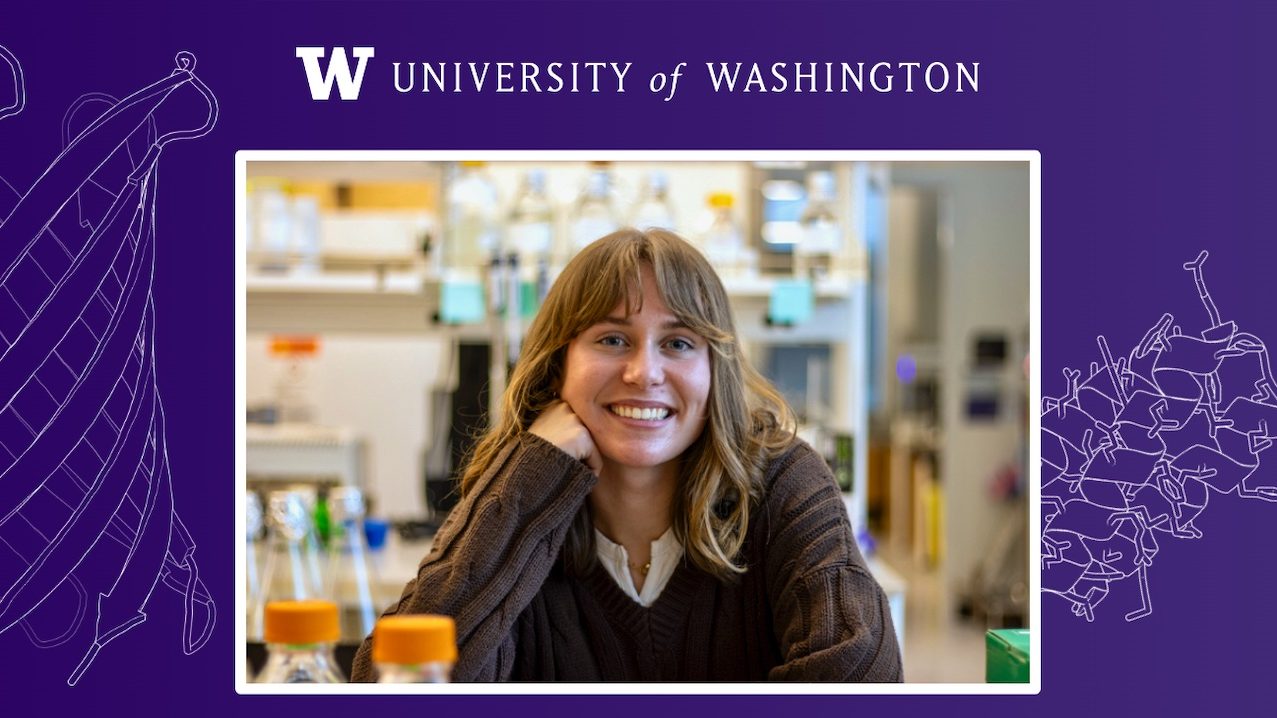
Undergraduate researcher Abigail Burtner receives Churchill Scholarship
Among the most prestigious of all undergraduate honors, the award will cover the full cost of a Master’s degree in pathology at the University of Cambridge.
-

David Baker on AI, open science, and building biotech startups
Our director recently share his thoughts on the impact of AI on life science startups. He spoke with Jenny Cronin, principal at the AI2 Incubator.
-

Our commitment to responsible AI development
To maximize the benefits and minimizing risks of AI for protein design, IPD director David Baker and scores of other senior scientists across 20 countries have signed a community agreement with ten actionable commitments and invited others in the field to join them. The Institute for Protein Design is playing a key role in an…
-
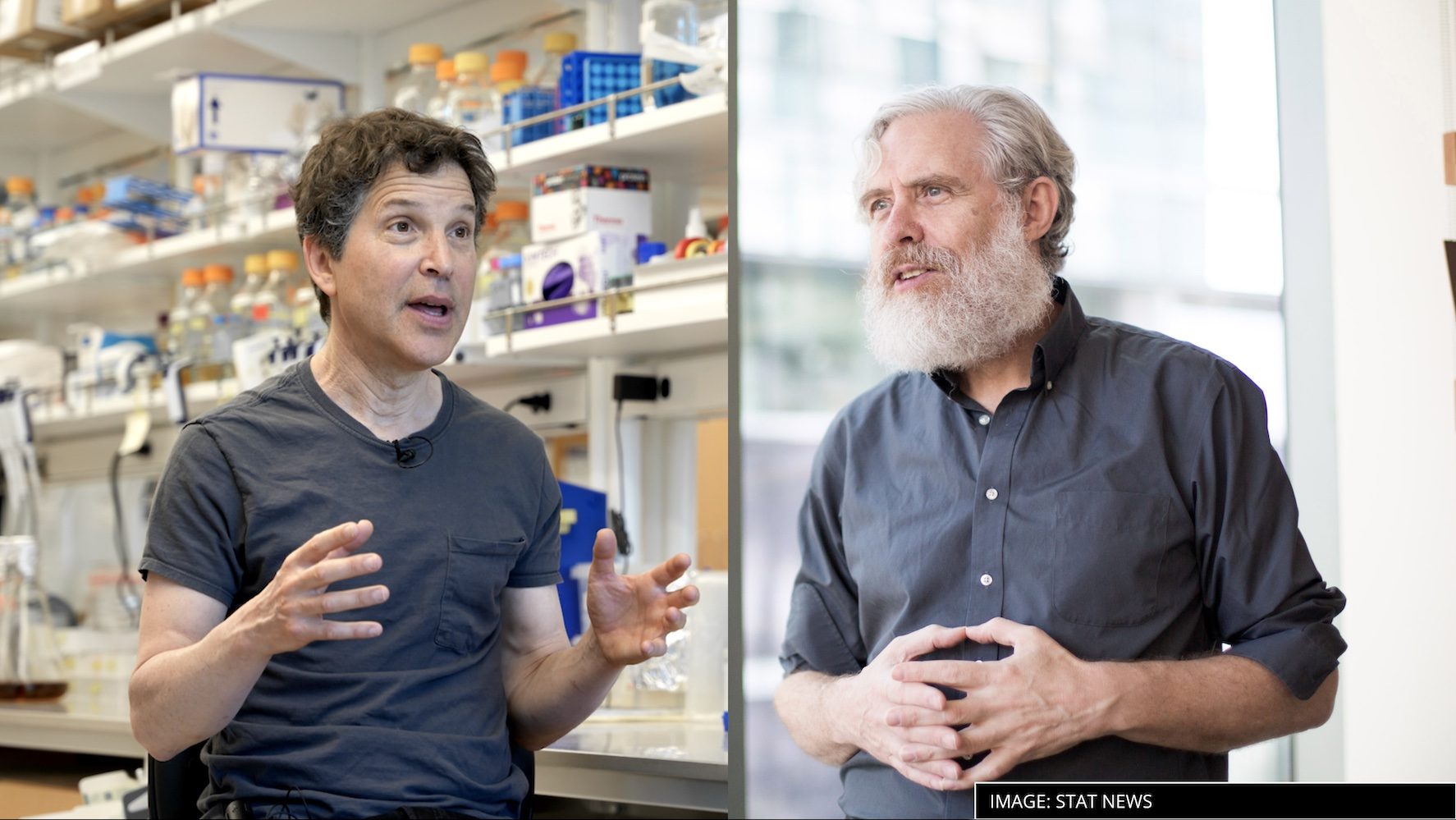
David Baker and George Church call for enhanced controls on DNA synthesis
To maintain biosecurity in the age of AI, all synthesized DNA sequences should be screened and logged, according to two leading scientists. Such records could be decrypted and scrutinized in the event of a novel biological threat, a practice that may help deter the misuse of biodesign software. David Baker and George Church — two…
-

Nature: “Seven technologies to watch in 2024”
AI-enabled protein design is a technology area you’ll want to keep an eye on, according to Nature. With massive training datasets and ever more sophisticated deep-learning approaches, tools like our own RFdiffusion All-Atom are opening the door to custom enzymes, advanced biomaterials, and more. From Nature: Deep learning for protein design Two decades ago, David…
-
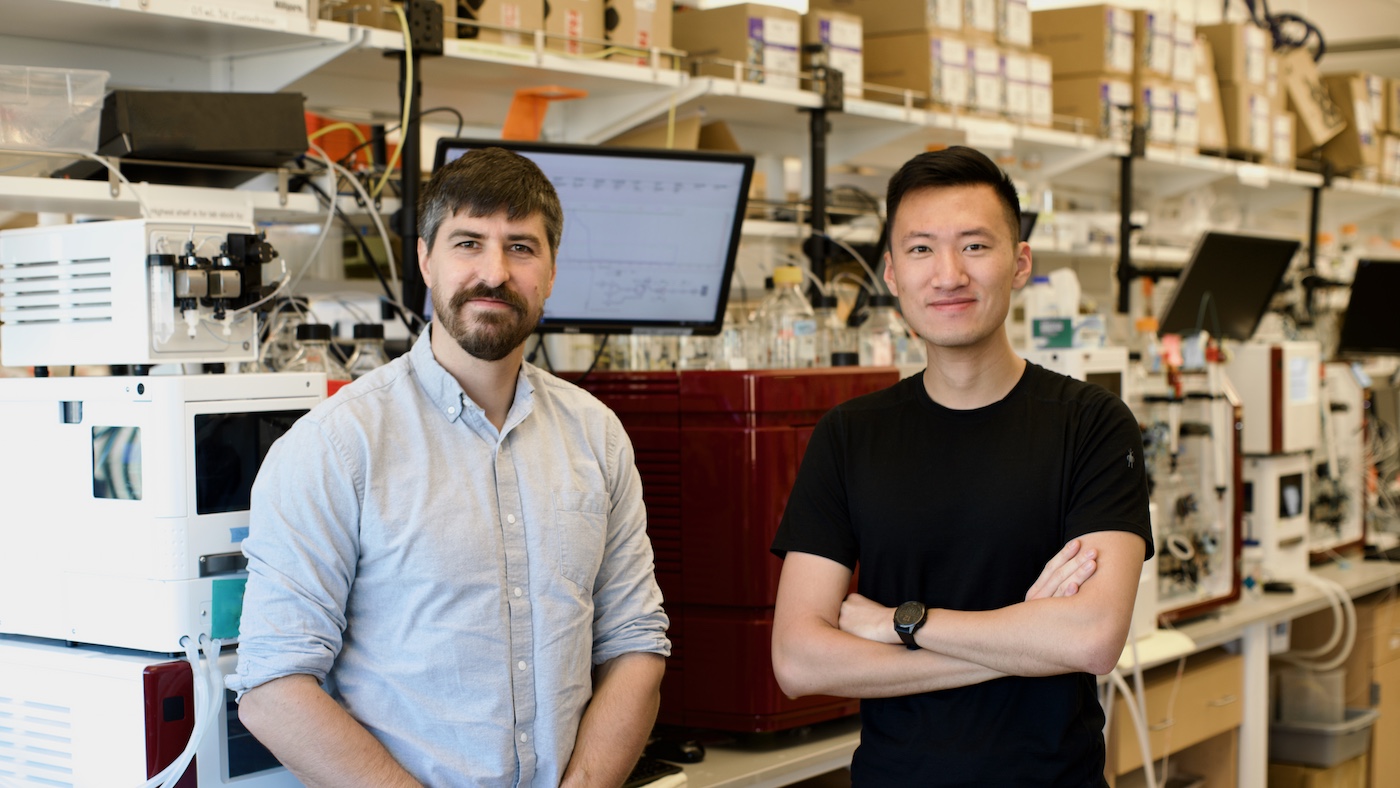
Nanopore designers receive first commercialization grant
With support from the Washington Research Foundation, this project aims to create custom protein nanopores that can be integrated into semiconductor devices, unlocking the first direct interface between biology and electronics for multi-omics applications.
-
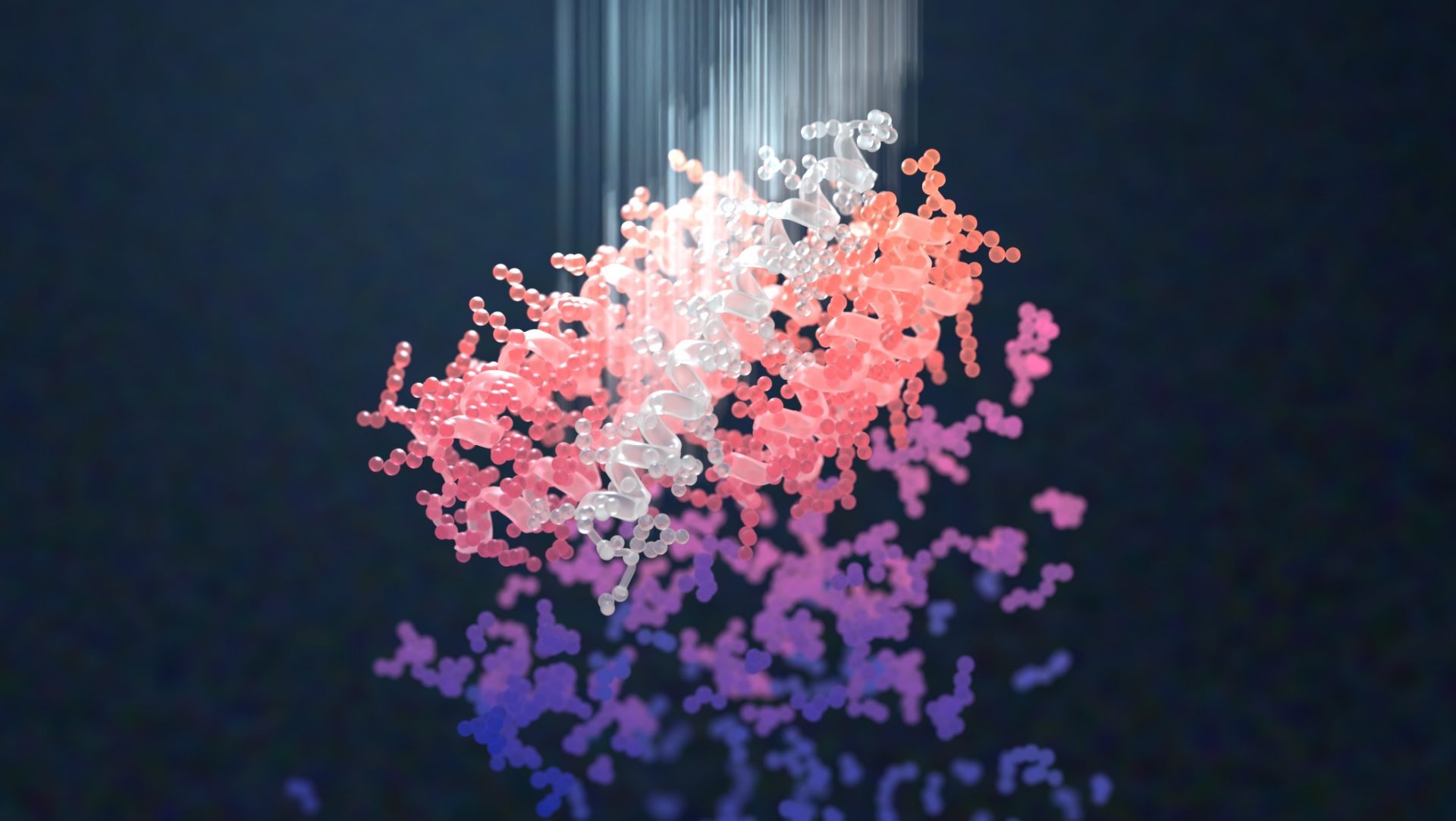
AI generates proteins with exceptional binding strengths
This advance could allow scientists to create cheaper alternatives to antibodies for disease detection and treatment. This week we report in Nature an AI-enabled advance in biotechnology with implications for drug development, disease detection, and environmental monitoring. Using a combination of traditional and deep learning based molecular design approaches, we’ve created proteins that bind with…
-

A new path to carbon storage
Our research shows that custom proteins can drive the growth of limestone-like minerals, a breakthrough that may one day help remove excess carbon from the environment.
-

AstraZeneca to buy Icosavax for $1.1B
Today we learned that Icosavax, a Seattle-based vaccine design company born from innovative research conducted here at the Institute for Protein Design, will be acquired by AstraZeneca in a deal worth up to $1.1 billion. “This is a significant moment for the UW School of Medicine, showcasing how fundamental research can lead to groundbreaking technologies…
-
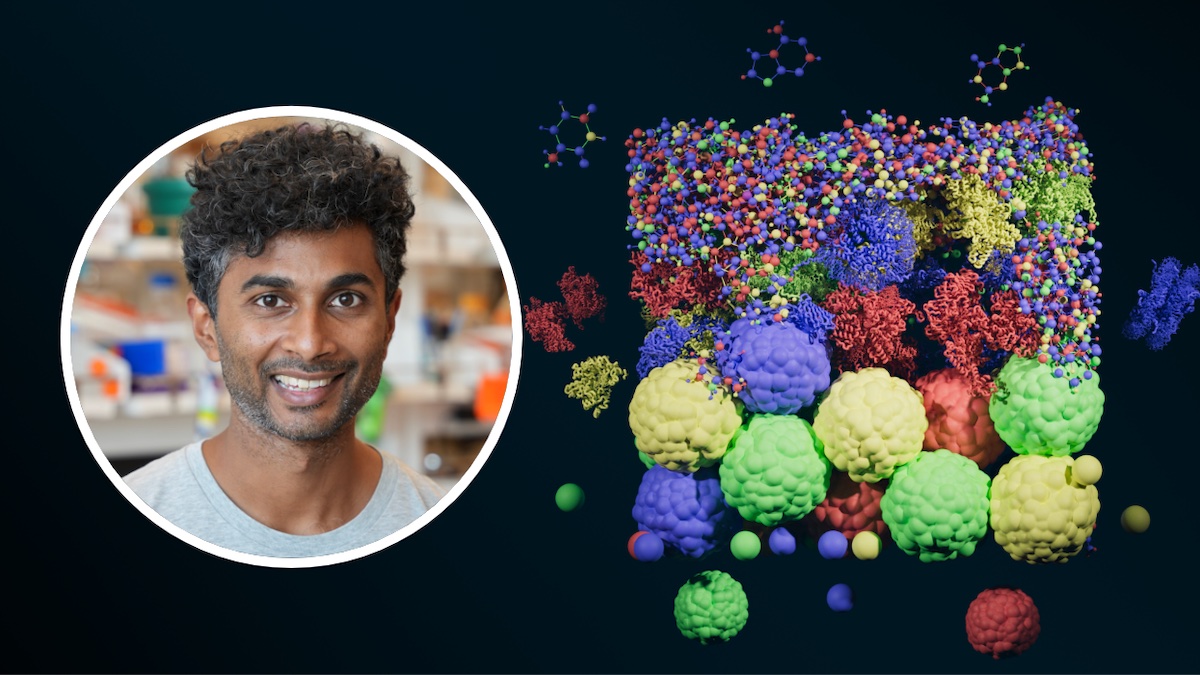
Introducing the Srivatsan Lab
We’re excited to announce a new partnership: the Srivatsan Lab has been named an Affiliate Lab of the Institute for Protein Design. This new lab is at the forefront of leveraging protein design and molecular sequencing to uncover the intricate dance between cells and the genes that guide their function. Under the leadership of Sanjay…
-

Lynda Stuart Joins CEPI’s Scientific Advisory Committee
We are proud to announce that our Executive Director, Lynda Stuart, MD, PhD, has been appointed to the Scientific Advisory Committee (SAC) of the Coalition for Epidemic Preparedness Innovations (CEPI). CEPI, a key player in global health initiatives, has expanded its SAC with nine new experts, including Dr. Stuart, to steer its innovative endeavors in…
-
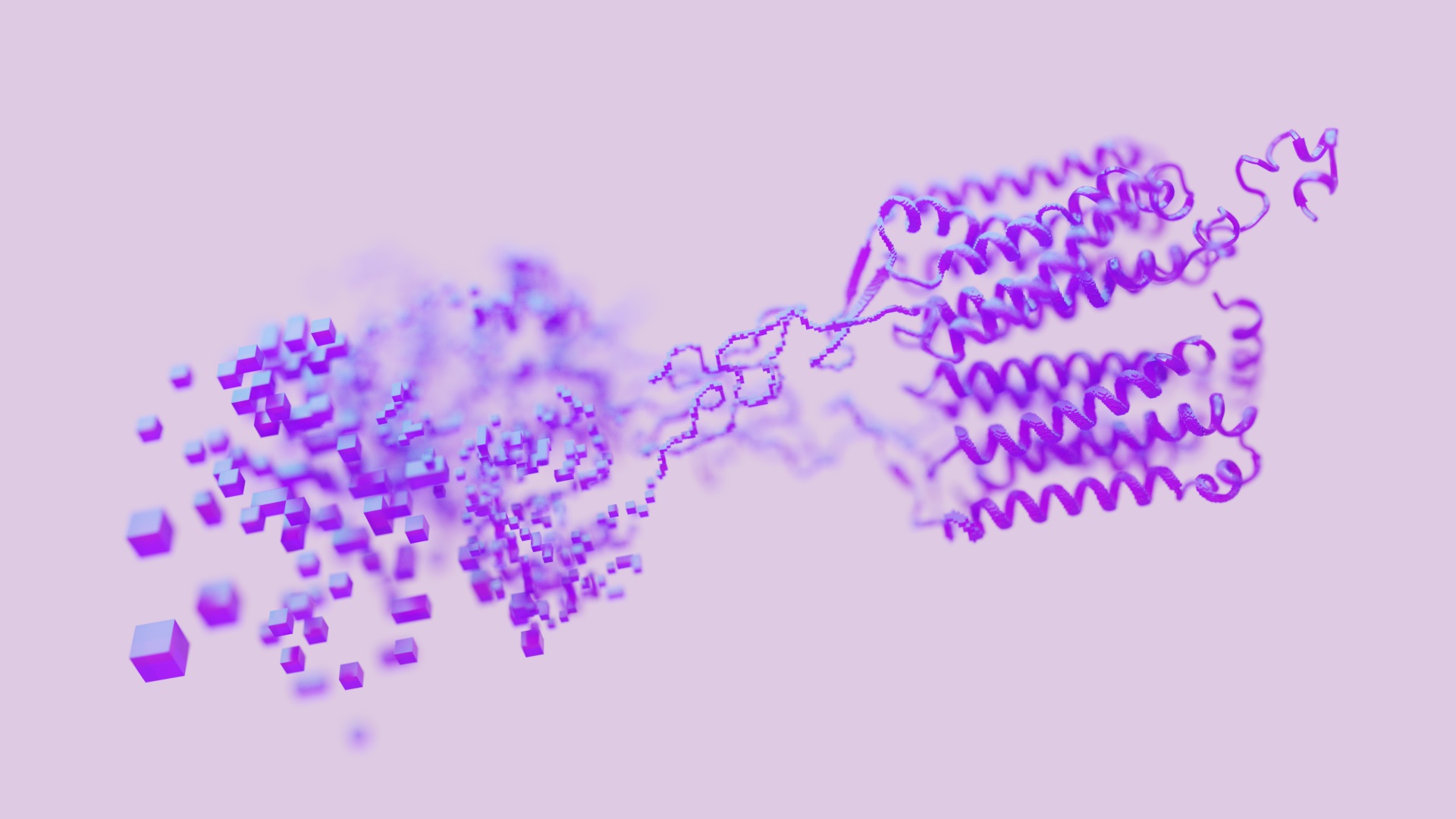
Results from our summit on responsible AI
Convened on October 25, the meeting explored how to responsibly develop software for creating new proteins. The event included leading academics from around the world and representatives from several industry, philanthropic, and government organizations.
-
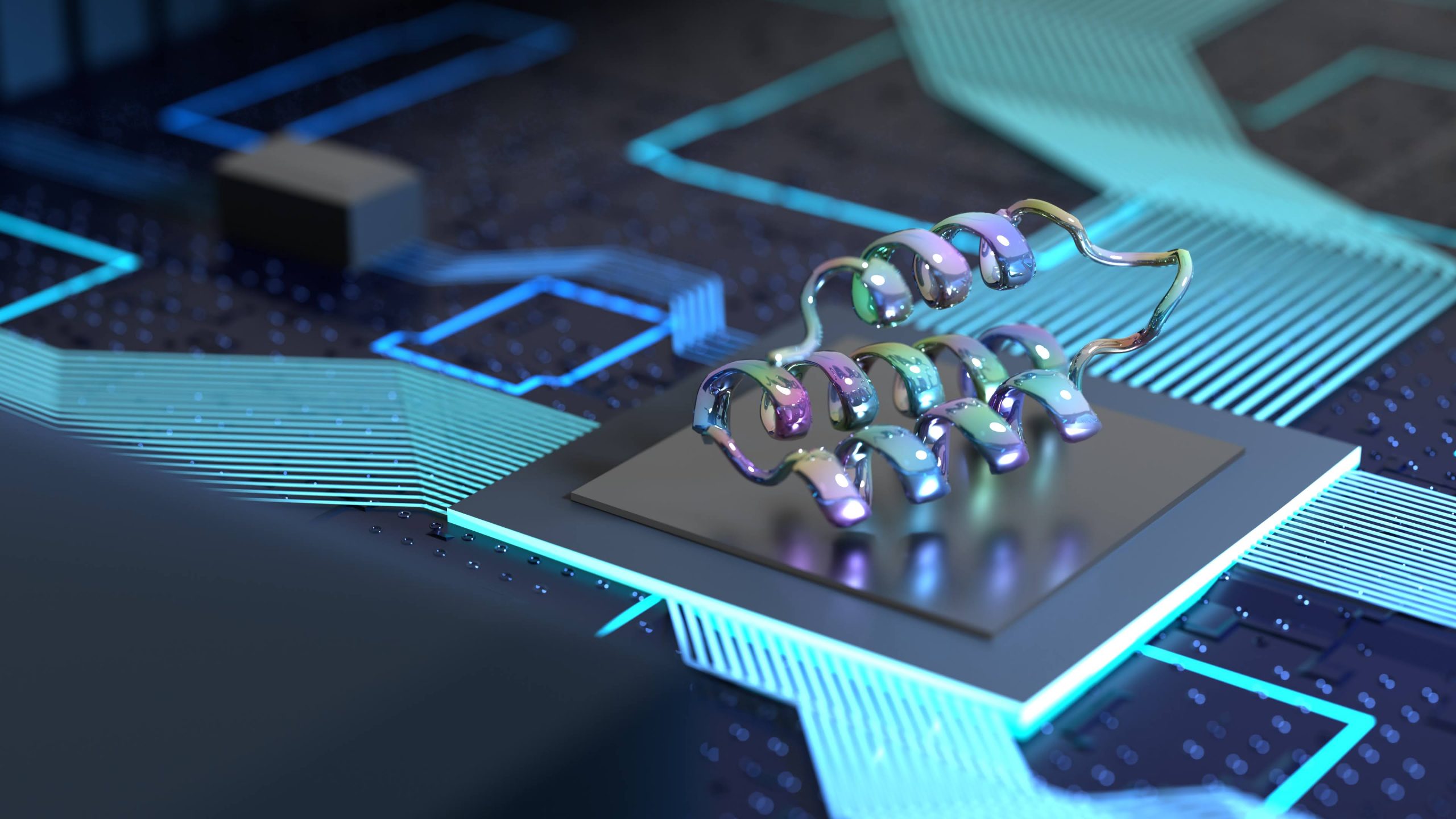
Introducing All-Atom versions of RoseTTAFold and RFdiffusion
Recent deep-learning breakthroughs allow us to look beyond just amino acids, expanding the types of proteins that can be modeled and designed using RoseTTAFold and RFdiffusion.
-
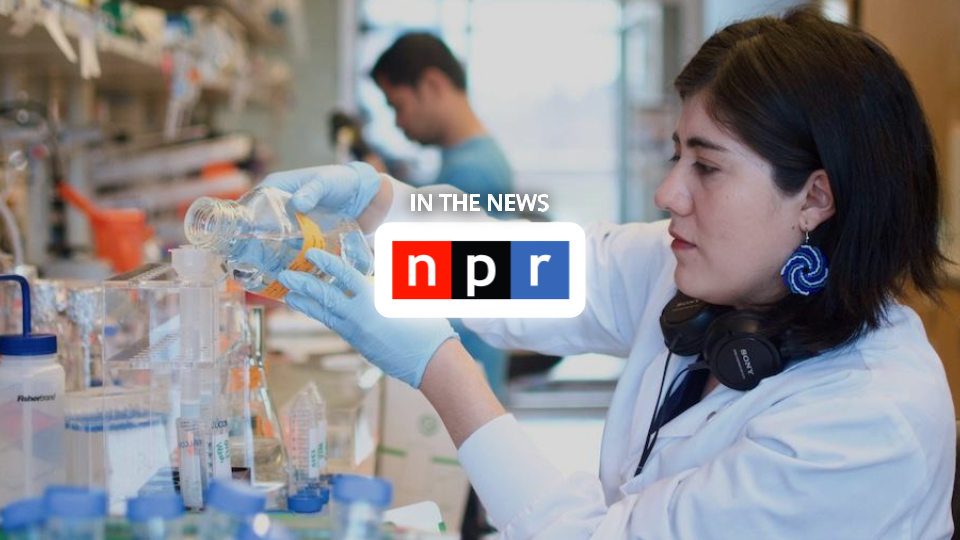
NPR: “Scientists are using AI to speed up discoveries”
NPR senior editor and correspondent Geoff Blumfiel recently visited our labs as part of his coverage of how artificial intelligence is accelerating scientific research.
-

Derrick Hicks receives WRF translational funding
The $250,000 grant will enable Hicks and colleagues to compare novel technology with established approaches to treating a range of cancers.
-

High schoolers try protein design at UW’s Summer STEM Camp
Several members of our Institute recently spent a day with 60 high school students as part of the UW’s STEM camp at W.F. West High School in Chehalis, Washington. Our goal was simple: we wanted to show students that science is more than just a subject in school—it’s a fascinating line of work that touches…
-

NIH highlights the King Lab’s universal flu vaccine research
In a quest to thwart future pandemics, the King Lab has made significant strides toward the development of universal vaccines, as recently noted by the National Institutes of Health. Traditional vaccines—while crucial—only target certain strains of a given disease. Universal vaccines, on the other hand, are meant to train the immune system to combat all…
-
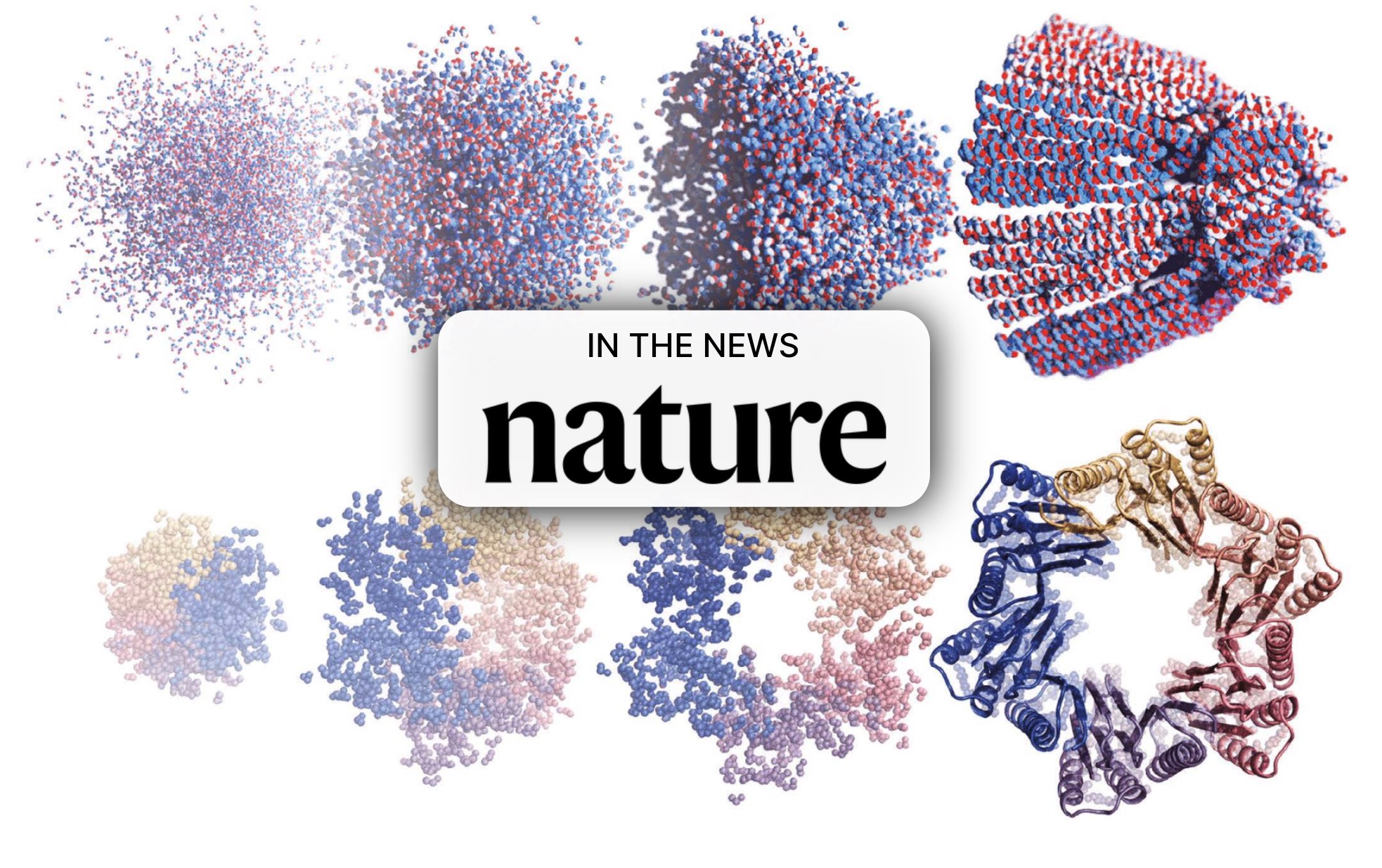
Nature: “AI tools are designing entirely new proteins that could transform medicine”
RFdiffusion was published in Nature this week. The journal reports on how it and other generative algorithms are being used to create custom biomolecules in seconds.
-

David Baker receives Frontiers of Knowledge Award in Spain
From the BBVA Foundation: From El Mundo: Vaccines against the coronavirus or malaria, drugs against cancer without side effects… With artificial intelligence as an ally, the biochemist from the University of Washington, winner of the Fronteras FBBVA award, develops proteins on demand to create solutions to medical and environmental problems Lea la historia completa en…
-

Lynda Stuart appointed Executive Director of the Institute for Protein Design
We’re pleased to announce that Lynda Stuart, MD, PhD, will serve as Executive Director of the Institute for Protein Design starting May 1. She is an accomplished immunologist and former Deputy Director at the Bill & Melinda Gates Foundation. Dr. Lynda Stuart is a physician, scientist, and advocate for healthcare as a human right with…
-

Undergrad researcher Hannah Han is in the Husky 100
The University of Washington today announced that IPD Undergraduate Researcher Hannah Han is among the 2023 Husky 100. Each year, the Husky 100 recognizes 100 undergraduate and graduate students from the UW Bothell, Seattle, and Tacoma campuses in all areas of study who are making the most of their time at the University of Washington.…
-

Top-down design of protein architectures with reinforcement learning
Today we report in Science [PDF] the successful application of reinforcement learning to a challenge in protein design. This research is a milestone in the use of artificial intelligence for science, and the potential applications are vast, from developing more effective cancer treatments to new biodegradable textiles. A team led by scientists in the Baker…
-

C&EN: “Generative AI is dreaming up new proteins”
Chemical & Engineering News reports that it’s time for chatbots and image generation to move over. AI-powered protein design is having a moment.
-
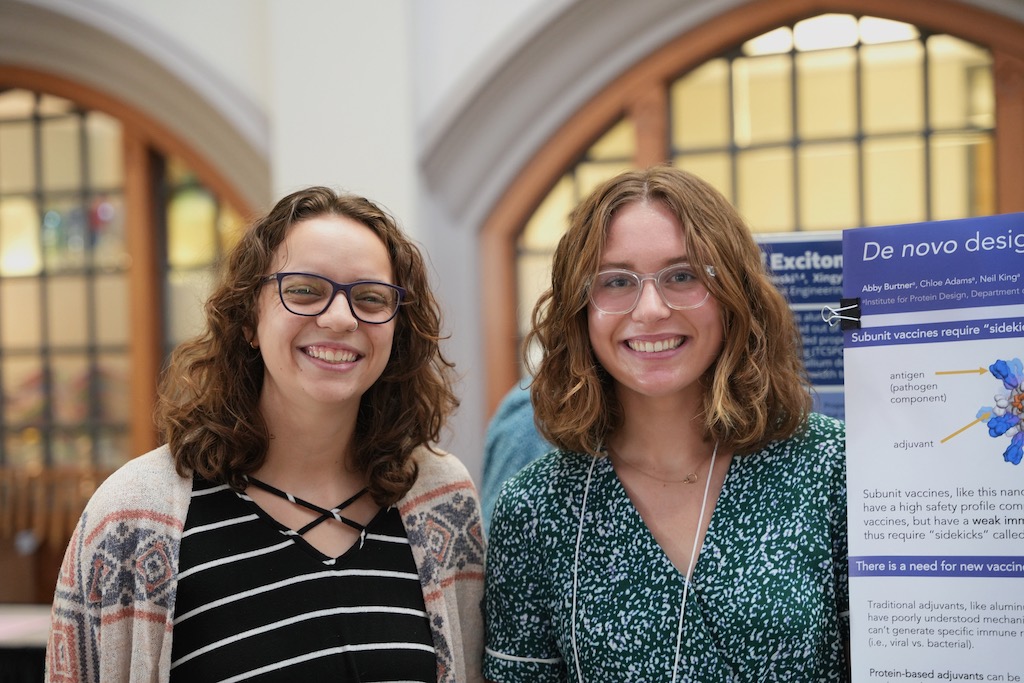
Abigail Burtner named a UW Goldwater Scholar
Five University of Washington undergraduates have been honored as Goldwater Scholars by the Goldwater Foundation, marking 2023 as the first time five students from the UW were named in a single year. The Goldwater Foundation awards undergraduate scholarships to students who show exceptional academic promise pursuing research careers in the natural sciences, mathematics and engineering. The…
-

Design of binders for disordered targets
Today we report in Nature the design of proteins that recognize and bind to the so-called “intrinsically disordered regions” of proteins and peptides. The body produces such disordered molecules naturally, but many have been linked to health disorders, including myeloma and other cancers. “Disordered proteins play important roles in biology. By designing new proteins that…
-
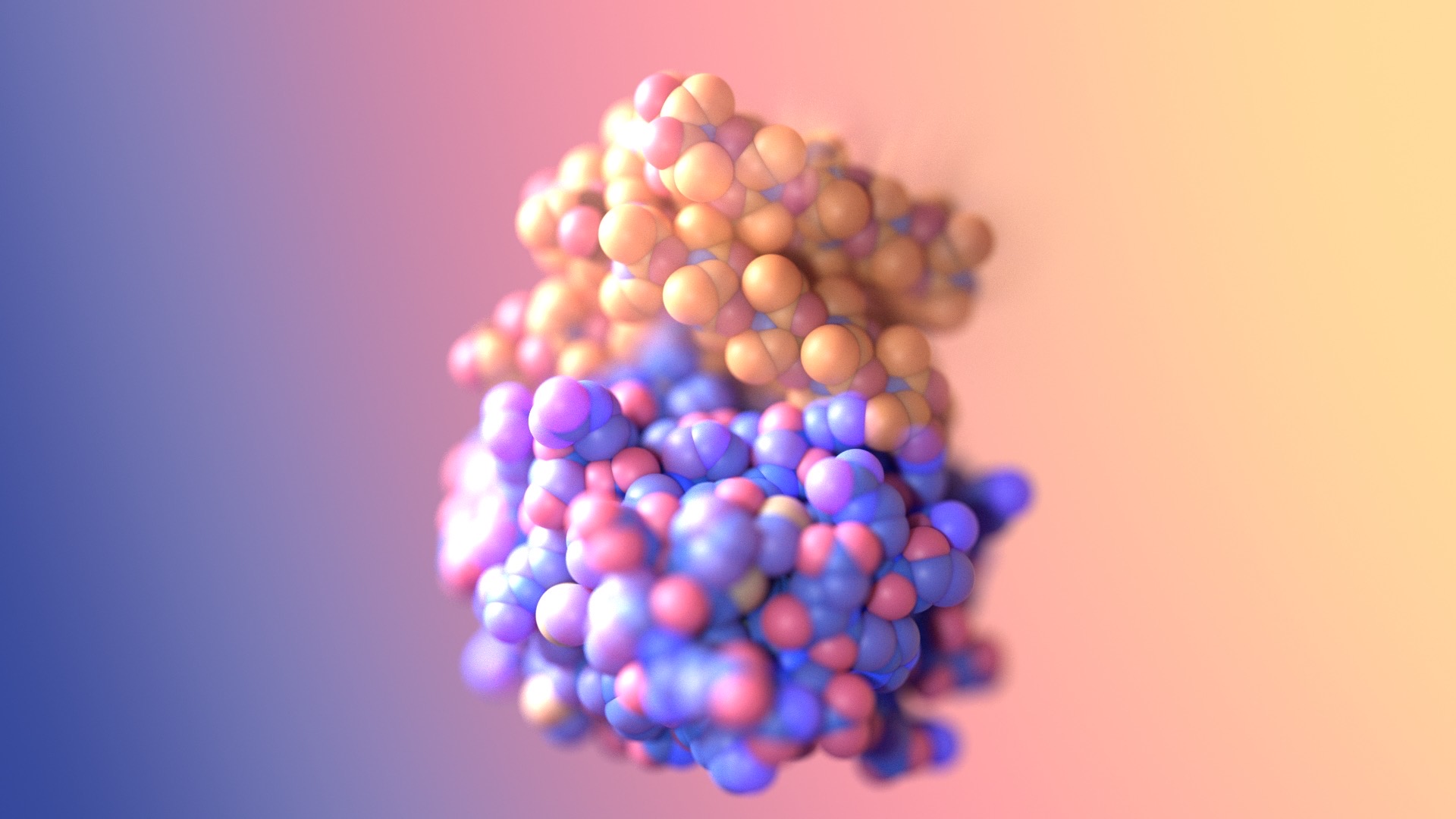
RFdiffusion now free and open source
Today we are making RFdiffusion, our artificial intelligence (AI) program that can generate novel proteins with potential applications in medicine, vaccines, and advanced materials, free for both non-profit and for-profit use under a governed license. The software, which has been tested in our labs, is much faster and more capable than prior protein design tools.…
-

De novo design of small beta barrel proteins
The de novo design of small proteins with beta-barrel topologies has been a challenge for computational design due to the complexity inherent in these folds. In a new study appearing in PNAS, a team led by Baker Lab research scientist David E. Kim describes the successful design and characterization of four different classes of small…
-
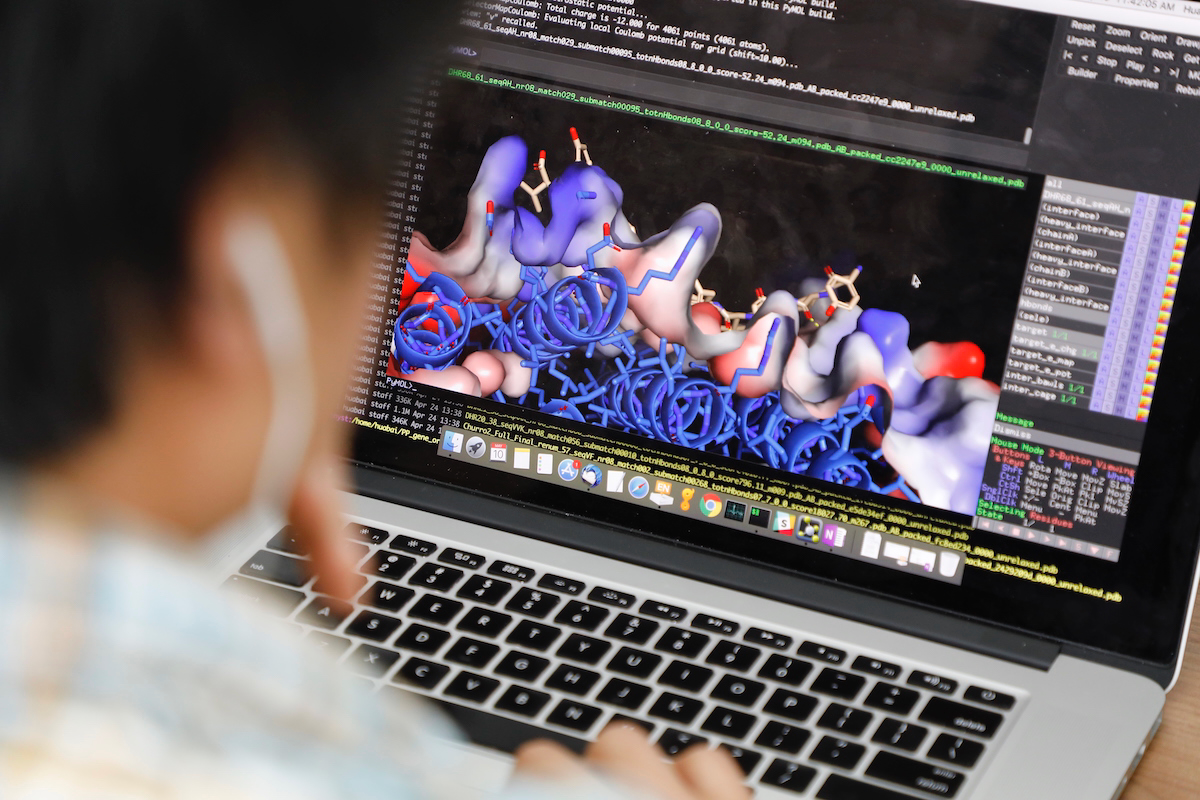
Degreaser: Improving protein secretion
King Lab postdoctoral scholars John Wang and Alena Khmelinskaia have developed a new tool for identifying and removing hidden transmembrane sequences that hinder protein secretion.
-
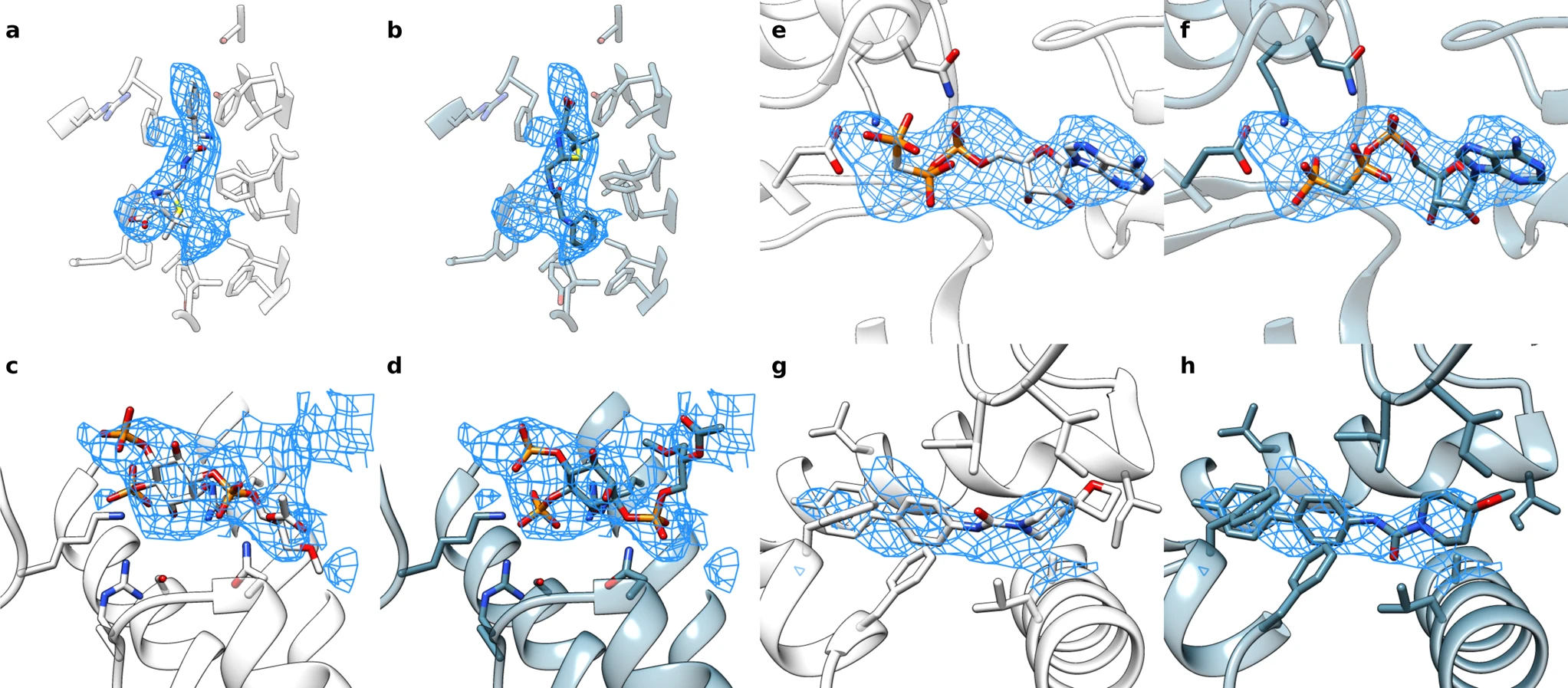
EMERALD: Automatically locate ligands in cyroEM maps
Under ideal conditions, cryo-electron microscopy can be used to determine protein structures at near-atomic resolution. But conditions are not always perfect. To help researchers make use of medium-resolution cryo-electron density maps, scientists in the DiMaio Lab have developed EMERALD, which is a new software tool that can accurately and automatically produce deposition-ready small molecule models…
-

Lazarovits and Ueda receive WRF translational funding
Washington Research Foundation (WRF) has awarded a $498,804 technology commercialization grant to Institute for Protein Design researchers Drs. James Lazarovits and George Ueda. The funding will enable Lazarovits and Ueda to further develop their “plug and play” Antibody Cage (AbC) Platform, which converts antibodies into new structures that uniquely bind multiple targets to improve treatment…
-

Machine learning generates custom enzymes
Today we report in Nature the computational design of highly efficient enzymes unlike any found in nature. Laboratory testing confirms that the new light-emitting enzymes can recognize specific chemical substrates and catalyze the emission of photons very efficiently.
-
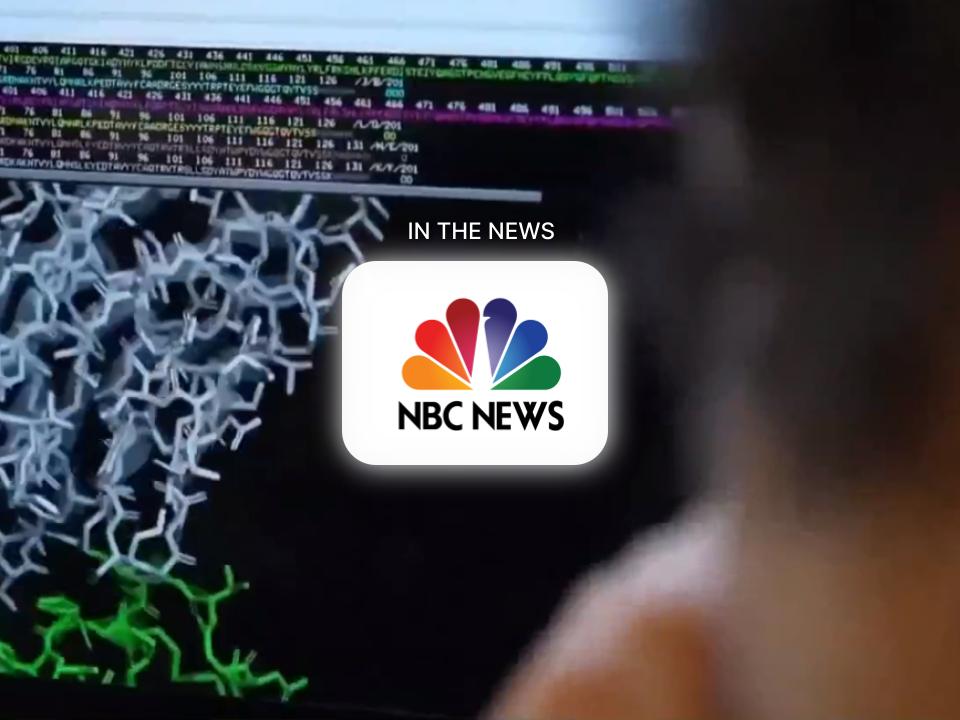
NBC: “Scientists use new A.I. tech to fight diseases”
NBC reports on how our scientists are harnessing artificial intelligence to improve how proteins for medicines and vaccines are developed.
-

Frontiers of Knowledge Award goes to David Baker, Demis Hassabis and John Jumper
The 15th BBVA Foundation Frontiers of Knowledge Award in Biology and Biomedicine has gone to David Baker, Demis Hassabis and John Jumper “for their contributions to the use of artificial intelligence for the accurate prediction of the three-dimensional structure of proteins.” From the BBVA Foundation: Baker – a Professor of Biochemistry at the University of…
-

NYT: “A.I. Turns Its Artistry to Creating New Human Proteins”
The New York TImes has reported on how, Inspired by digital image generators like DALL-E, our scientists are building artificial intelligences that can fight cancer, flu and COVID-19.
-
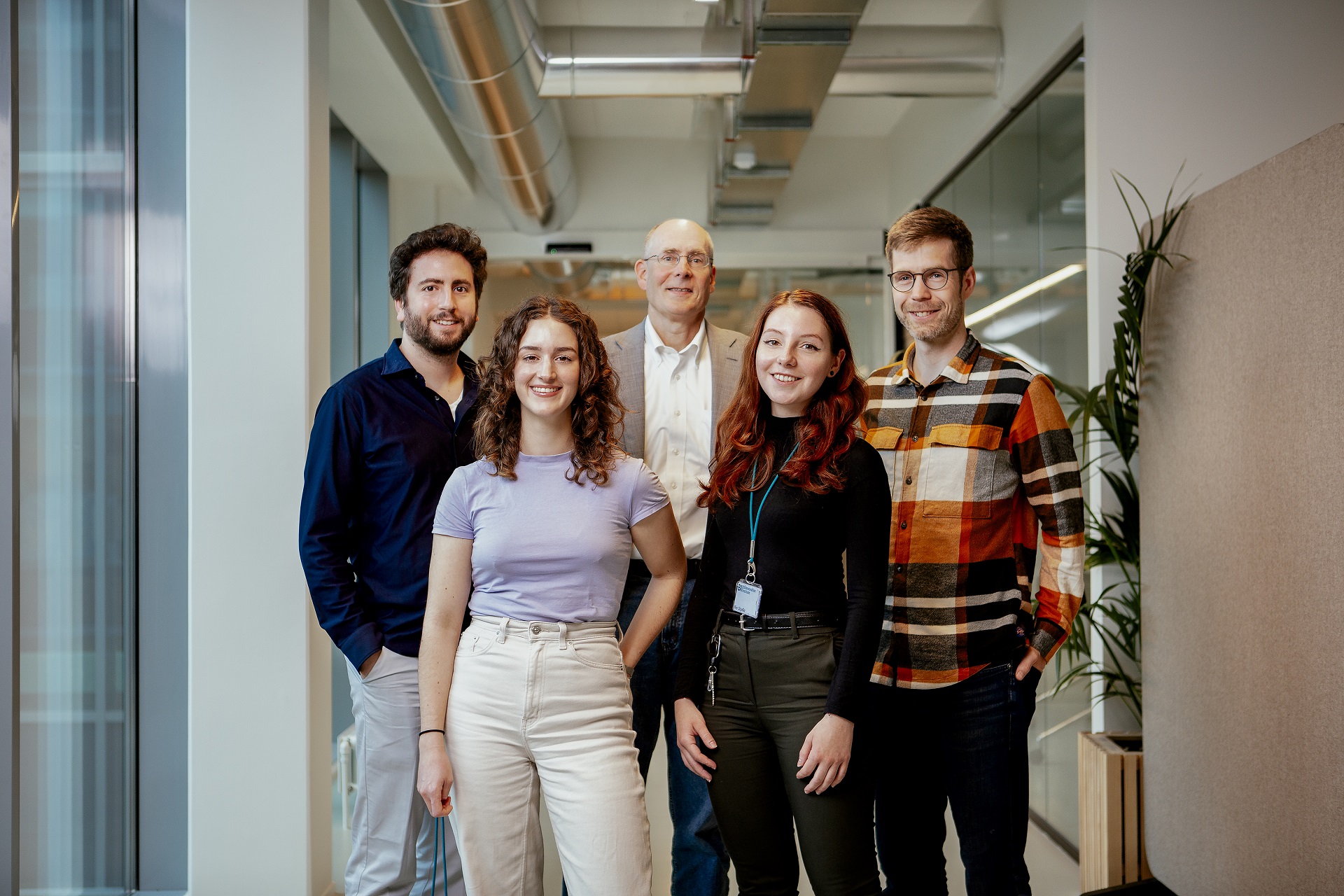
Establishing our first international translational research project
From our partners at the BioInnovation Institute: BioInnovation Institute (BII), an international enterprise foundation with a non-profit objective incubating and accelerating world-class life science research, announces today that it has accepted a new project into its Bio Studio program. Based on recent breakthroughs in Artificial Intelligence (AI) and protein design, the project is creating a…
-

David Baker to present at the NIH Director’s Lecture Series
David Baker presented at the NIH Director’s Wednesday Afternoon Lecture Series on December 14, 2022. From the National Institutes of Health: The NIH Director’s Wednesday Afternoon Lecture Series, colloquially known as WALS, is the highest-profile lecture program at the NIH. Traditionally, lectures have occurred on most Wednesdays from September through June from 3:00 to 4:00…
-
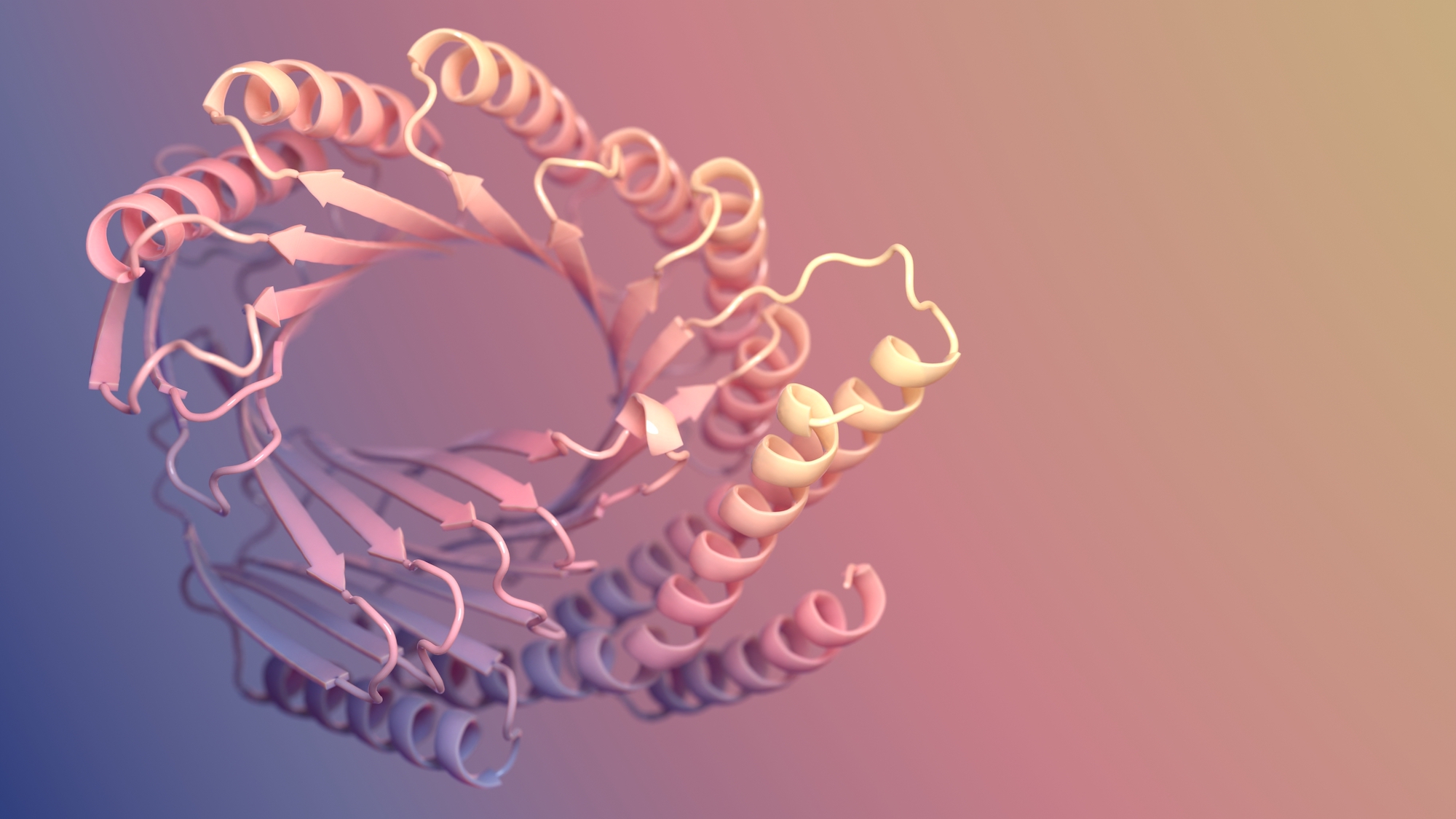
A diffusion model for protein design
Update (July 2023): Our manuscript on the development of RFdiffusion has been published in Nature. A team led by scientists from the Baker Lab has created a powerful new way of designing proteins that combines structure prediction networks and generative diffusion models. The team demonstrated extremely high computational success using the new method and experimentally…
-
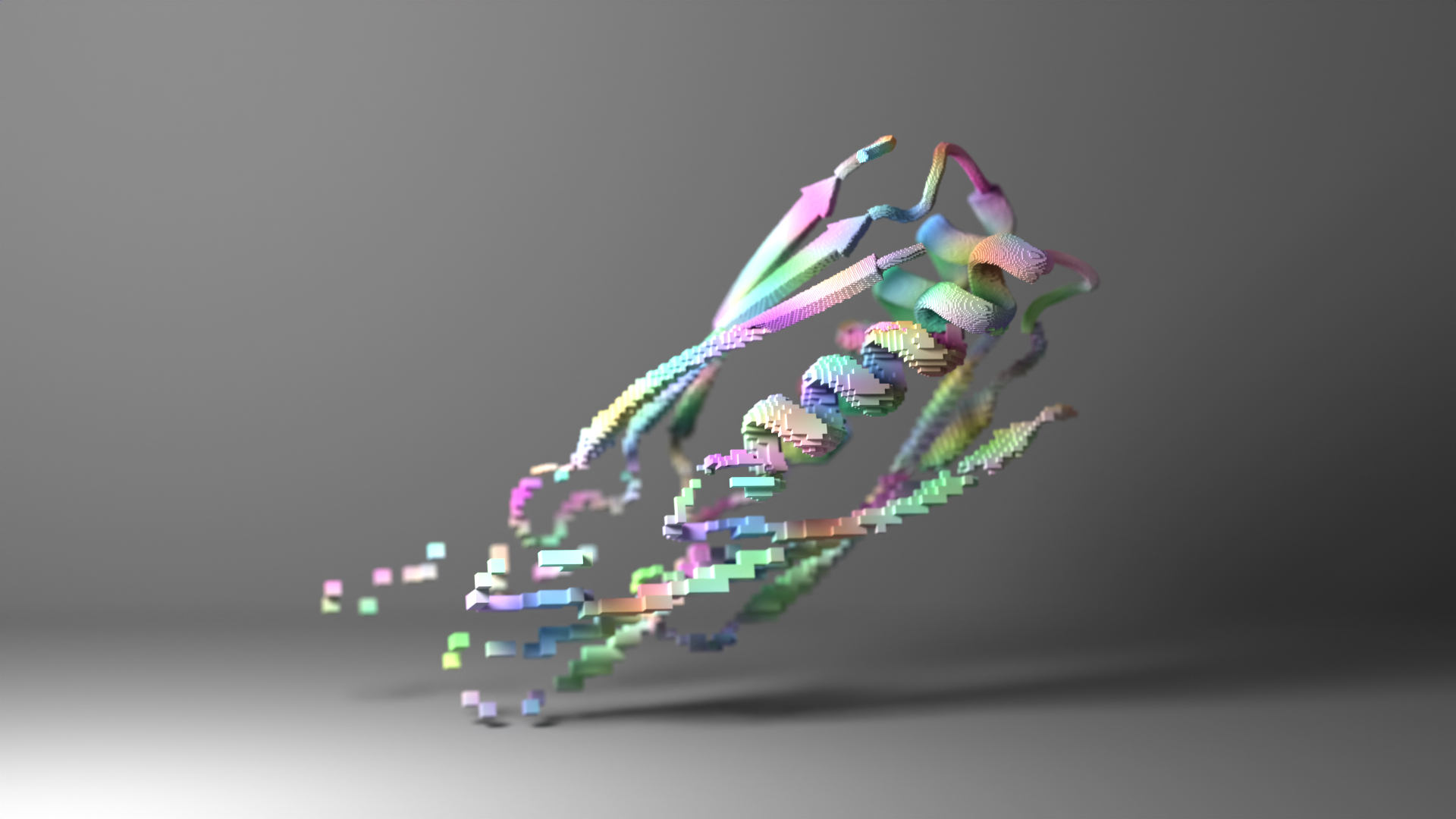
ProteinMPNN excels at creating new proteins
Over the past two years, machine learning has revolutionized protein structure prediction. Now, three papers in Science describe a similar revolution in protein design. In the new papers, scientists in the Baker lab show that machine learning can be used to create proteins much more accurately and quickly than previously possible. This could lead to…
-
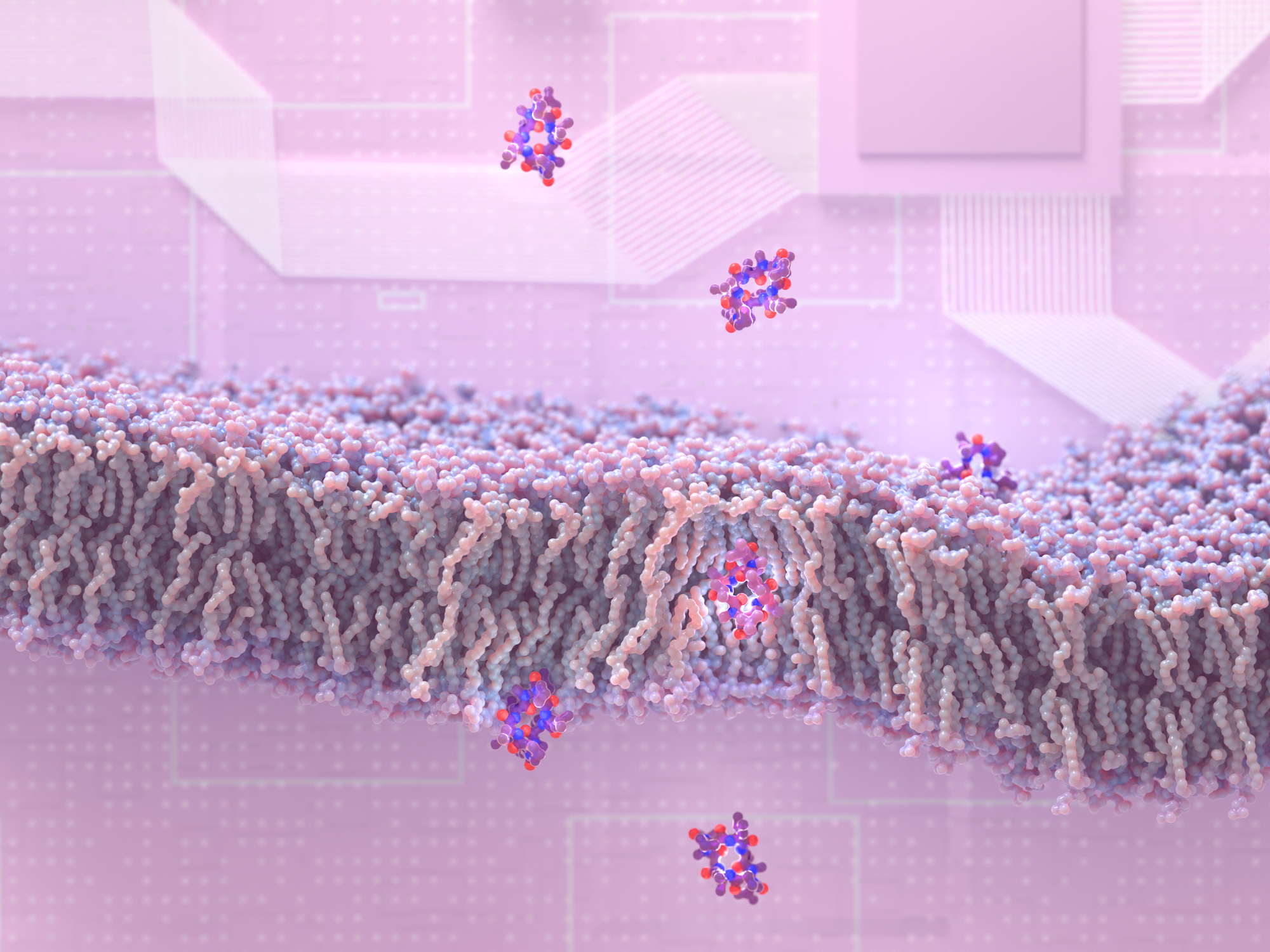
Design of membrane-traversing peptides leads to new spinout
Researchers at the Institute for Protein Design have discovered how to create peptides that slip through membranes and enter cells. This drug design breakthrough may lead to new medications for a wide variety of health disorders, including cancer, infection, and inflammation. This research appears in the journal Cell [PDF]. “This new ability to design membrane-permeable…
-

Annual Report 2022
Protein design reached two major milestones this year: Our Institute succeeded in producing its first fully-approved medicine, and our spinout companies have together raised over one billion dollars in capital. We are pleased to present this overview of the progress made at the Institute for Protein Design during the past year. 2022 Annual Report
-
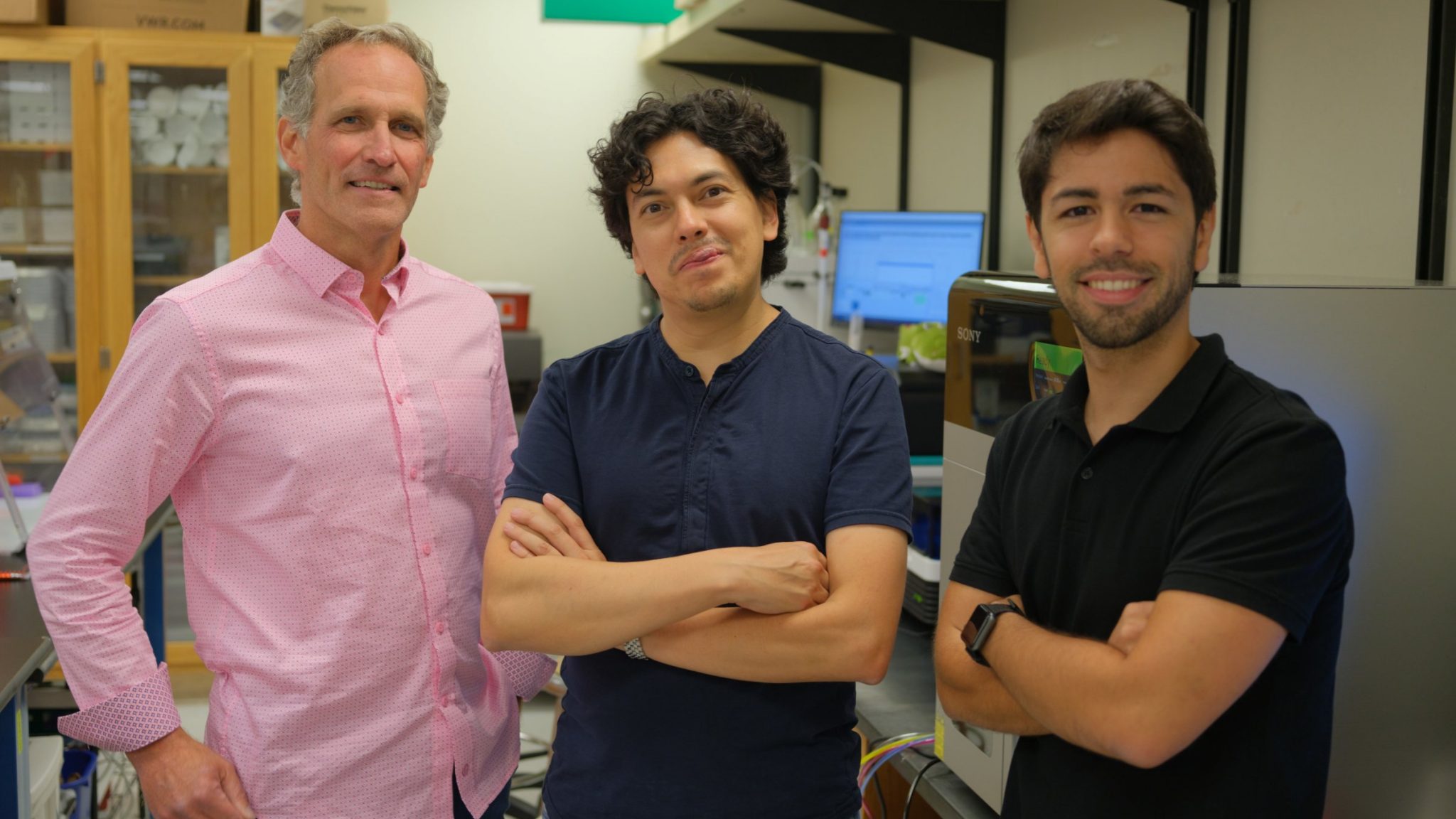
Biosensor startup Monod secures $25M seed financing
Monod Bio, a life sciences company developing custom diagnostic biosensors that emit light to detect specific biomolecules of interest, today announced it has raised a $25M seed financing round. The round was led by Matrix Capital, with participation from the Global Health Investment Corporation, Cercano Management, The Washington Research Foundation, Boom Capital Ventures, Sahsen Ventures,…
-
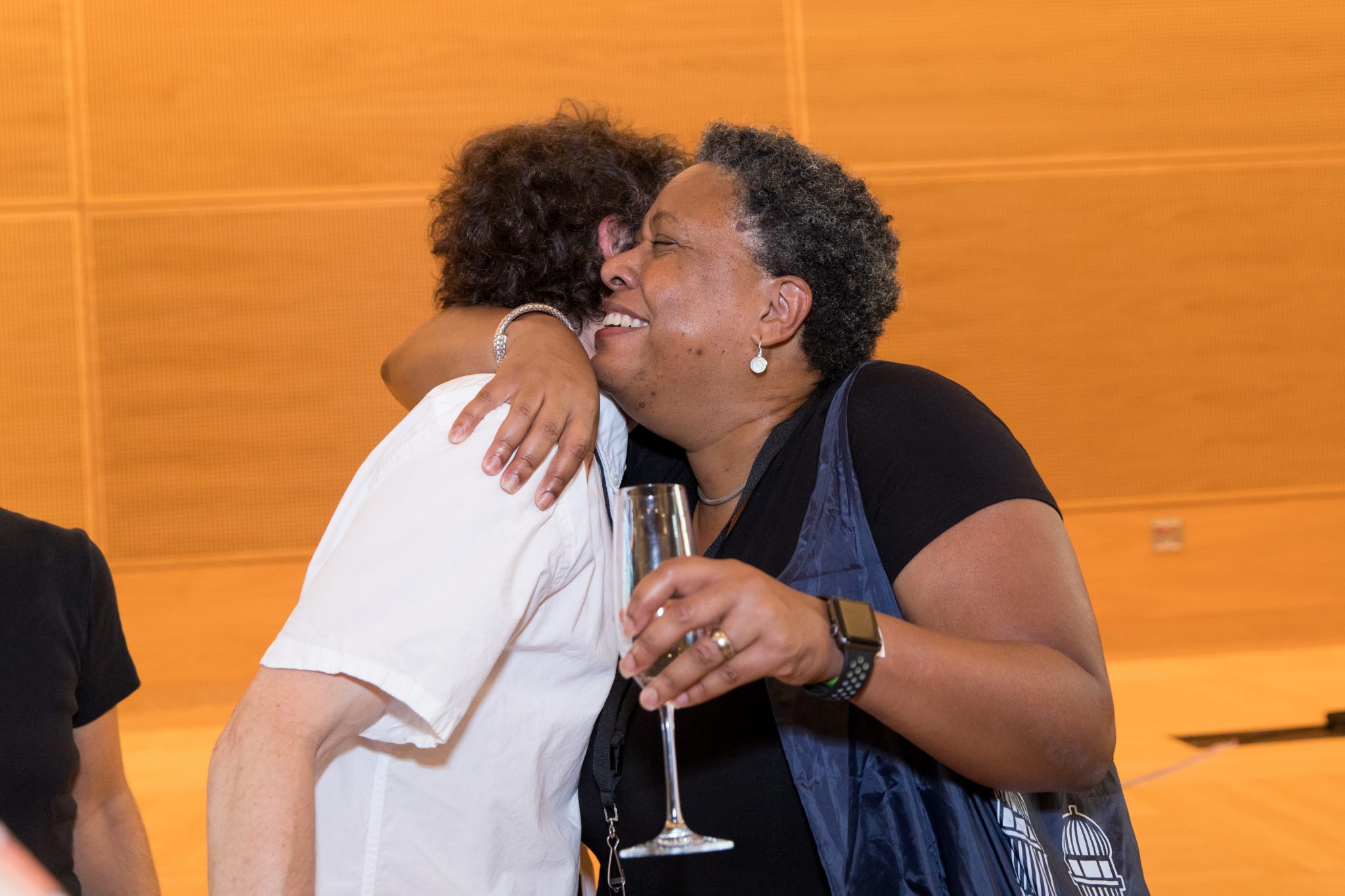
Celebrating our 10-year anniversary
This week we celebrated the 10-year anniversary of the Institute for Protein Design. Current members, advisors, supporters, and old friends all came together on campus to share memories and forge new friendships. It was a night to remember. A lot has changed in the past decade. At our founding, the concept of protein design…
-
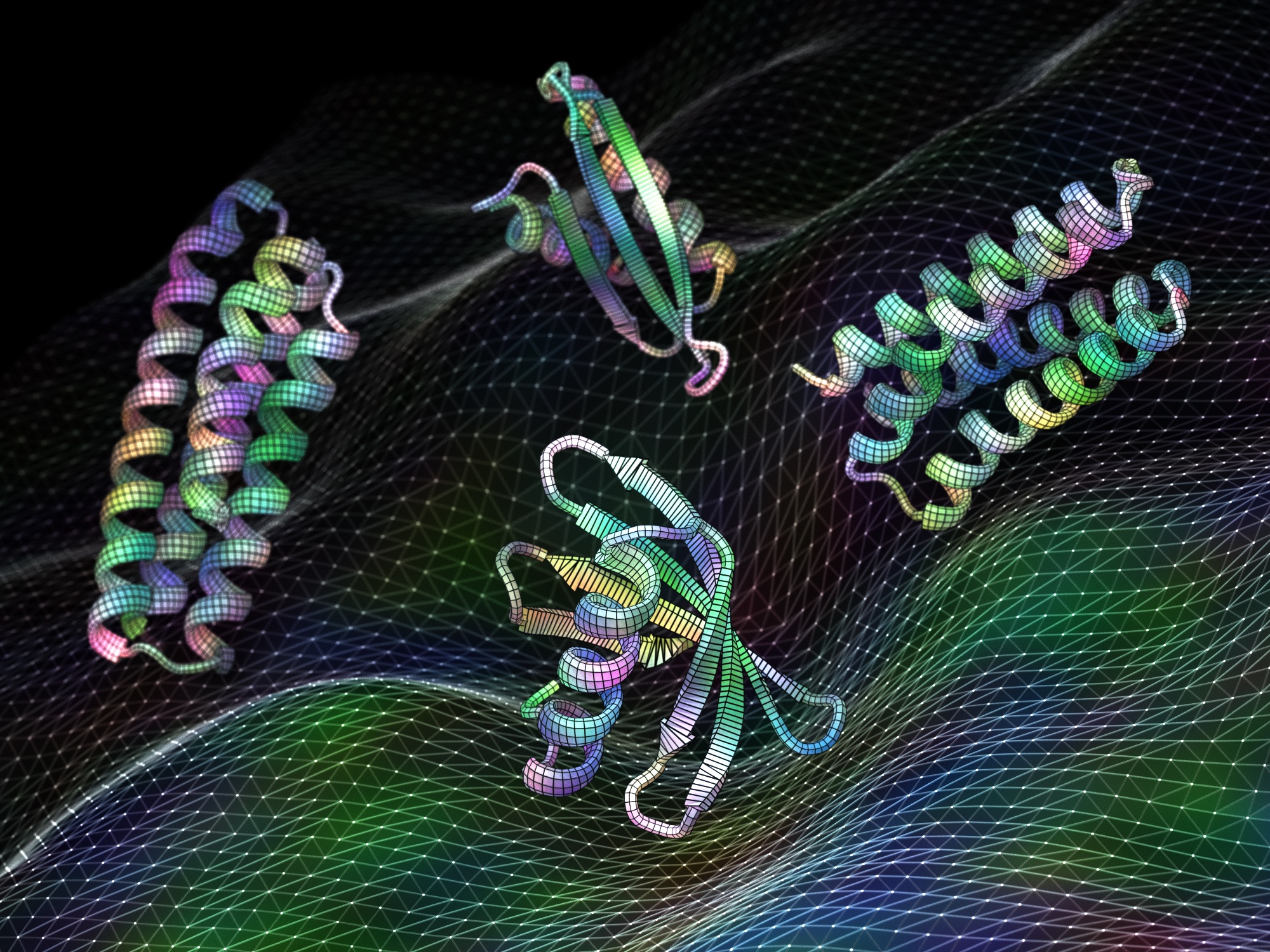
Training A.I. to generate medicines and vaccines
Today we report in Science [PDF] the development of artificial intelligence software that can create proteins that may be useful as vaccines, cancer treatments, or even tools for pulling carbon pollution out of the air. This project was led by Jue Wang, Doug Tischer, and Joseph L. Watson, who are postdoctoral scholars at UW Medicine,…
-
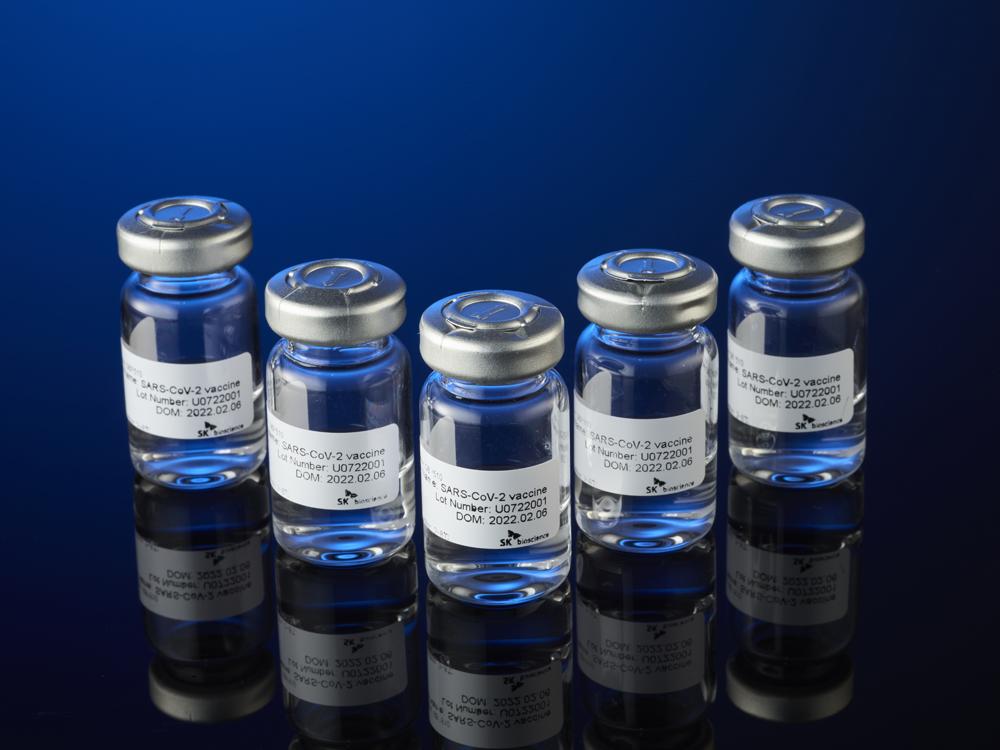
COVID-19 vaccine with IPD nanoparticles wins full approval abroad
Clinical testing found the vaccine outperforms Oxford/AstraZeneca’s. The vaccine, now called SKYCovione, is the world’s first computationally designed protein medicine. University of Washington to waive royalty fees for the duration of the pandemic. A vaccine for COVID-19 developed at the University of Washington School of Medicine has been approved by the Korean Ministry of Food…
-

AWS gift supports protein structure prediction and design
Amazon Web Services (AWS), a leading cloud computing platform, is donating server time to the Institute for Protein Design to accelerate research in protein structure prediction and design. Computing credits valued at over $1M will be used to train optimized versions of RoseTTAFold for higher accuracy. The research will also support the ongoing development of…
-

Anindya Roy wins Go-To-Market Award for drug development
The Washington Entrepreneurial Research Evaluation and Commercialization Hub (WE-REACH) is pleased to announce a product concept award for Dr. Anindya Roy and his team at the UW Medicine Institute for Protein Design, including Drs. Jake Kraft and Hua Bai. They are developing a novel binder protein in an aerosolized delivery system to treat idiopathic pulmonary…
-
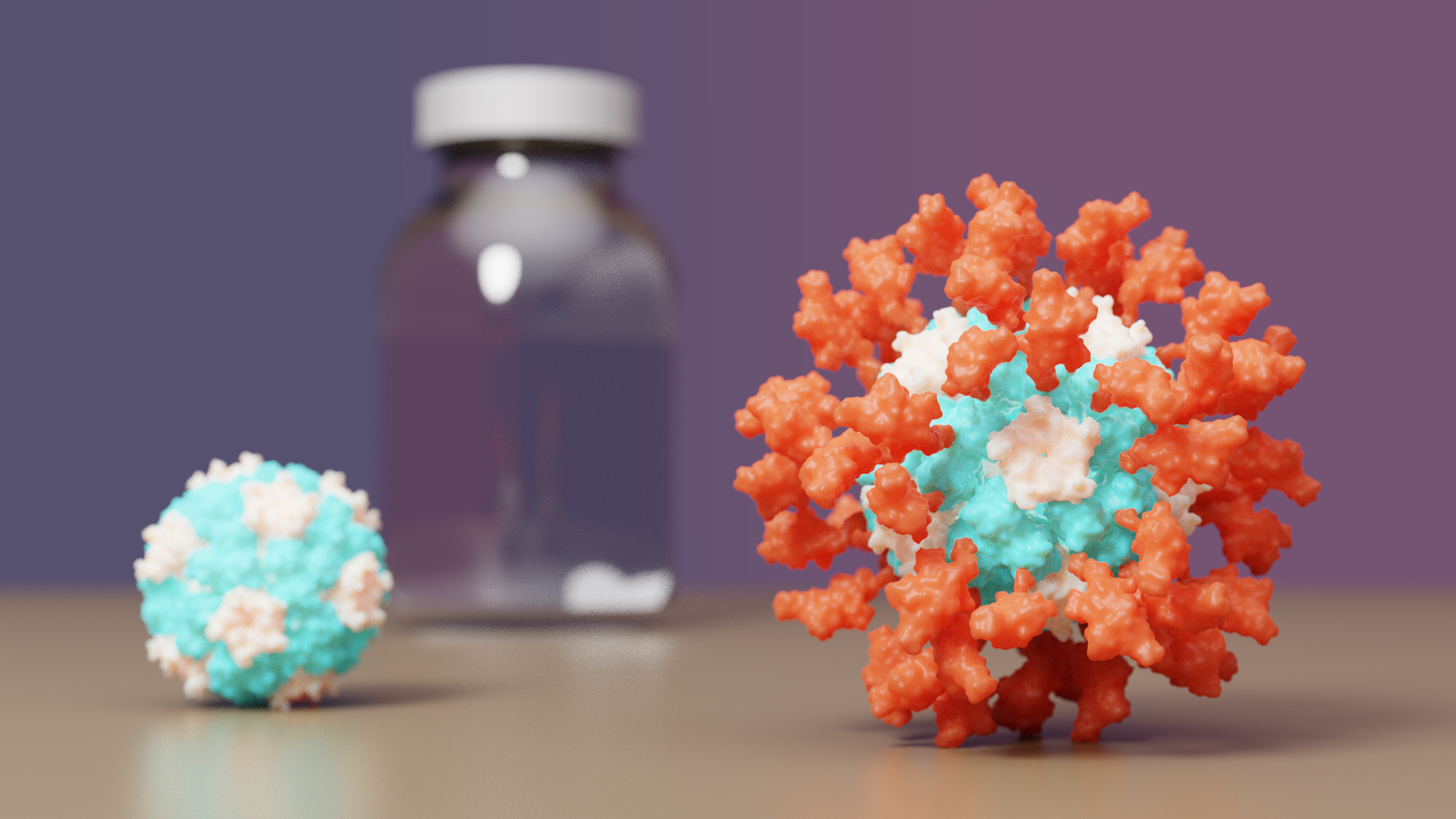
COVID-19 vaccine with IPD nanoparticles seeks full approval
A COVID-19 vaccine developed at the University of Washington School of Medicine has proven safe and effective in late-stage clinical testing. SK bioscience, the company leading the vaccine’s clinical development abroad, is seeking full approval for its use in South Korea and beyond. If approved by regulators, the vaccine will be made available through COVAX,…
-
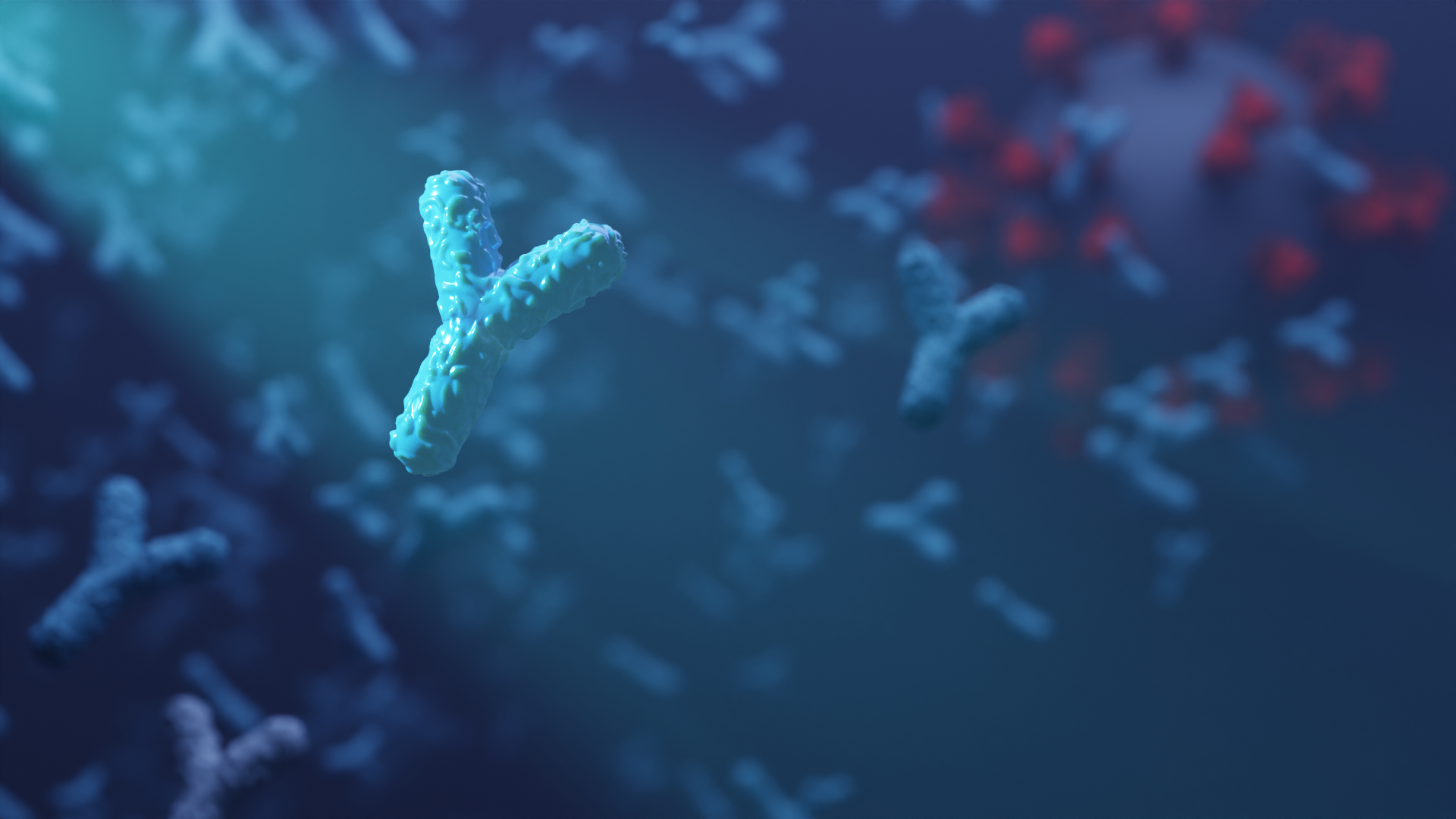
Custom biosensors for detecting coronavirus antibodies in blood
Today we report in Nature Biotechnology the design of custom protein-based biosensors that can detect coronavirus-neutralizing antibodies in blood. This research, which builds on prior sensor design technology developed in the Baker lab, was led by Baker lab postdoctoral scholars Jason Zhang, PhD, and Hsien-Wei (Andy) Yeh, PhD. From Behind the Paper: [W]e utilized the…
-
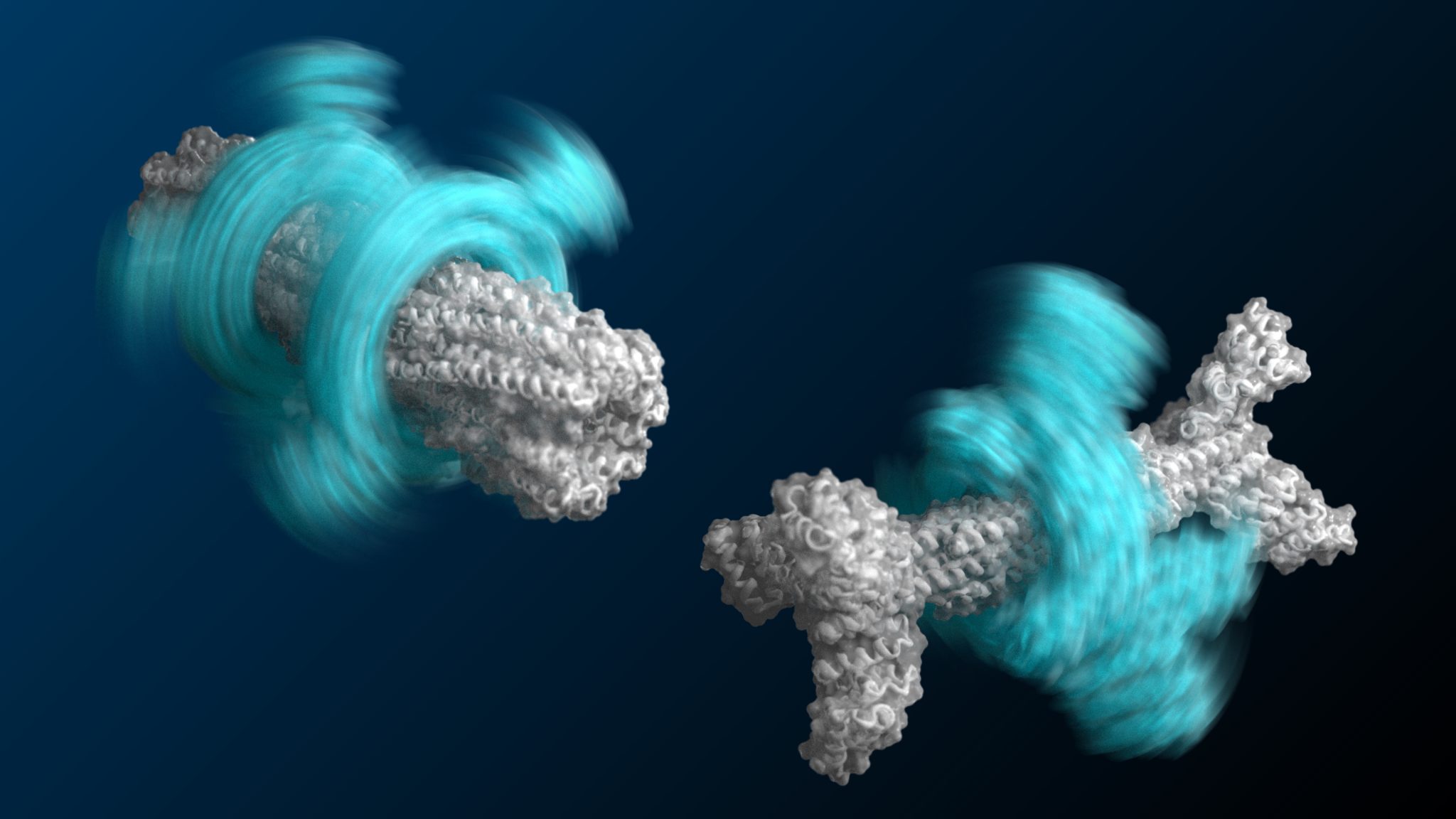
Rotory proteins designed from scratch
Today we report in Science the design of rotary devices made from custom proteins. These microscopic “axles” and “rotors” come together to form spinning assemblies, rather than being locked in just one orientation. Such mechanical coupling is a key feature of any machine. The new axle-rotor devices — which are each about a billion times…
-
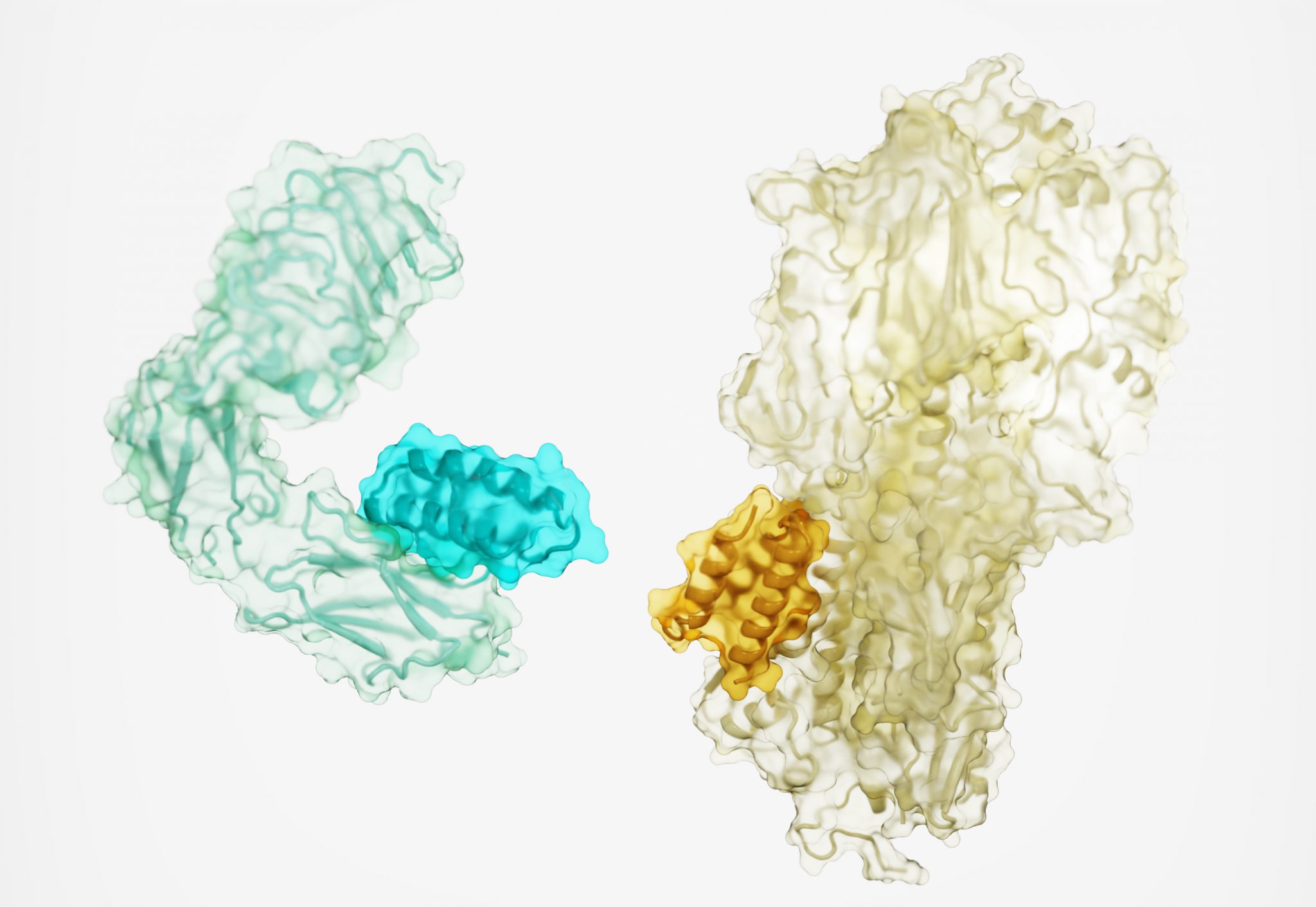
Protein drugs designed from the ground up
Today we report in Nature a new method for generating protein drugs. Using Rosetta-based design, an international team designed molecules that can target important proteins in the body, such as the insulin receptor, as well as proteins on the surface of viruses. This solves a long-standing challenge in drug development and may lead to new treatments for…
-
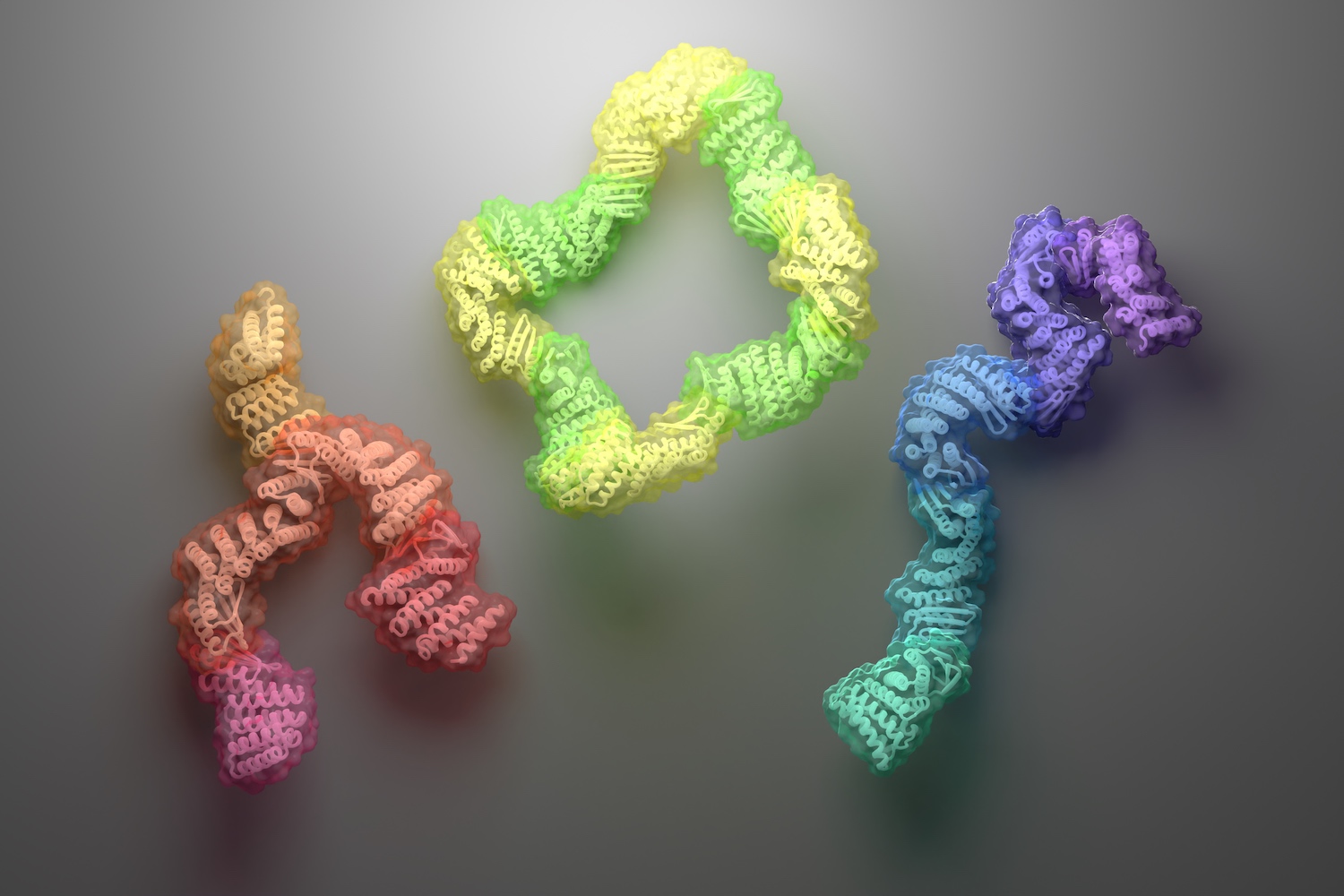
Diverse protein assemblies by (negative) design
A new approach for creating custom protein complexes yields asymmetric assemblies with interchangeable parts. Today we report in Science the design of new protein assemblies made from modular parts. These complexes — which adopt linear, branching, or closed-loop architectures — contain up to six unique proteins, each of which remains folded and soluble in the absence…
-
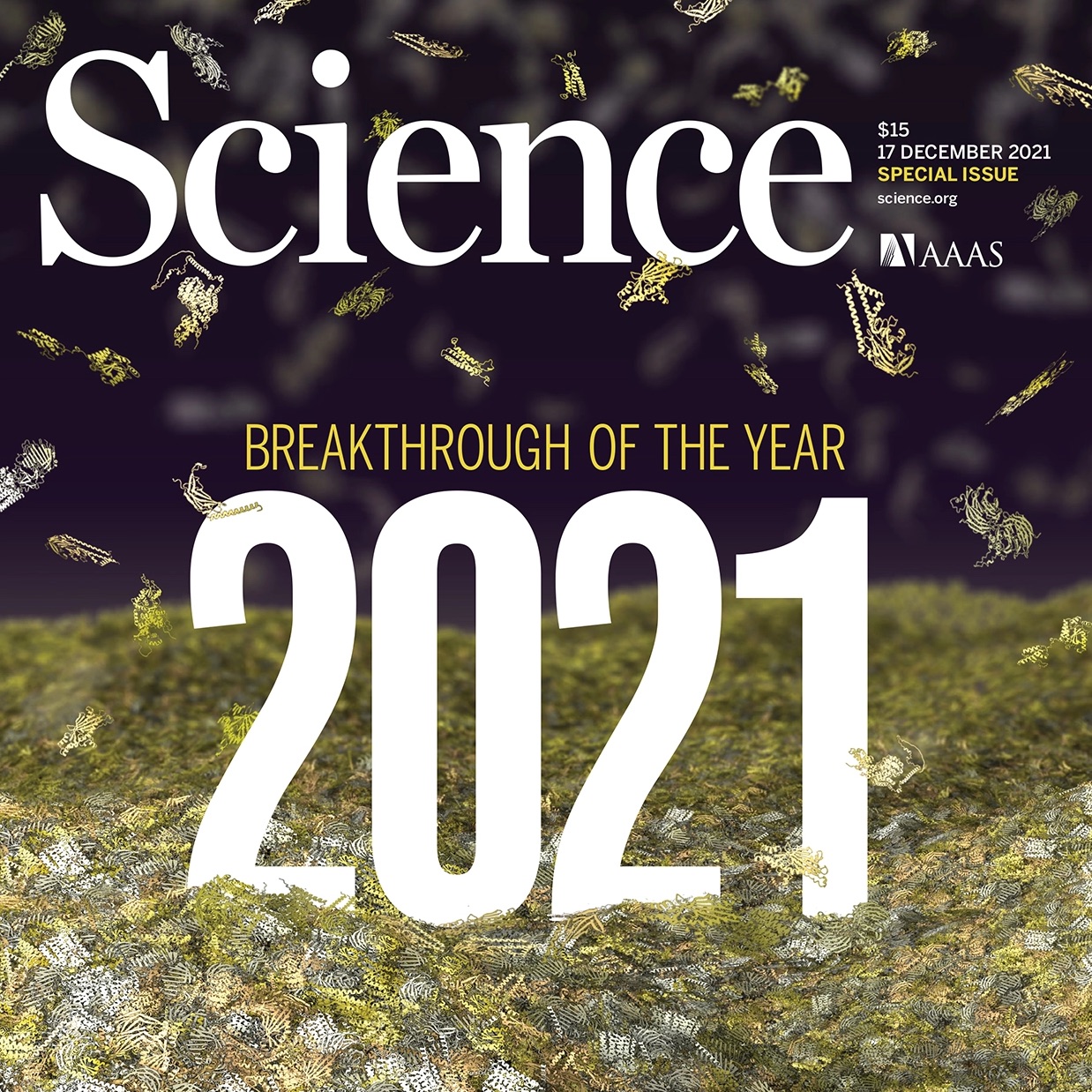
Breakthrough of the Year
The journal Science has selected artificial intelligence algorithms that predict the three-dimensional shapes of proteins — as well as the blizzard of protein structures they have revealed — as their 2021 Breakthrough of the Year. We are honored to have our work in this field recognized alongside that of the company DeepMind. As David Baker told…
-

Deep learning dreams up new protein structures
Just as convincing images of cats can be created using artificial intelligence, new proteins can now be made using similar tools. In a new report in Nature, we describe the development of a neural network that “hallucinates” proteins with new, stable structures. “For this project, we made up completely random protein sequences and introduced mutations…
-
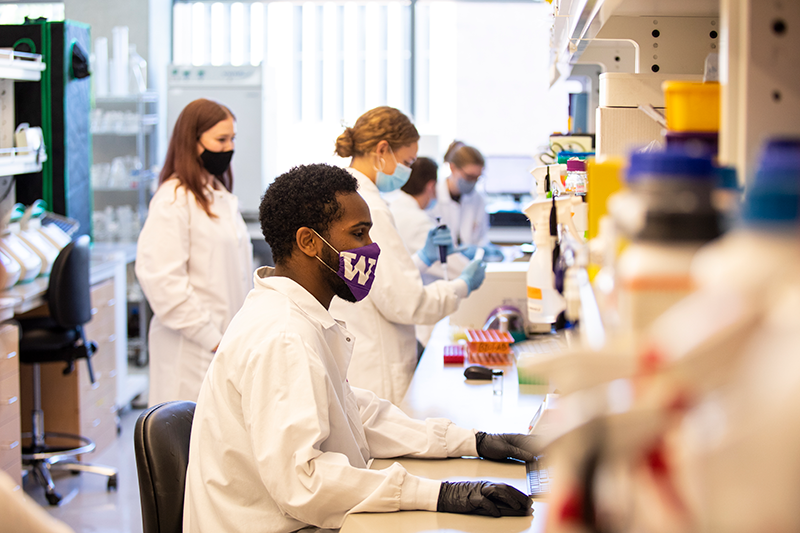
UW BIOFAB: a force for reproducible science
This article was written by Renske Dyedov (UW) Key to advancing any new scientific discovery is the ability for researchers to independently repeat the experiments that led to it. In science today, particularly biology, the lack of reproducibility between experiments is a major problem that slows scientific progress, wastes resources and time, and erodes the…
-
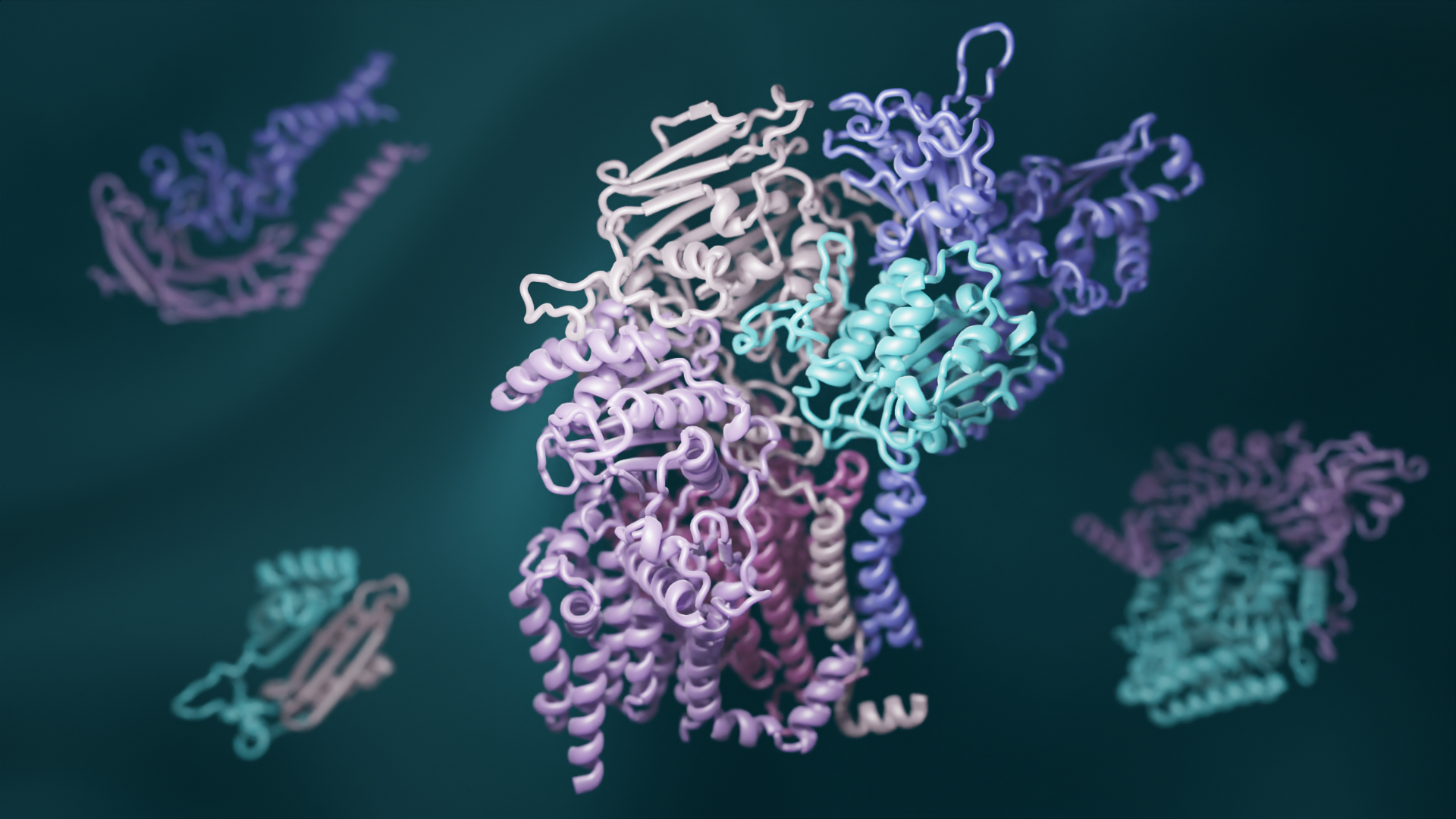
Deep learning reveals how proteins interact
A team led by scientsts in the Baker lab has combined recent advances in evolutionary analysis and deep learning to build three-dimensional models of how most proteins in eukaryotes interact. This breakthrough has significant implications for understanding the biochemical processes that are common to all animals, plants, and fungi. This open-access work appears in Science.…
-
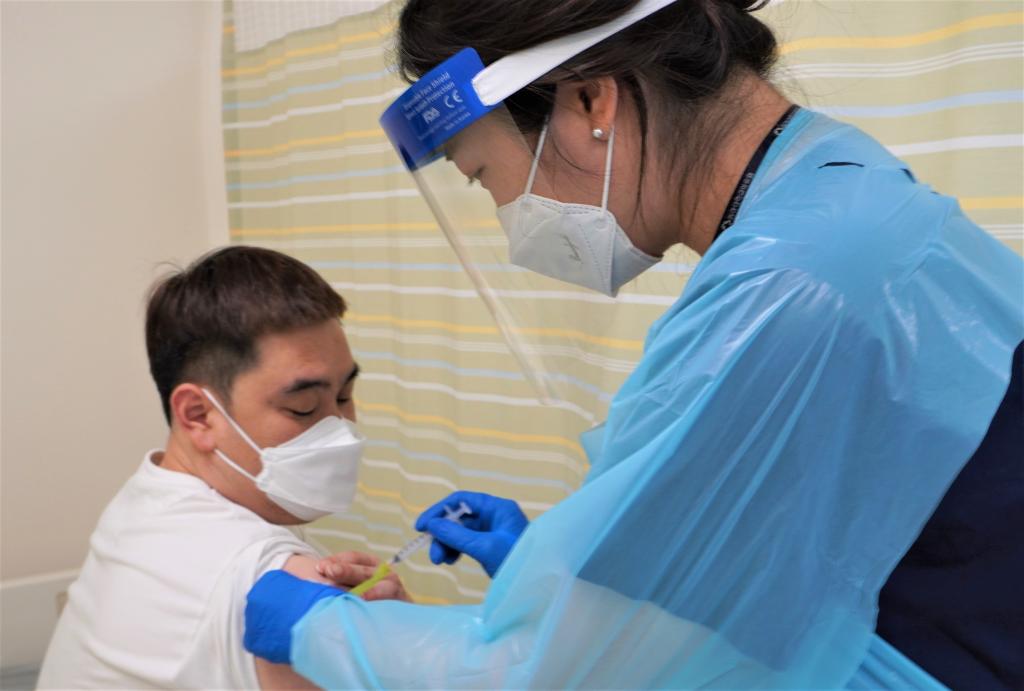
COVID-19 vaccine with IPD nanoparticles meets Phase 1/2 trial goals
This report was written and translated into English by SK bioscience. (Image: SK bioscience) SK bioscience (CEO Jae-yong Ahn) announced on November 4th that the company has confirmed a positive immune response and safety in the final analysis result of the phase I/II clinical trial of the COVID-19 vaccine candidate, ‘GBP510,’ co-developed with the Institute…
-
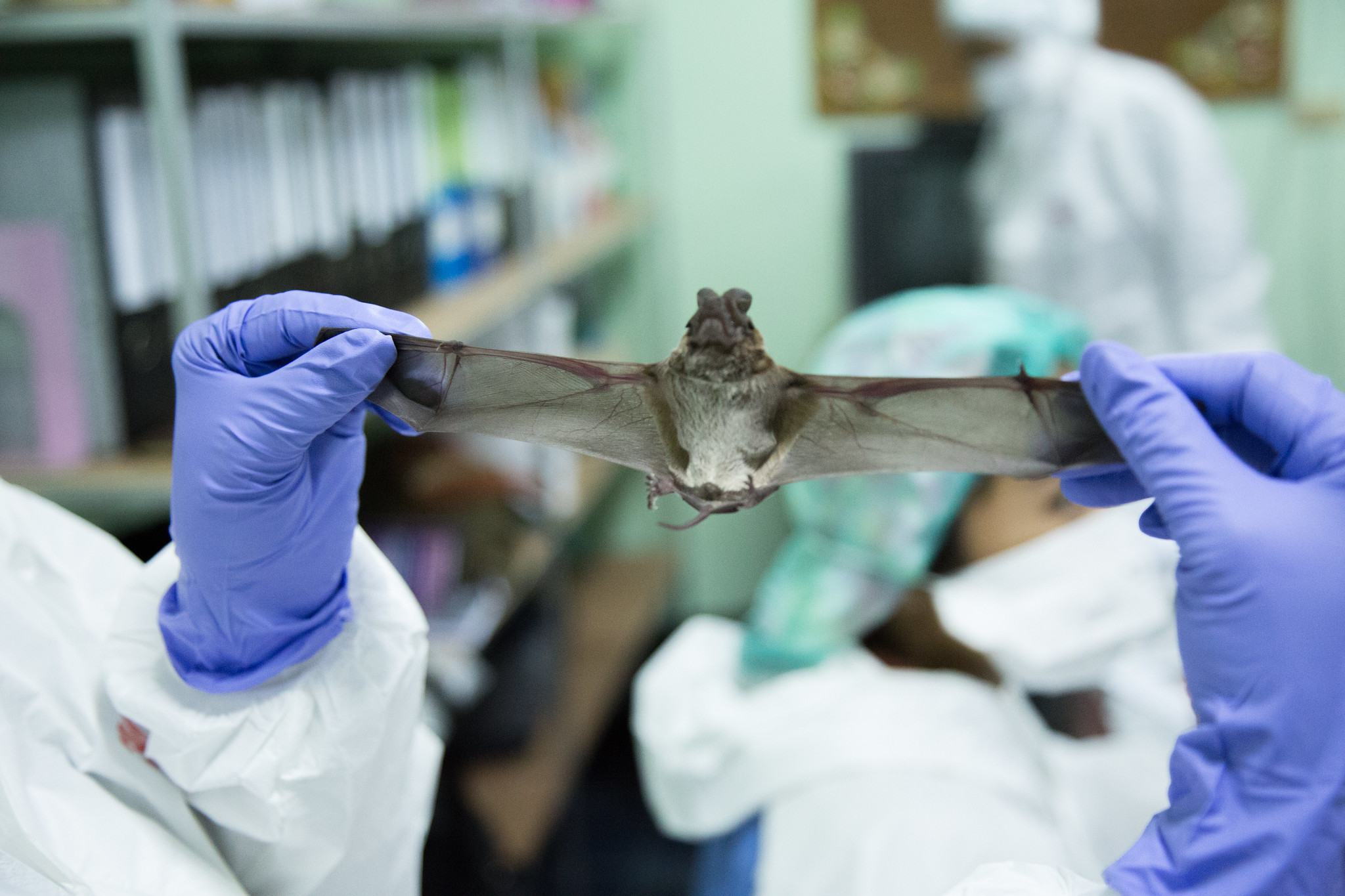
Baker lab joins USAID’s $125M project to detect emerging viruses
To better identify and prevent future pandemics, the University of Washington has become a partner in a five-year global, collaborative agreement with the U.S. Agency for International Development. The newly launched Discovery & Exploration of Emerging Pathogens – Viral Zoonoses, or DEEP VZN project, has approximately $125 million in anticipated funding and will be led…
-
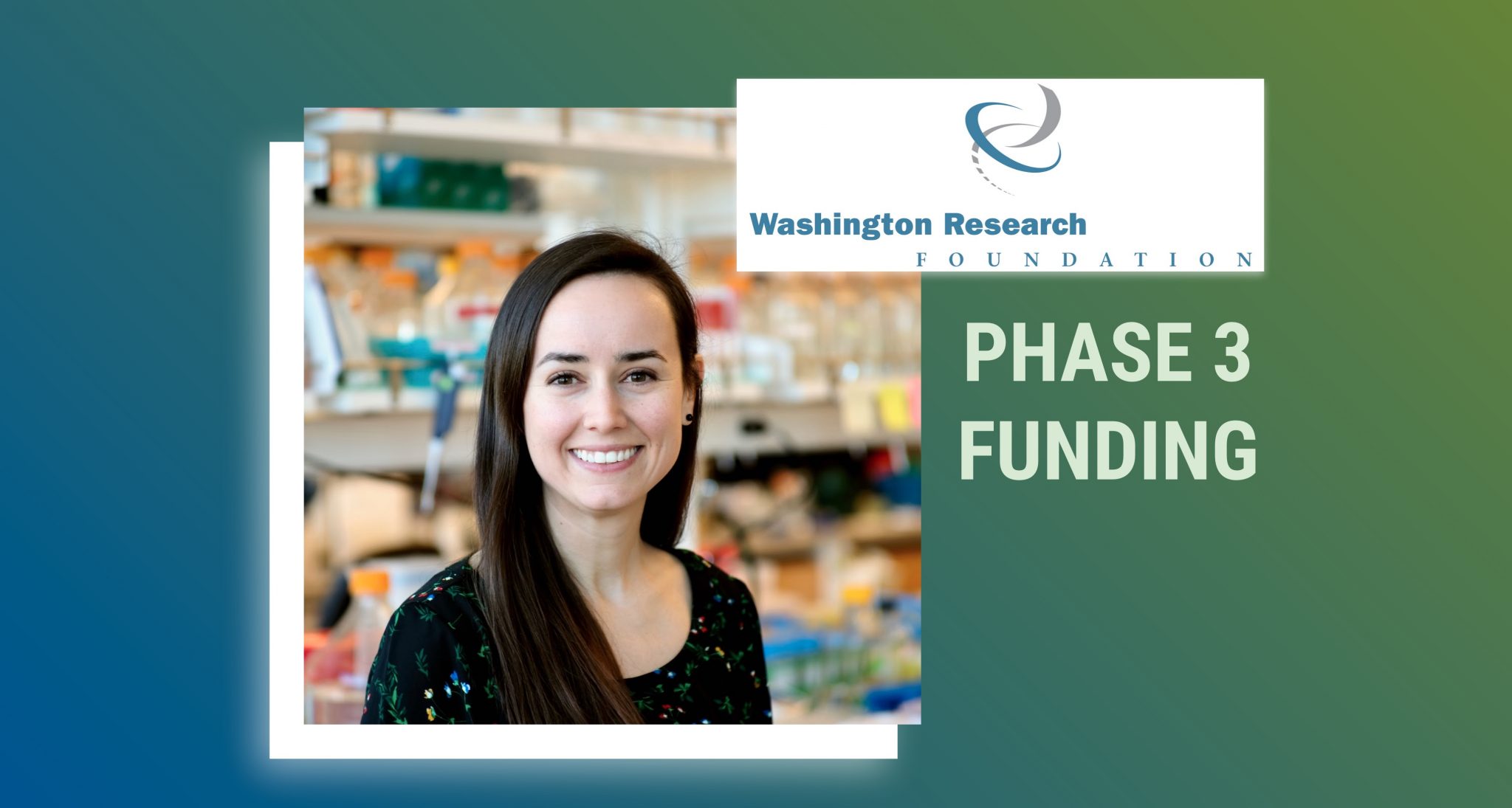
Stephanie Berger wins additional WRF translational funding
Washington Research Foundation (WRF) has awarded a $700,000 phase three technology commercialization grant to Stephanie Berger, Ph.D., to support the development of an oral biologic for inflammatory bowel disease (IBD). Berger, a translational investigator at the Institute for Protein Design, received two previous grants totaling $300,500 from WRF for this work. IBD affects roughly three…
-

On the passing of Tachi Yamada
Tadataka “Tachi” Yamada MD, KBE served as the Advisory Board Chair of our Institute since its founding almost ten years ago. His tremendous mentorship helped us in innumerable ways to grow from a single-PI Institute founded by David Baker to a group of five faculty and almost 200 scientists and staff. Tachi also helped…
-
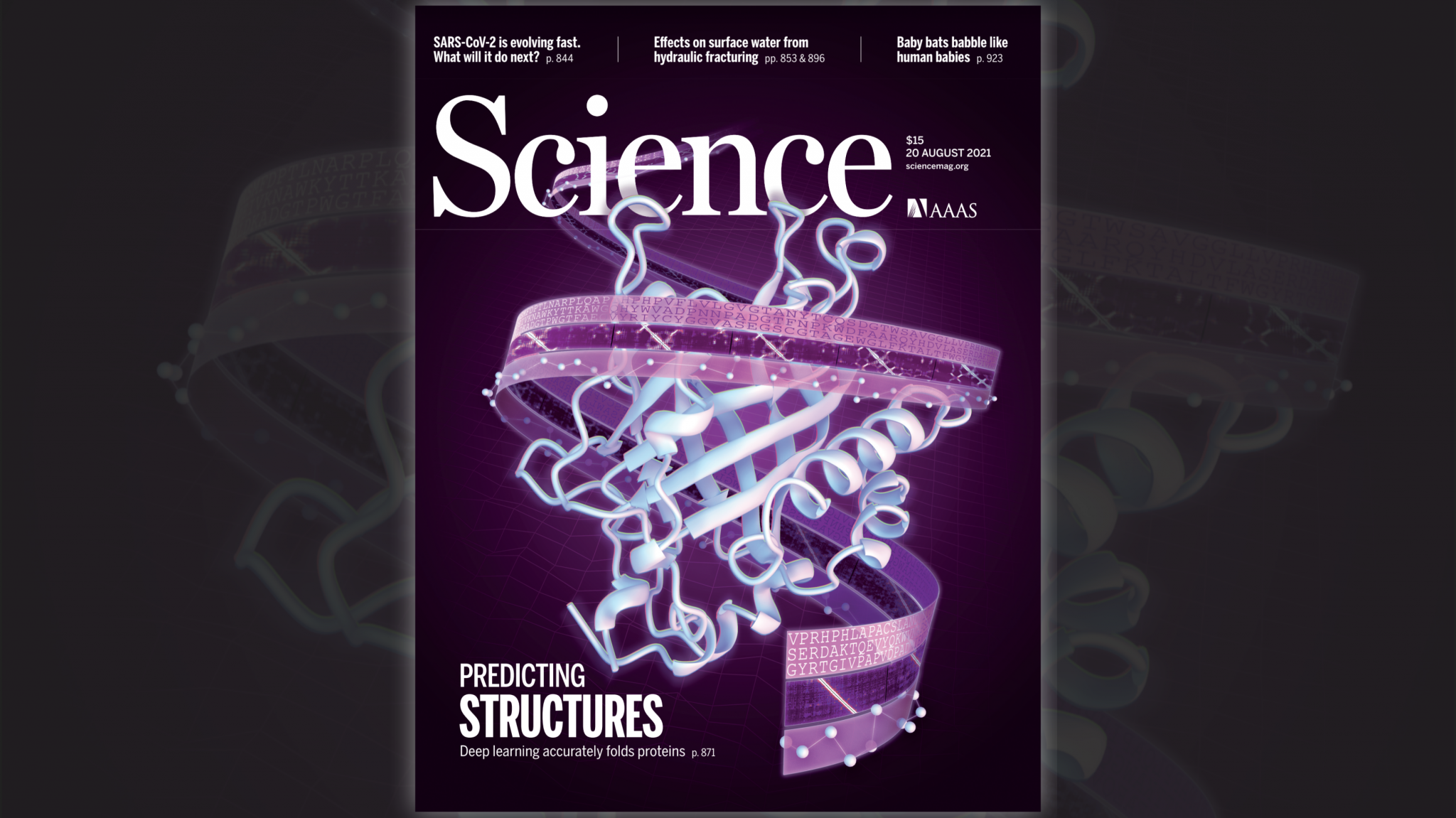
RoseTTAFold: Accurate protein structure prediction accessible to all
Today we report the development and initial applications of RoseTTAFold, a software tool that uses deep learning to quickly and accurately predict protein structures based on limited information. Without the aid of such software, it can take years of laboratory work to determine the structure of just one protein. With RoseTTAFold, a protein structure can be…
-

Annual Report 2021
From our deep-learning research to our new clinical trials, we are pleased to present this overview of the progress made at the Institute for Protein Design during the past year. 2021 Annual Report
-

Dr. Roy awarded WRF translational funding
Washington Research Foundation (WRF) has awarded a $250,000 phase 2 technology commercialization grant to Anindya Roy, Ph.D., to further develop a novel miniprotein binder for the treatment of idiopathic pulmonary fibrosis (IPF). Roy, an acting instructor in David Baker’s lab at the University of Washington’s Institute for Protein Design (IPD), is building on positive results…
-
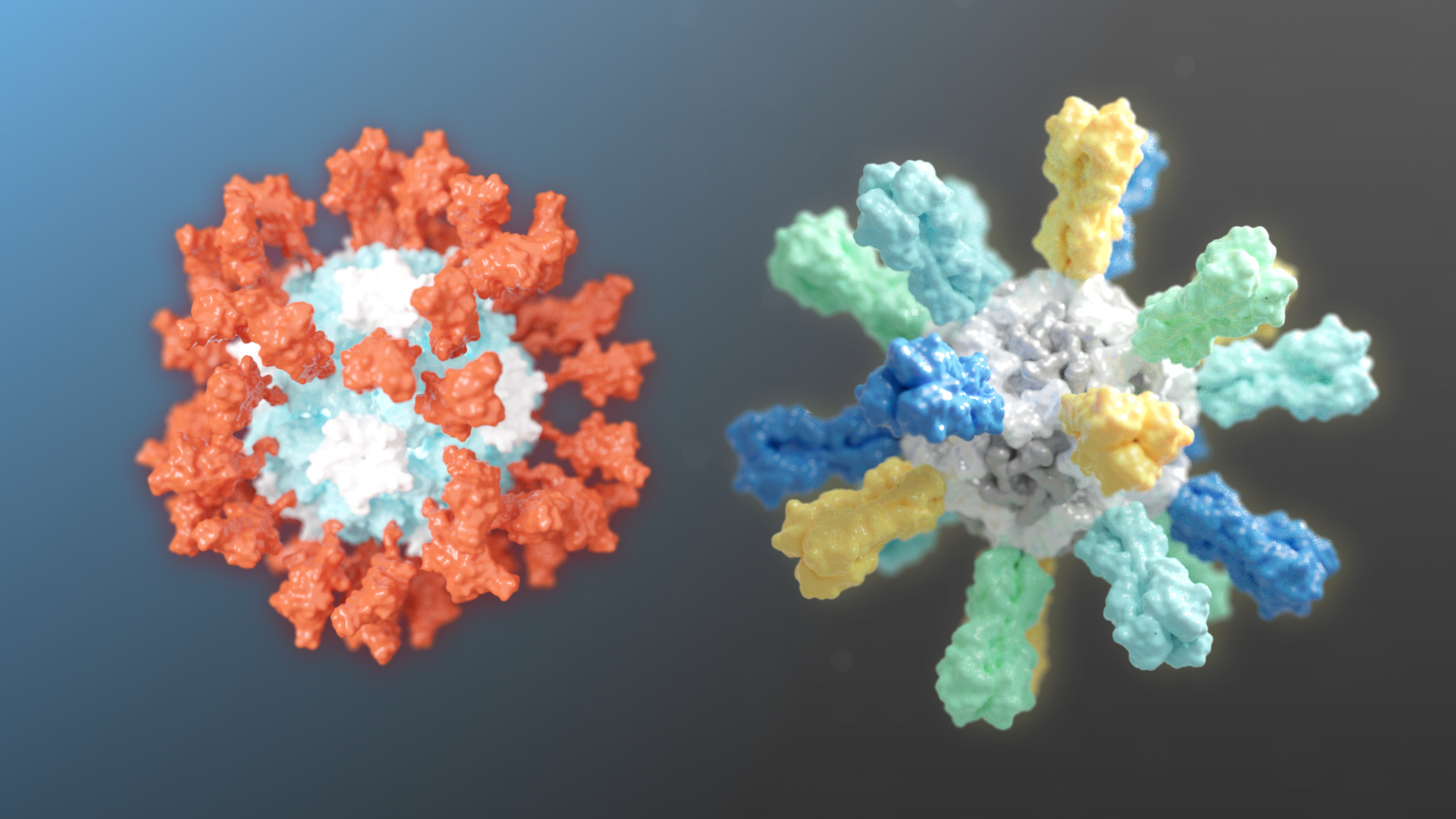
Two nanoparticle vaccines enter clinical trials
Two different candidate vaccines developed by researchers at the Institute for Protein Design recently entered human clinical trials. GBP510, a candidate COVID-19 vaccine, is undergoing a combined Phase 1/2 trial. Flu-Mos-v1, a candidate mosaic influenza vaccine, is undergoing Phase 1 testing. Candidate COVID-19 vaccine Our SARS-CoV-2 vaccine candidate was created with structure-based vaccine design techniques…
-
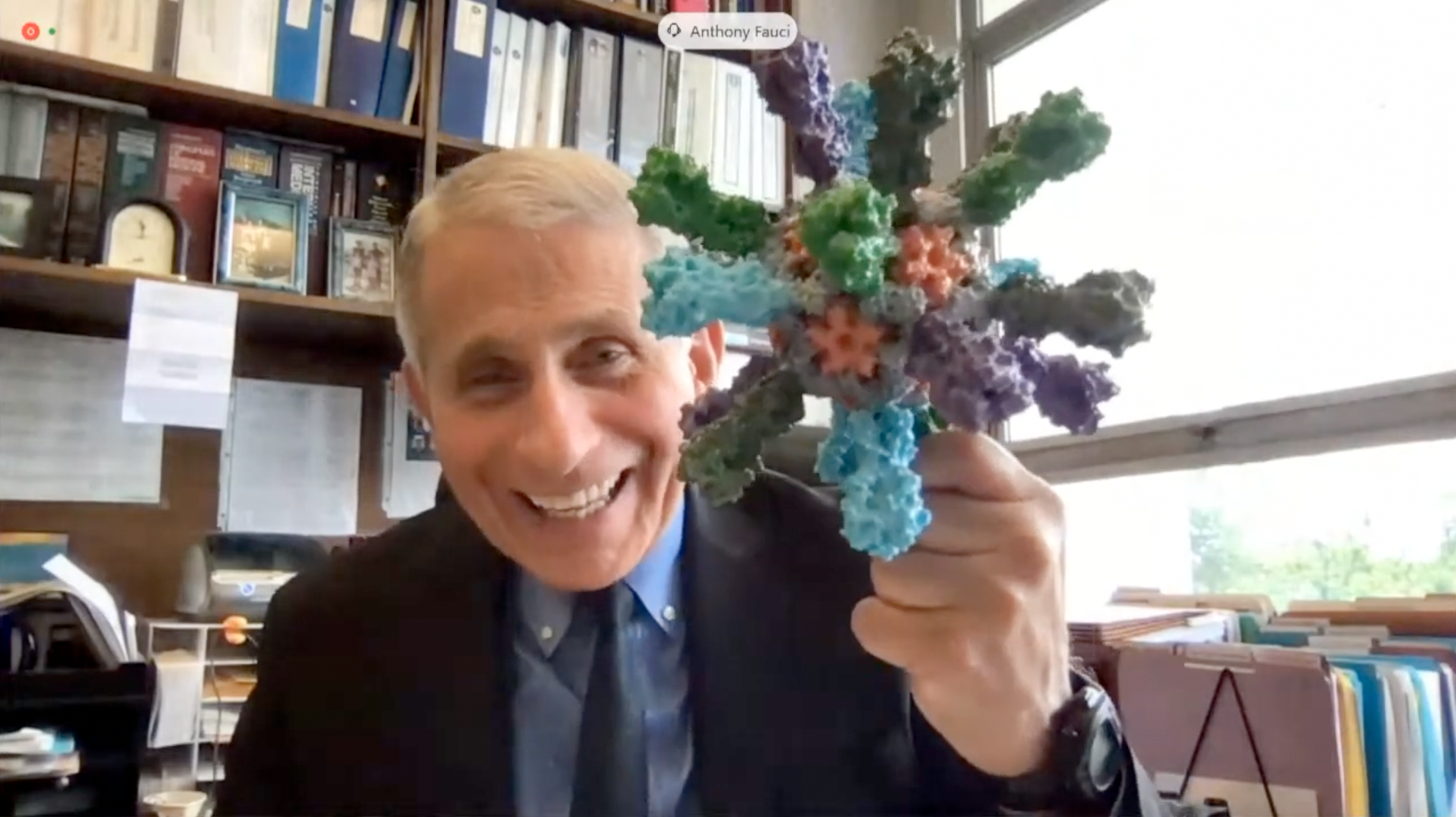
Nanoparticle flu shot blocks seasonal and pandemic strains
IPD researchers together with collaborators at the National Institutes of Health have developed experimental flu shots that protect animals from a wide variety of seasonal and pandemic influenza strains. The lead vaccine candidate has entered human clinical testing at the NIH. If it proves safe and effective, these next-generation influenza vaccines may replace current seasonal…
-

George Ueda and James Lazarovits awarded WRF translational funding
The Washington Entrepreneurial Research Evaluation and Commercialization Hub (WE-REACH) has announced investments in three new awards, including one to researches at the Institute for Protein Design, to expedite early-stage product development for promising biomedical innovations. The three awards are intended to reduce skin injury from wound dressing, to treat COVID-19 induced viral sepsis, and to…
-

Companion proteins enhance antibody potency
This week we report the design of new proteins that cluster antibodies into dense particles, rendering them more effective. In laboratory testing, such clustered antibodies neutralize COVID-19 pseudovirus, enhance cell signaling, and promote the growth of T cells more effectively than do free antibodies. This new method for enhancing antibody potency may eventually be used…
-
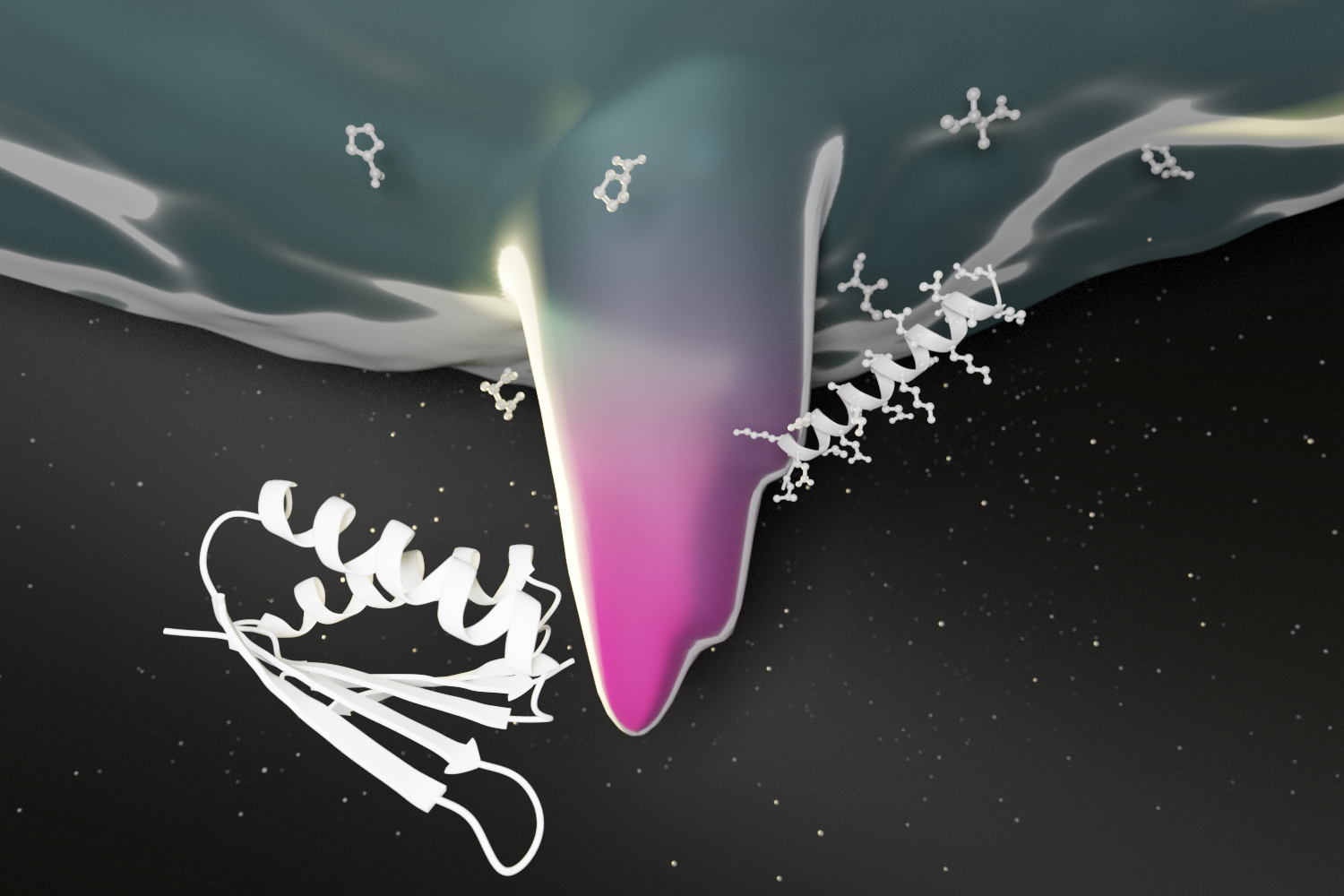
A deep learning approach to protein design
Scientists at the IPD and Ovchinnikov lab at Harvard have applied deep learning to the challenge of protein design, yielding a new way to quickly create protein sequences that fold up as desired. This breakthrough has broad implications for the development of protein-based medicines and vaccines. Computational protein design has primarily focused on finding amino…
-

trRosetta yields structures for every protein family
The field of protein structure prediction has greatly advanced in recent years thanks to increasingly accurate deep-learning methods. A new such method, called trRosetta developed at the Institute for Protein Design, has now made thousands of protein structures available via EMBL-EBI’s Pfam and InterPro data resource. More than 6300 protein structures have been predicted in this way and are…
-
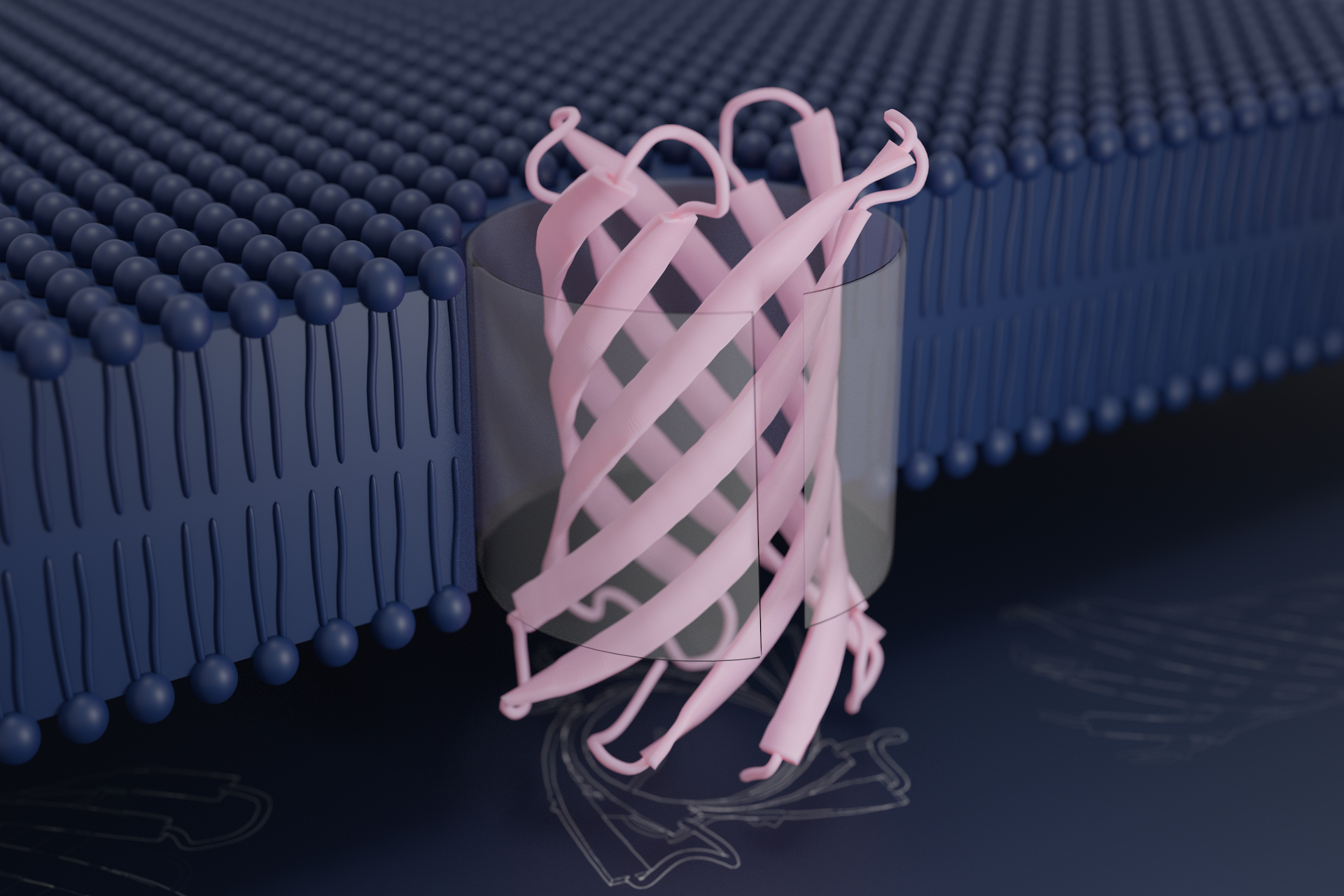
Design of transmembrane beta barrels
Biochemists have created barrel-shaped proteins that embed into lipid membranes, expanding the bioengineering toolkit. In a milestone for biomolecular design, a team of scientists has succeeded in creating new proteins that adopt one of the most complex folds known to molecular biology. These designer proteins were shown in the lab to spontaneously fold into their…
-
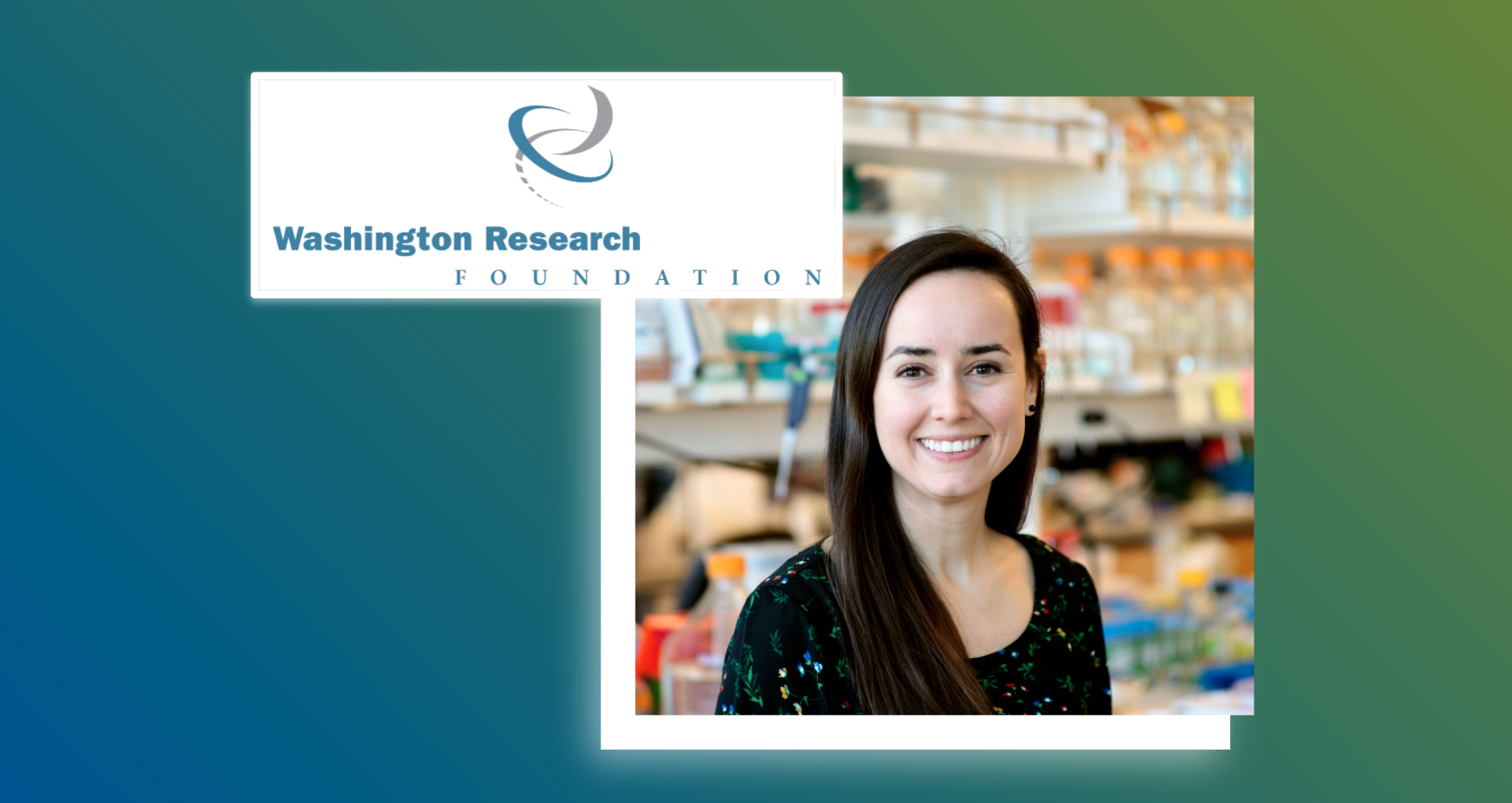
Dr. Berger awarded WRF translational funding
Washington Research Foundation (WRF) has provided a $250,000 grant to support work carried out by Stephanie Berger, Ph.D., on a new therapeutic for patients with inflammatory bowel disease (IBD). A grant of $50,500 from WRF in 2019 and an award from Washington Entrepreneurial Research Evaluation and Commercialization Hub (WE-REACH) in 2020 enabled Berger, a translational investigator at the…
-
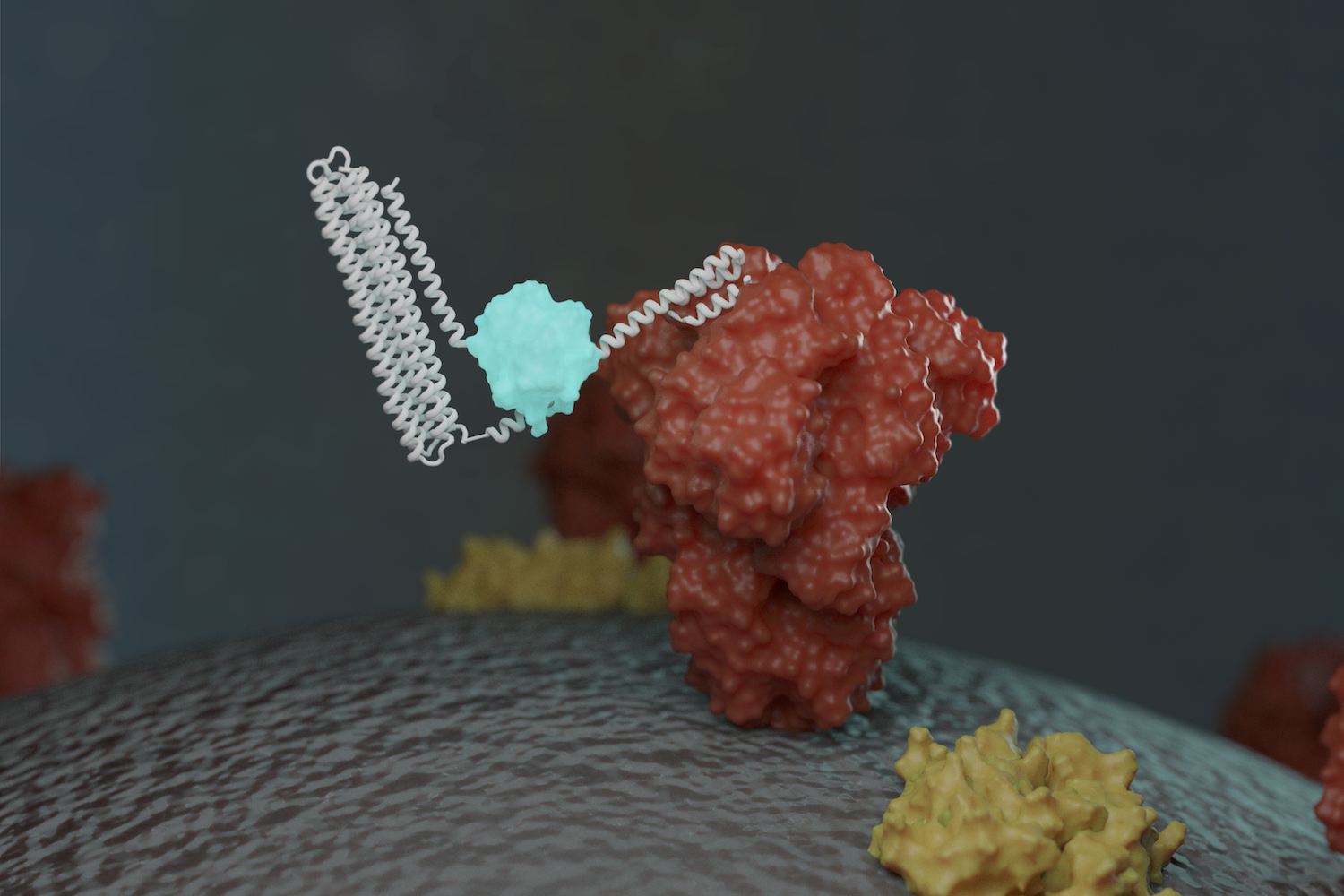
New sensors detect coronavirus proteins and antibodies
This week we report [PDF] a new way to detect the virus that causes COVID-19, as well as antibodies against it. Scientists at the Institute for Protein Design have created protein-based sensors that glow when mixed with components of the virus or specific antibodies. This breakthrough could enable faster and more widespread testing in the near…
-
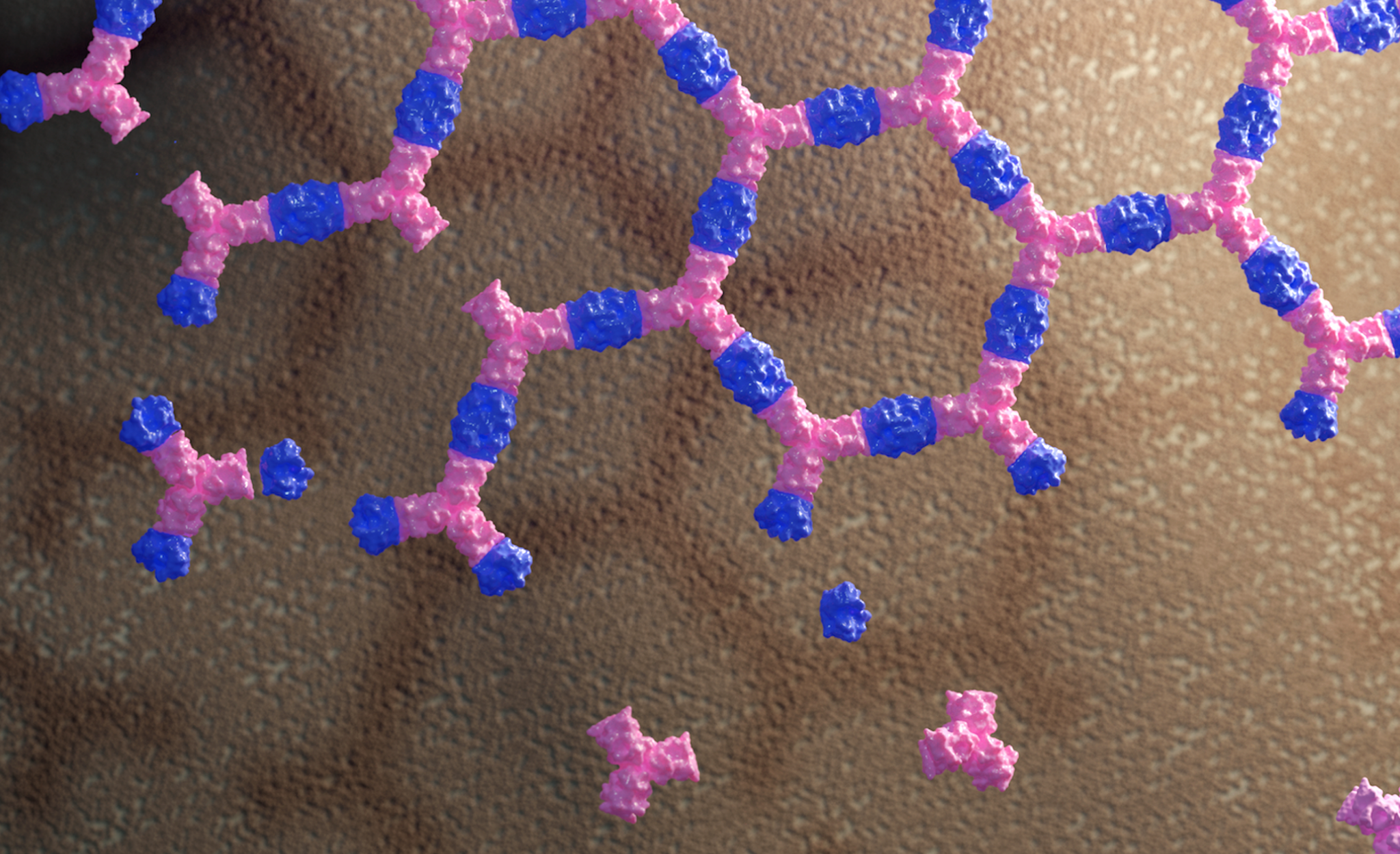
Protein patches boost cell signaling
Today we report the design of a new class of protein material that interacts with living cells without being absorbed by them. These large, flat arrays built from multiple protein parts can influence cell signaling by clustering and anchoring cell surface receptors. This breakthrough could have far-reaching implications for stem cell research and enable the…
-
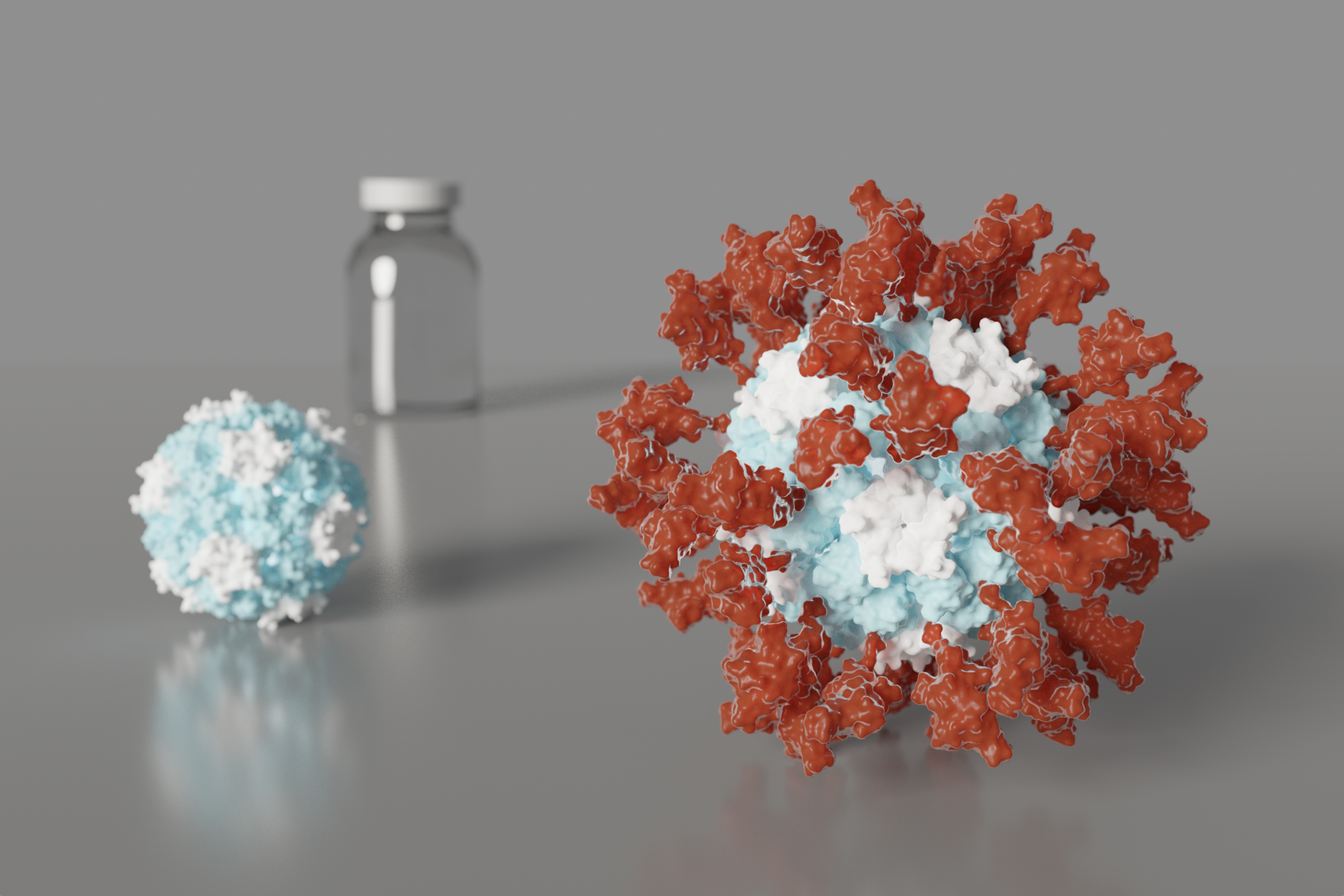
Design of an ultrapotent COVID-19 vaccine candidate
Today we report in Cell (PDF) the design and initial preclinical testing of an innovative nanoparticle vaccine candidate for the pandemic coronavirus. It produces virus-neutralizing antibodies in mice at levels ten-times greater than is seen in people who have recovered from COVID-19. Compared to vaccination with the soluble SARS-CoV-2 Spike protein, which is what many leading…
-
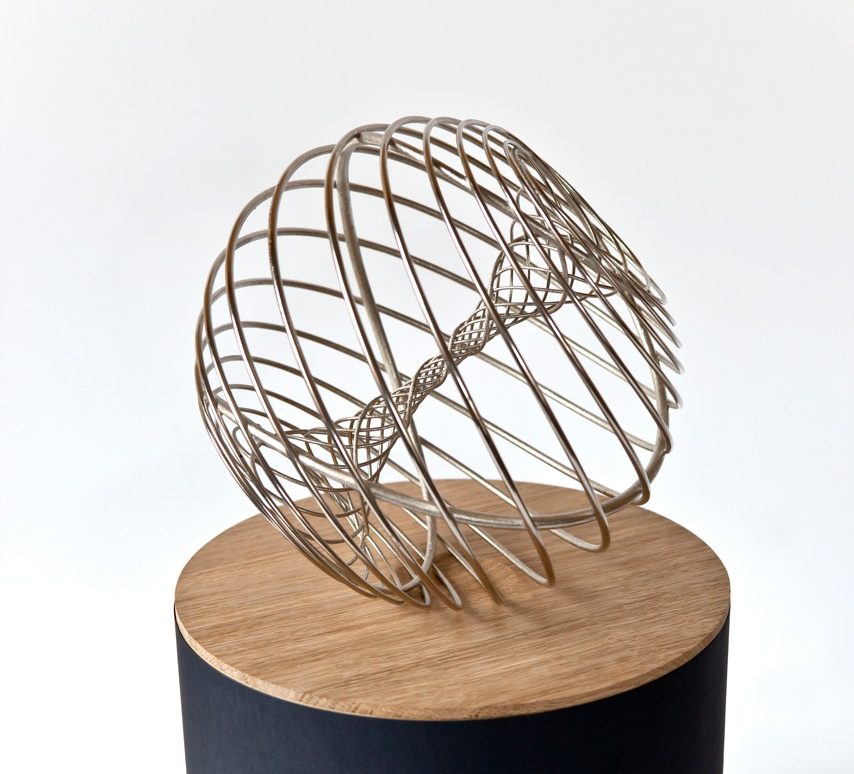
David Baker awarded 2021 Breakthrough Prize
The Breakthrough Prize Foundation today announced the winners of the 2021 Breakthrough Prize, recognizing an array of achievements in the Life Sciences, Fundamental Physics and Mathematics. The traditional gala award ceremony, attended by superstars of movies, music, sports and tech entrepreneurship, has been postponed until March 2021. David Baker, director of the Institute for Protein…
-
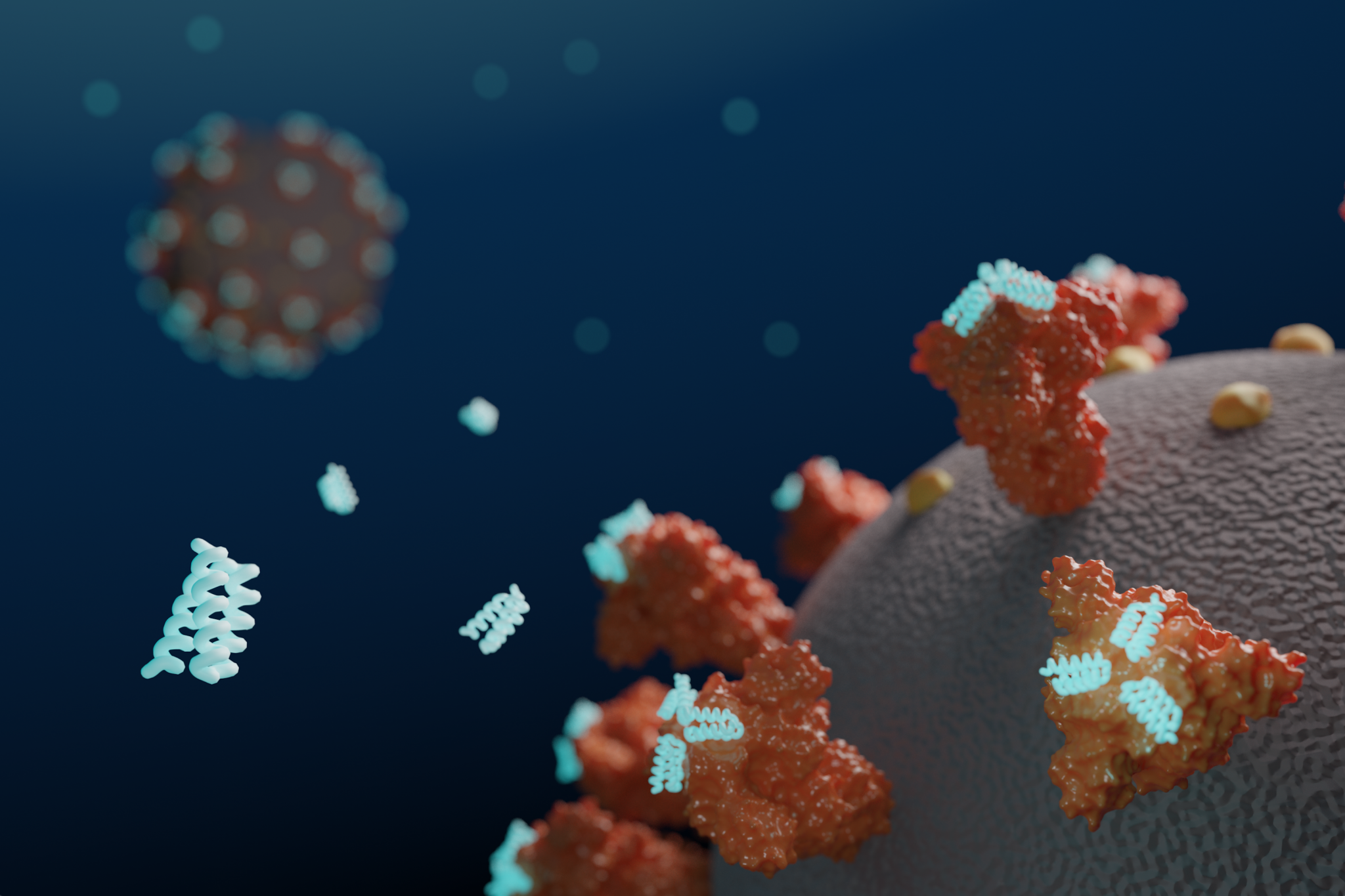
Antiviral proteins block coronavirus infection in the lab
Today we report in Science [PDF] the design of small proteins that protect cells from SARS-CoV-2, the virus that causes COVID-19. In experiments involving lab-grown human cells, the activity of the lead antiviral candidate produced (LCB1) was found to rival that of the best-known SARS-CoV-2 neutralizing antibodies. LCB1 is currently being evaluated in rodents. Coronaviruses…
-
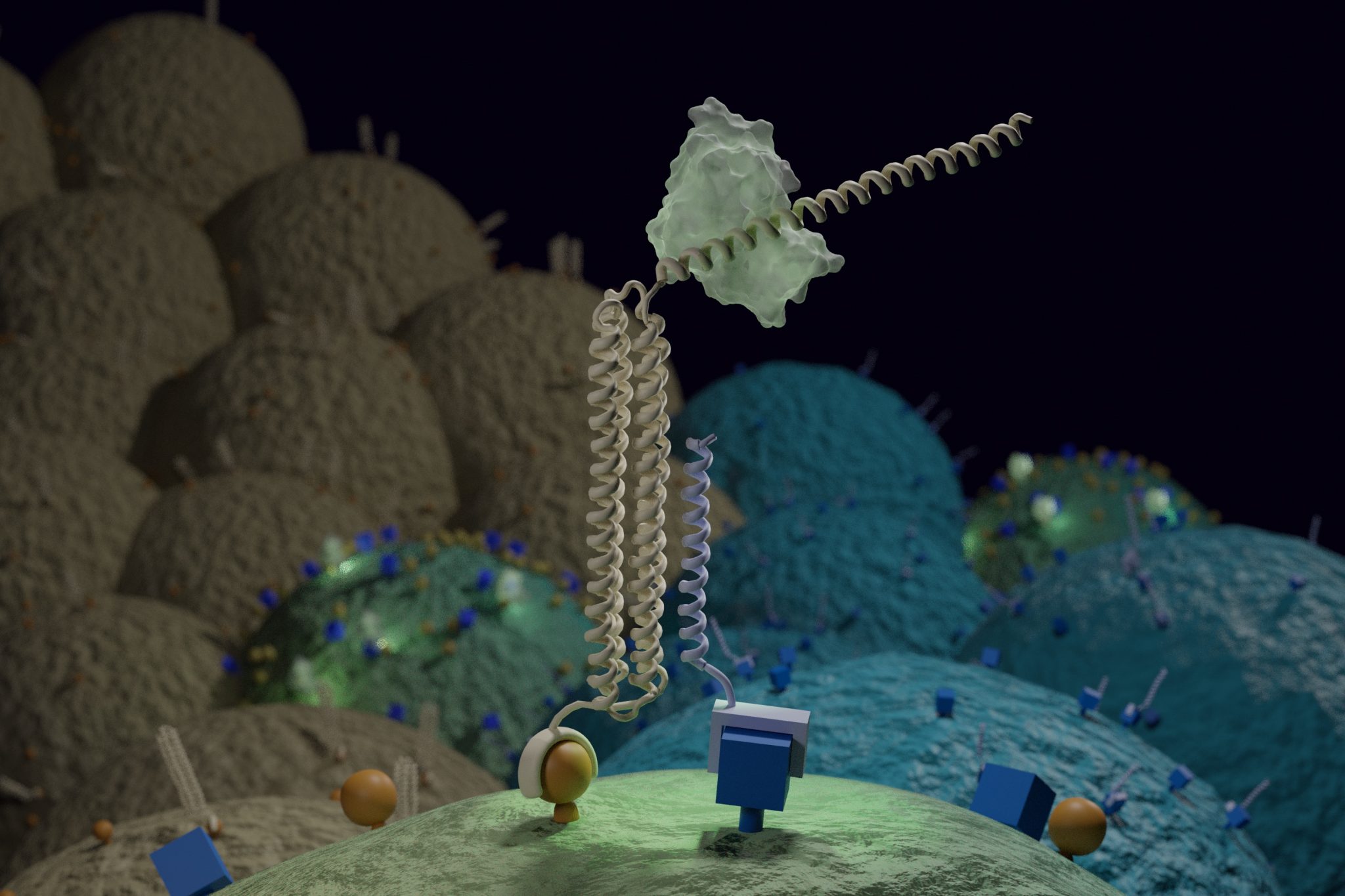
Introducing Co-LOCKR: designed protein logic for cell targeting
In a new paper [PDF] appearing in Science, a team of IPD researchers together with colleagues at UW Medicine and Fred Hutchinson Cancer Research Center demonstrate a new way to precisely target cells — including those that look almost exactly like their neighbors. They designed nanoscale devices made of synthetic proteins that target a therapeutic agent only to cells with…
-

Annual Report 2020
From our COVID-19 response to spinout highlights, we are pleased to present this overview of the progress made at the Institute for Protein Design during the past year. Annual Report 2020
-

De novo nanoparticles as vaccine scaffolds
IPD researchers have developed a new vaccine design strategy that could confer improved immunity against certain viruses, including those that cause AIDS, the flu, and COVID-19. Using this technique, viral antigens are attached to the surface of self-assembling, de novo designed protein nanoparticles. This enables an unprecedented level of control over the molecular configuration of the resulting…
-
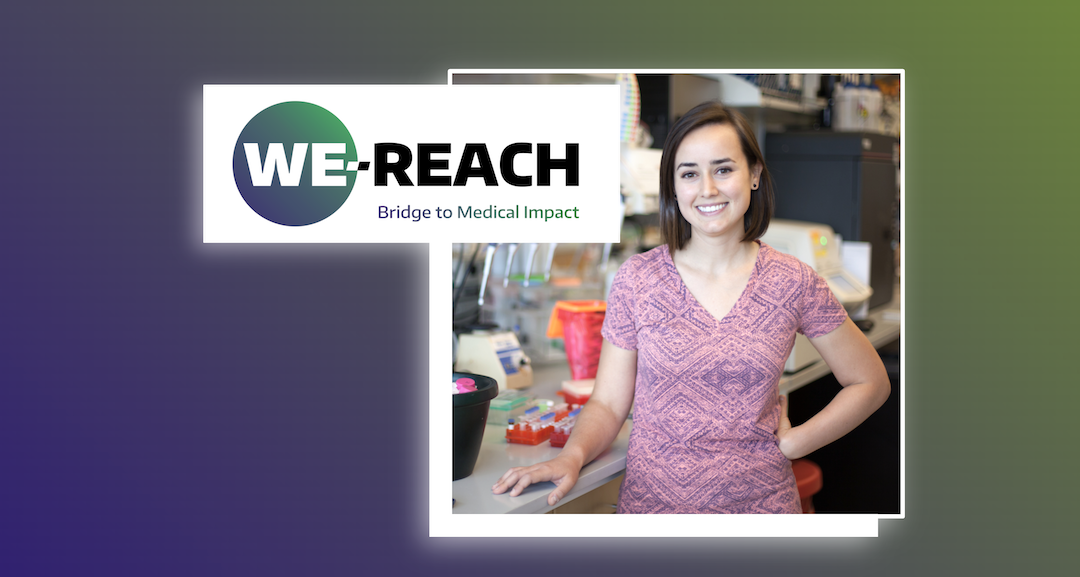
Dr. Berger selected for WE-REACH funding
The Washington Entrepreneurial Research Evaluation and Commercialization Hub (WE-REACH) has announced its first awards to facilitate early-stage product development for two biomedical innovations. WE-REACH invests up to $200,000 per awarded project. Funding comes from the NIH with matching support from our partners at the Institute of Translational Health Sciences, CoMotion, the Institute for Protein…
-

Rosetta Commons Black Lives Matter Statement
Trigger warning: mentions acts of violence and racism We, as members of the Rosetta Commons, recognize the grief and frustration of many members of our community and reaffirm our commitment to the safety and dignity of Black lives. The past few months have been traumatic. The recent murders of George Floyd, Breonna Taylor, Tony McDade,…
-
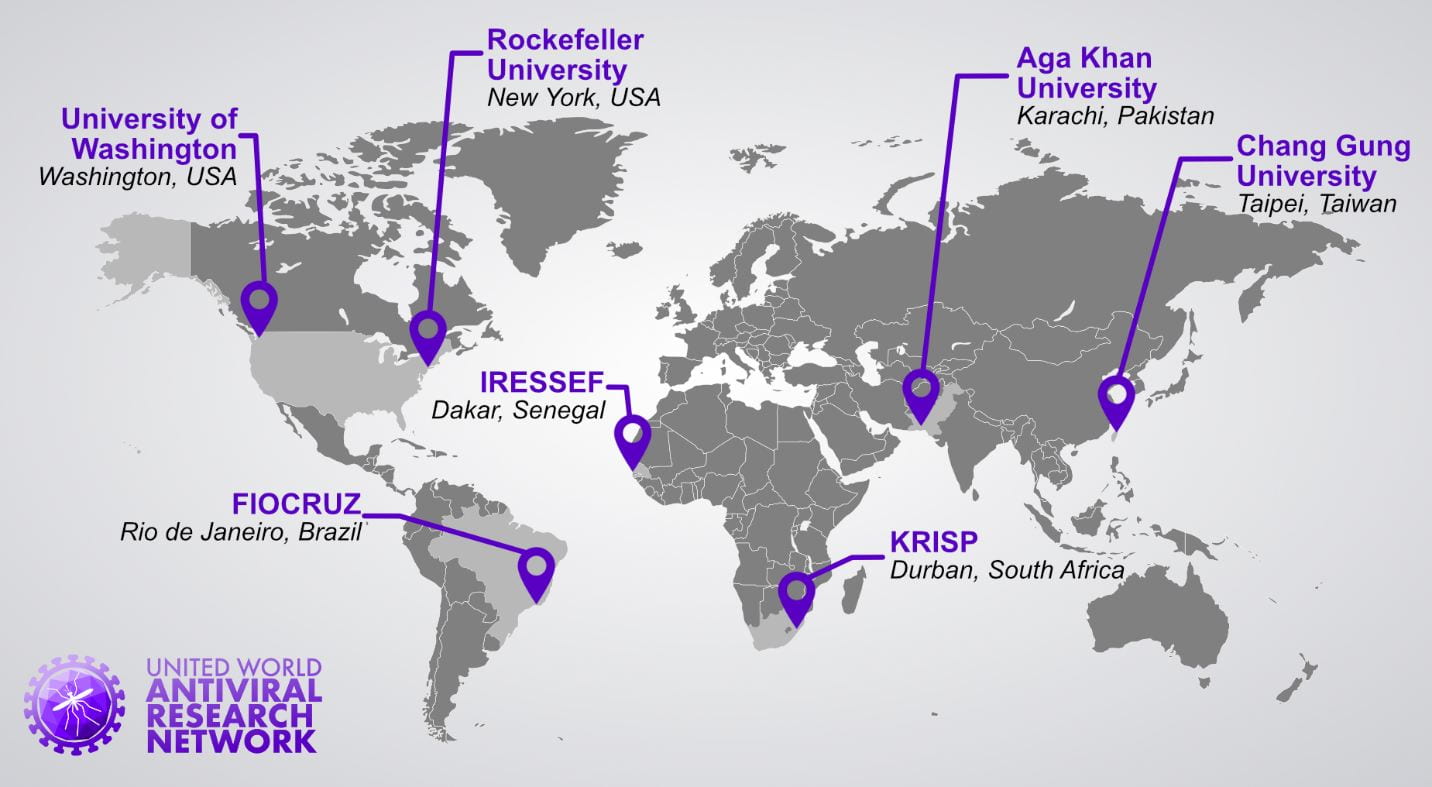
Introducing UWARN: The United World Antiviral Research Network
The newly formed United World Antiviral Research Network (UWARN) will bring together researchers from institutions in several countries to spot and confront emerging pandemic viruses. The network will provide surveillance for emerging pandemic viruses, develop urgently needed diagnostics and therapeutics, and expand understanding of viral immune responses, which is key to vaccine development. The network will…
-
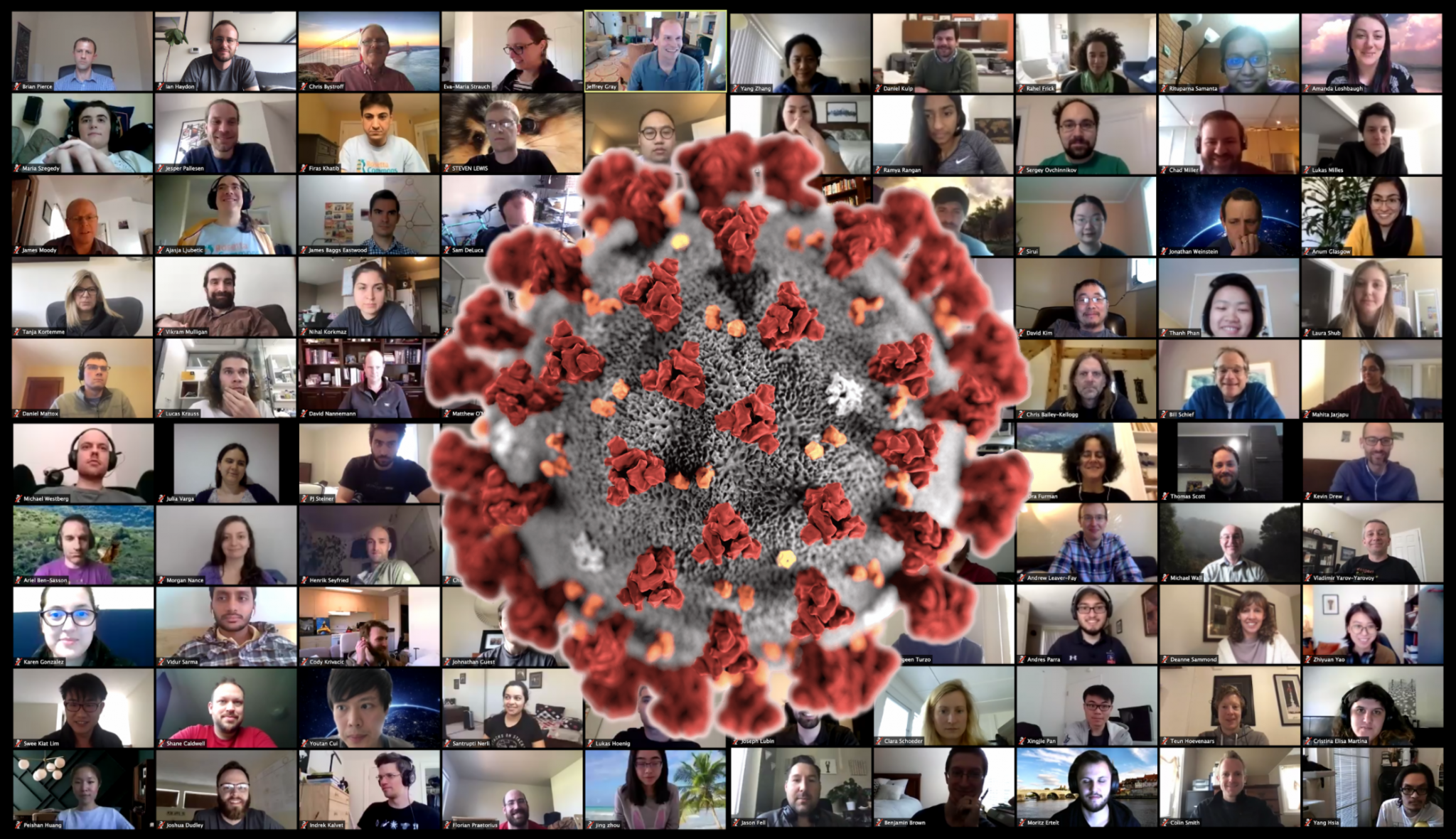
With an emergency meeting, RosettaCommons aims to accelerate COVID-19 research
On the day the number of confirmed global COVID-19 infections crossed one million, a team of over three hundred scientists from around the world kicked off a virtual conference aimed at stopping the virus. The event was an emergency meeting of member labs from the RosettaCommons, a consortium of over 90 laboratories who together develop…
-

5 questions about designing coronavirus vaccines from our Reddit AMA
Researchers from our vaccine design team recently participated in a Reddit ‘Ask Me Anything’ about our SARS-CoV-2 vaccine research. Reddit users asked over a hundred questions by the time the live event ended — we are sorry we could not address them all. We were lucky to be joined by Lexi Walls, a postdoctoral scholar…
